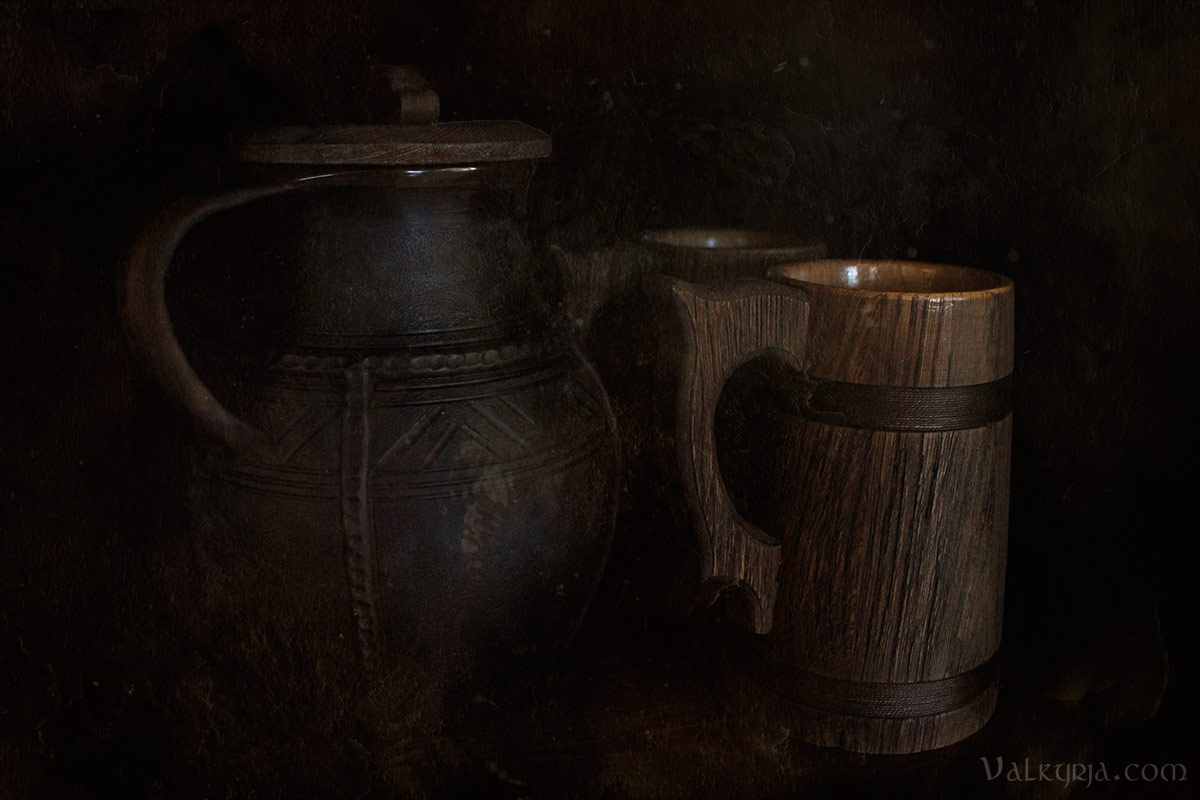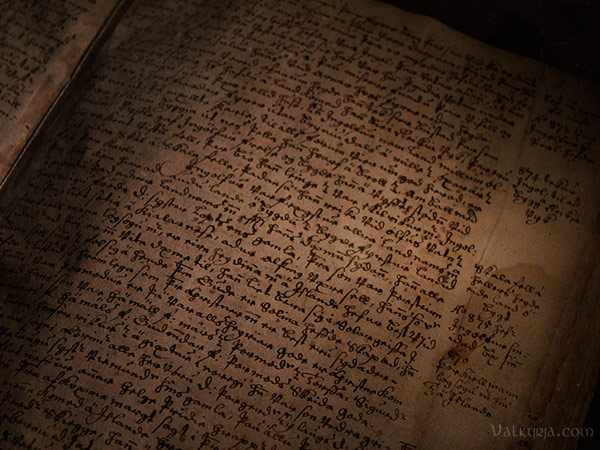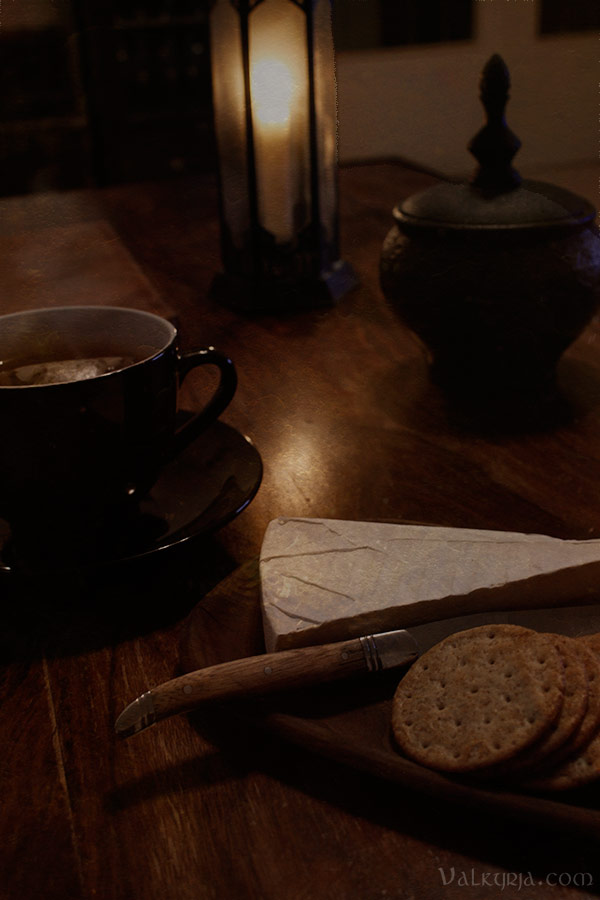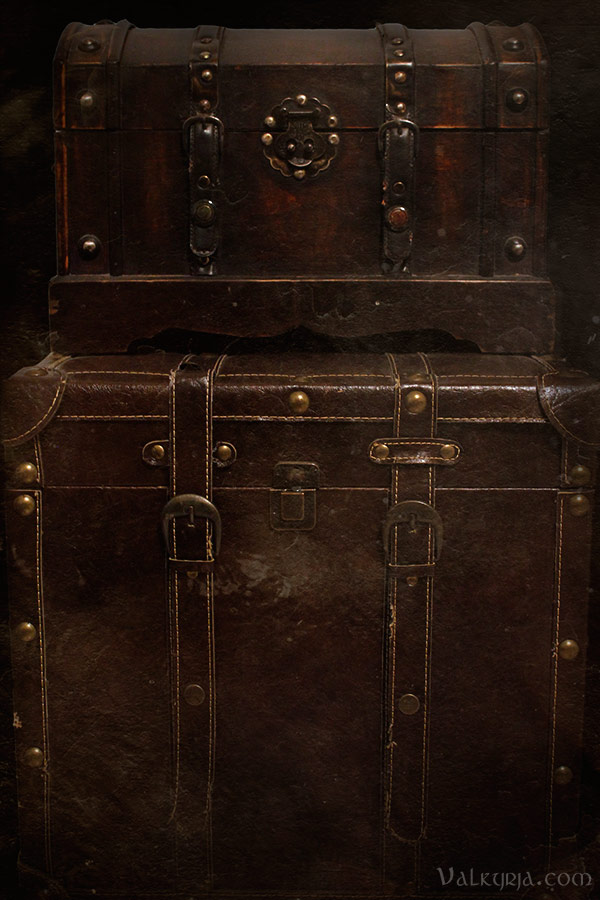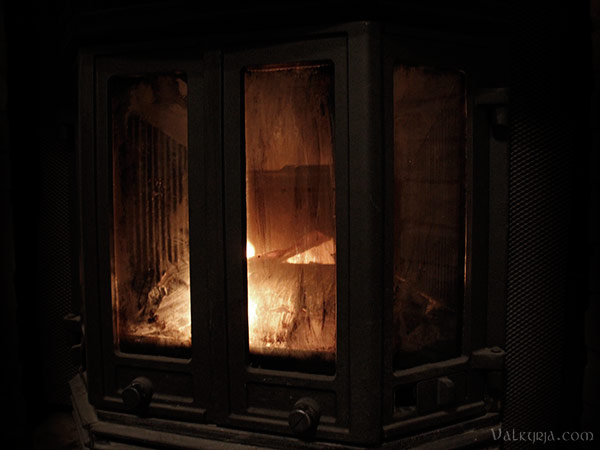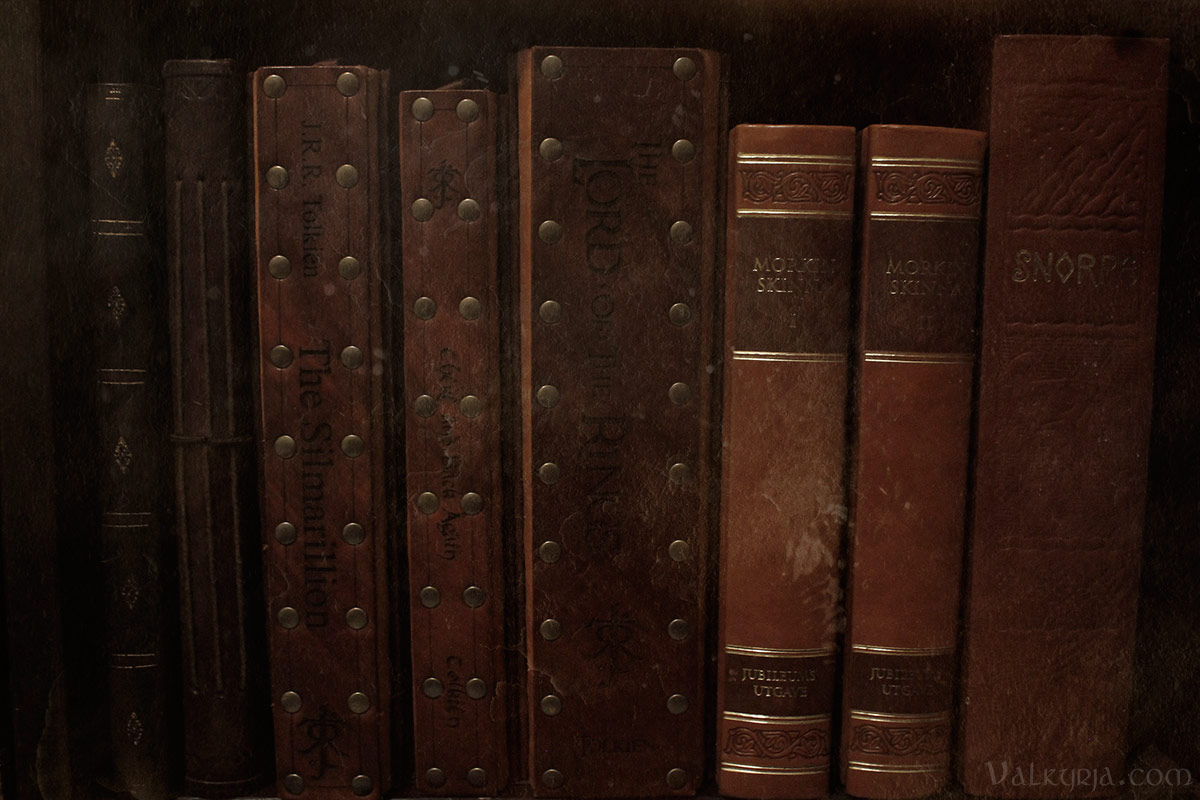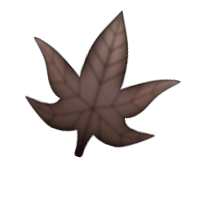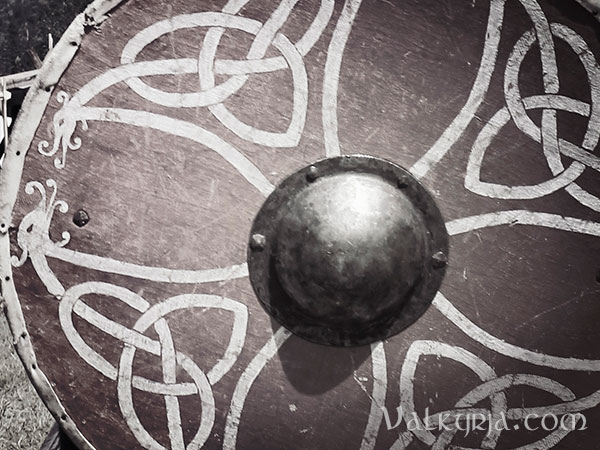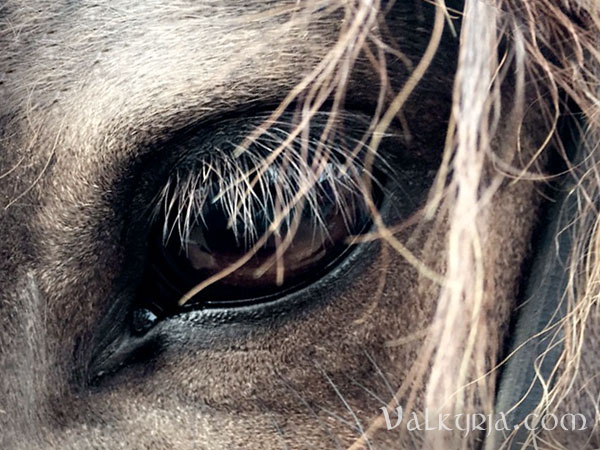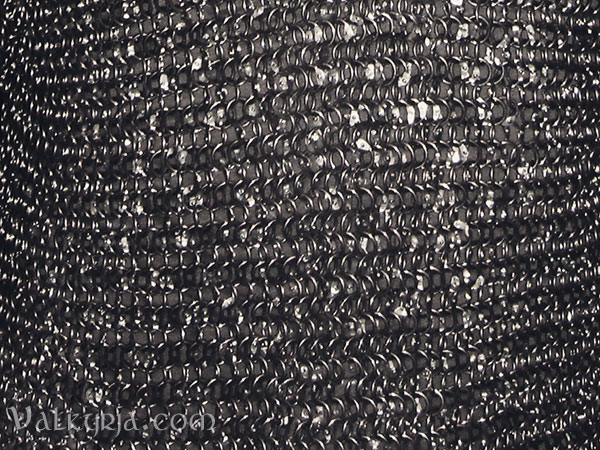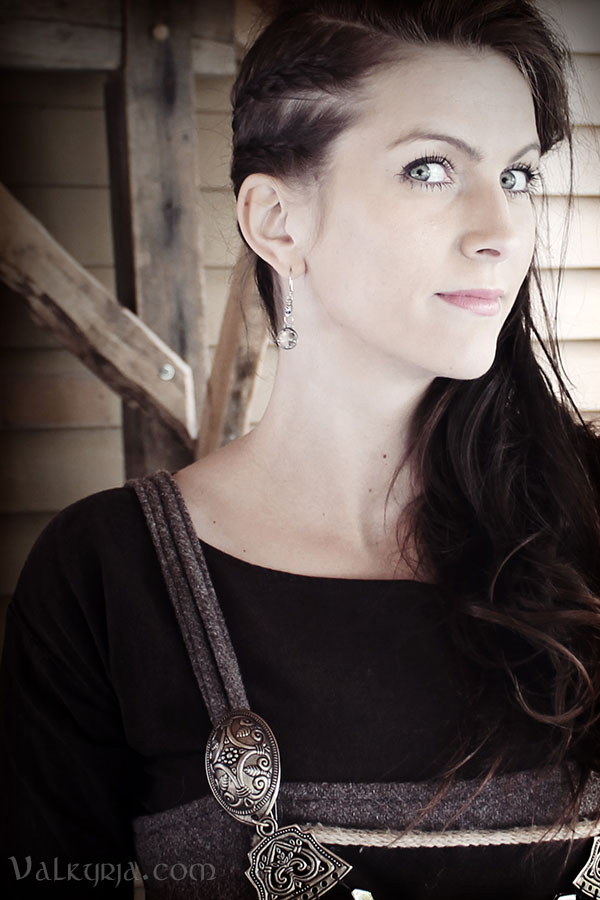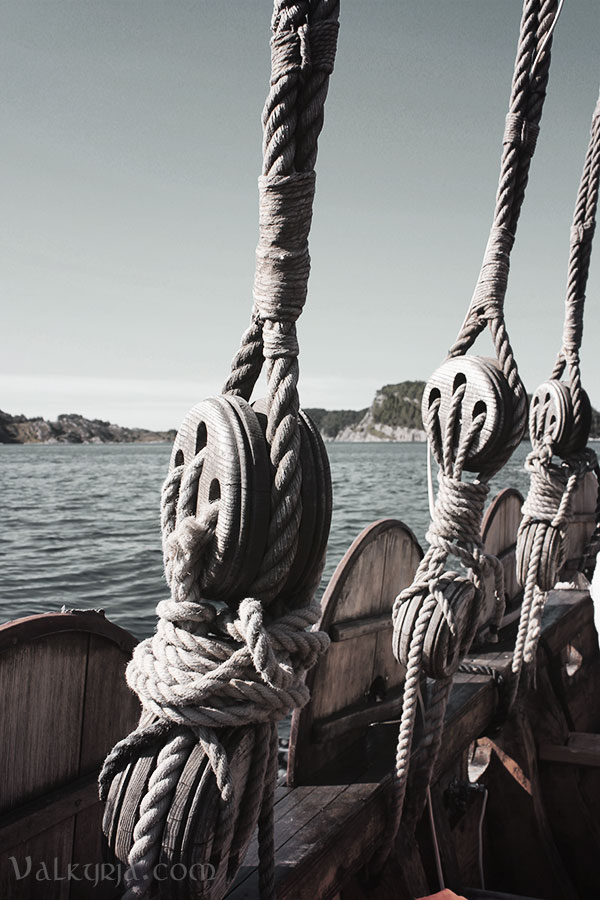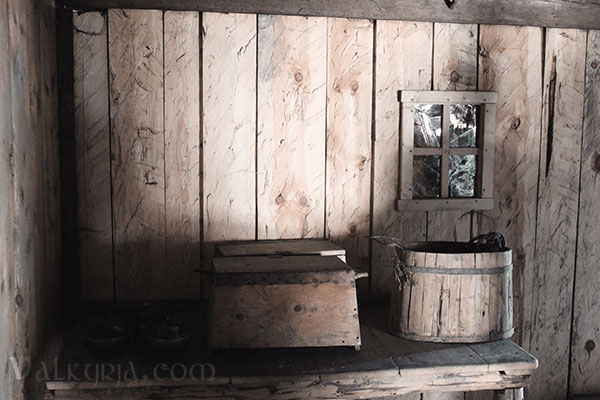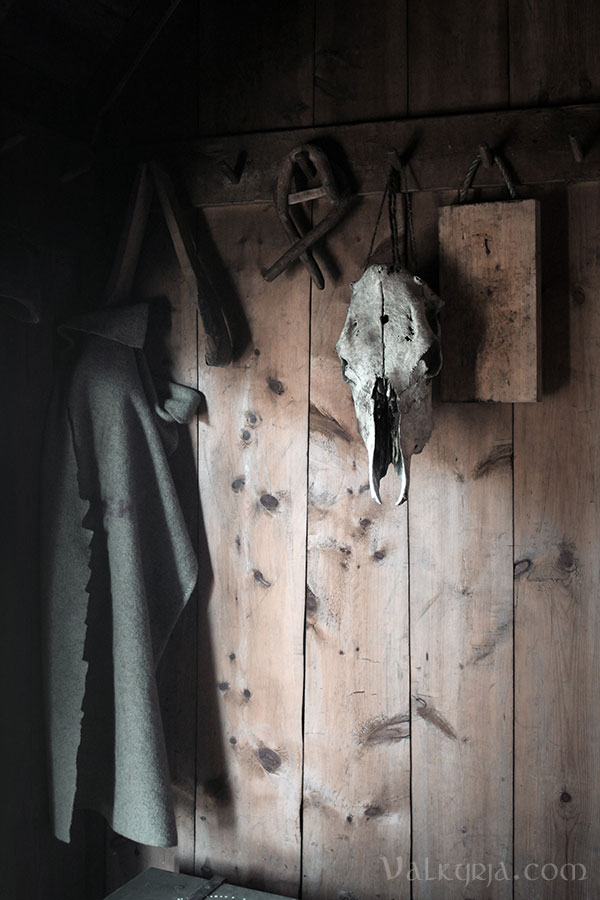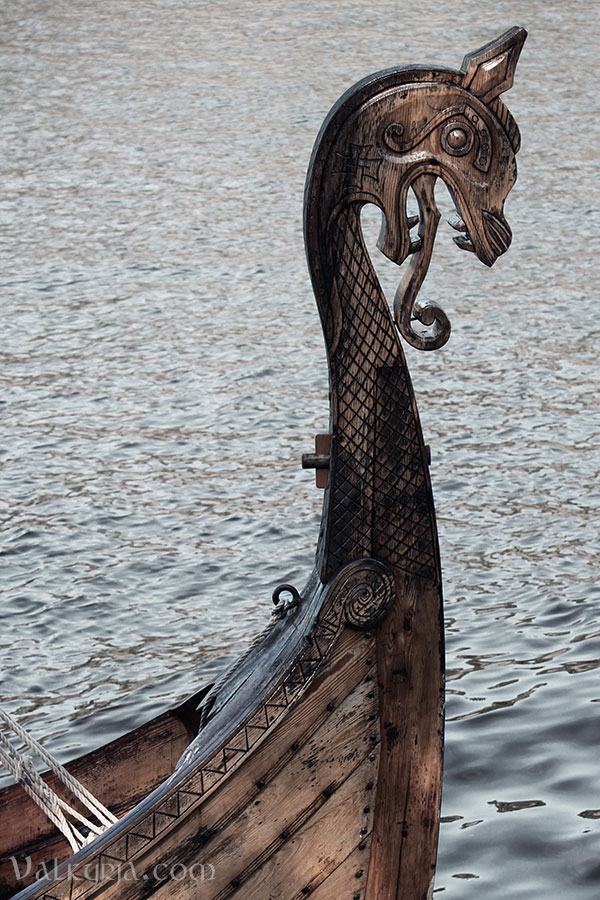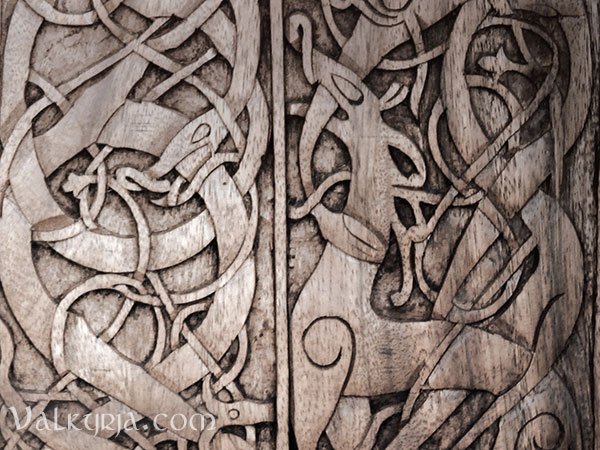|
|
||||||||||||||||||||||||||||||||||||||||||||||||||||||||||||||||||||||||||||||||||||||||||||||||||||||||||||||||||||||||||||||||||||||||||||||||||||||||||||||||||||||||||||||||||||||||||||||||||||||||||||||||||||||||||||||||||||||||||||||||||||||||||||||||||||||||||||||||||||||||||||||||||||||||||||||||||||||||||||||||||||||||||||||||||||
Apologies for the silence here lately. I want to let you know that the blog is by no means dead, it is alive and kicking (I'm just a bit preoccupied with work, leaving little time to hobbies lately)! However, Yule is now fast approaching, and I am looking forward to some time off. We have brought in and decorated our tree, and I just love the smell of fir in the house, along with the smell of cured meats and the fireplace... I have spent the past evenings making some home made presents, and I believe everything is ready now—time to relax :) 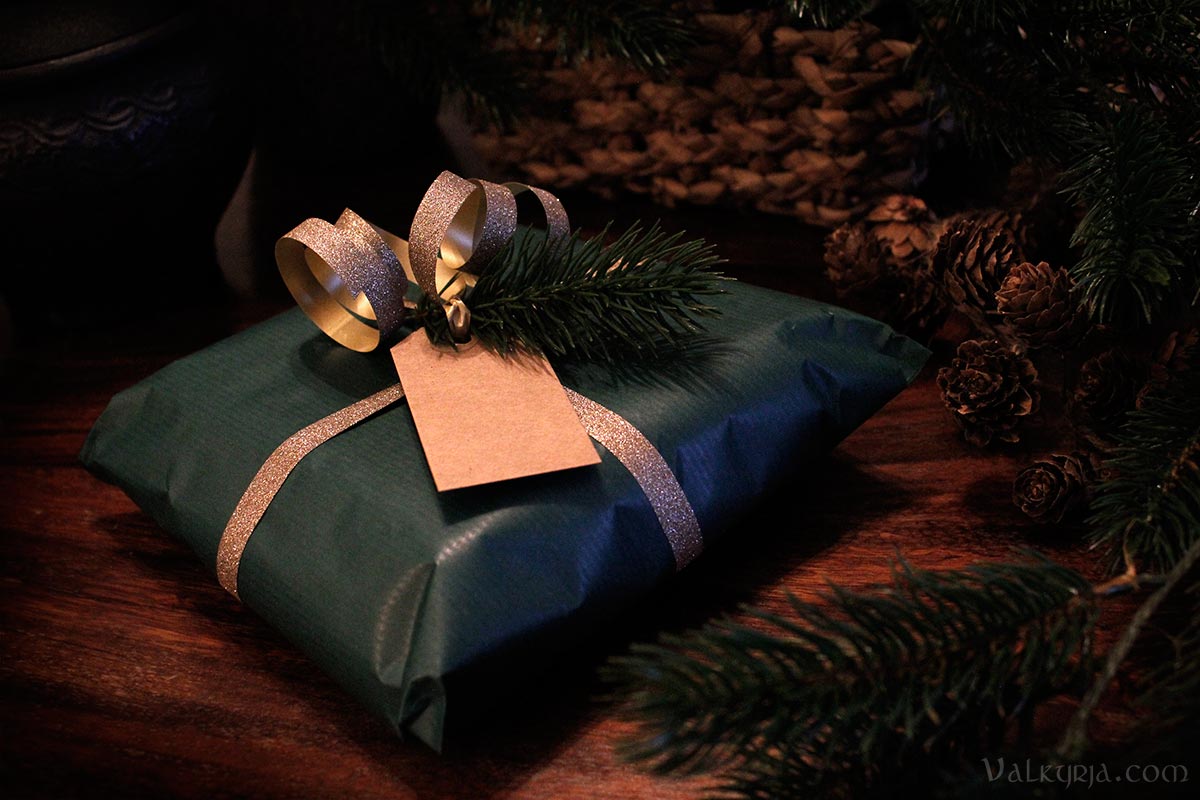
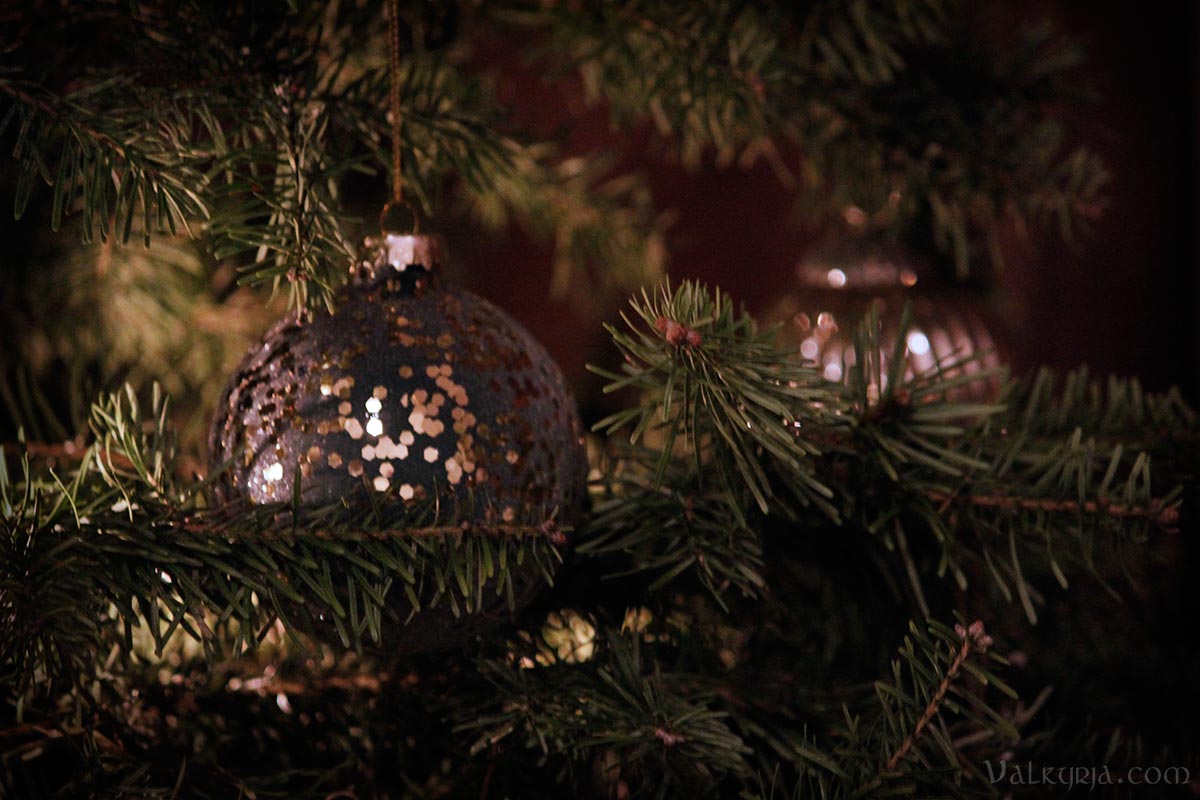
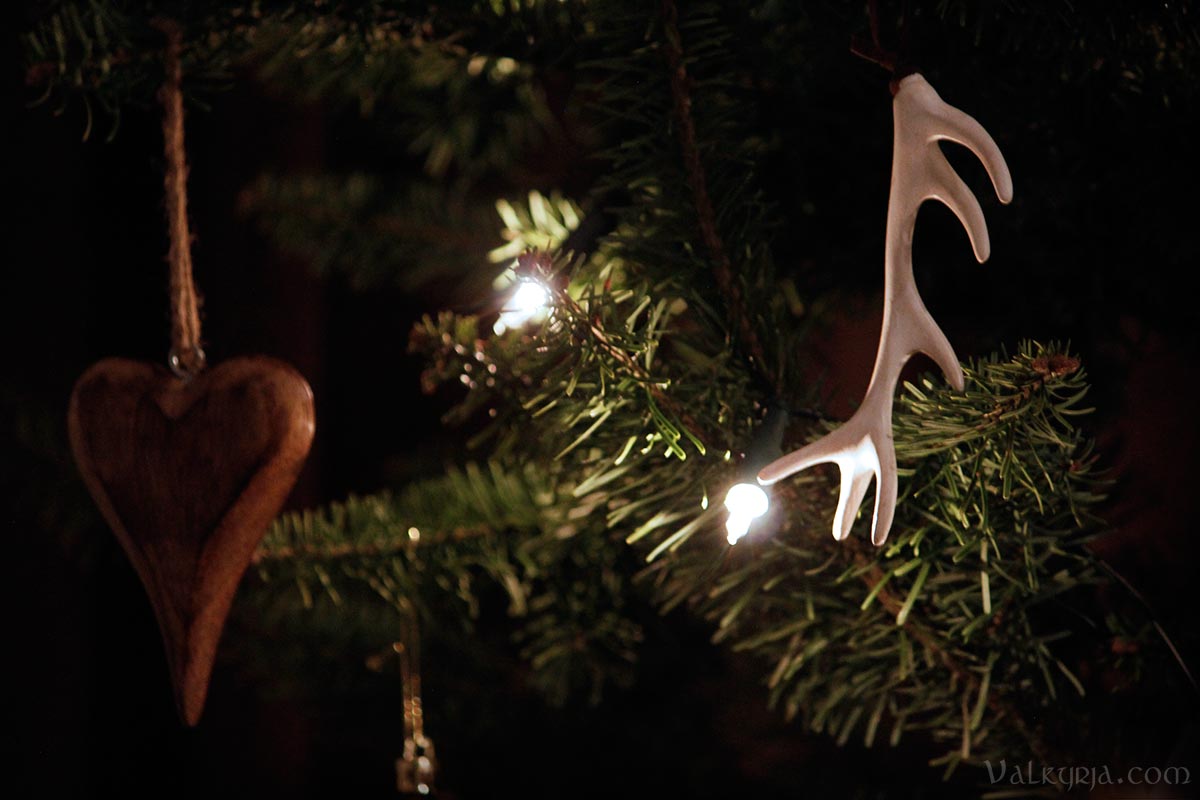
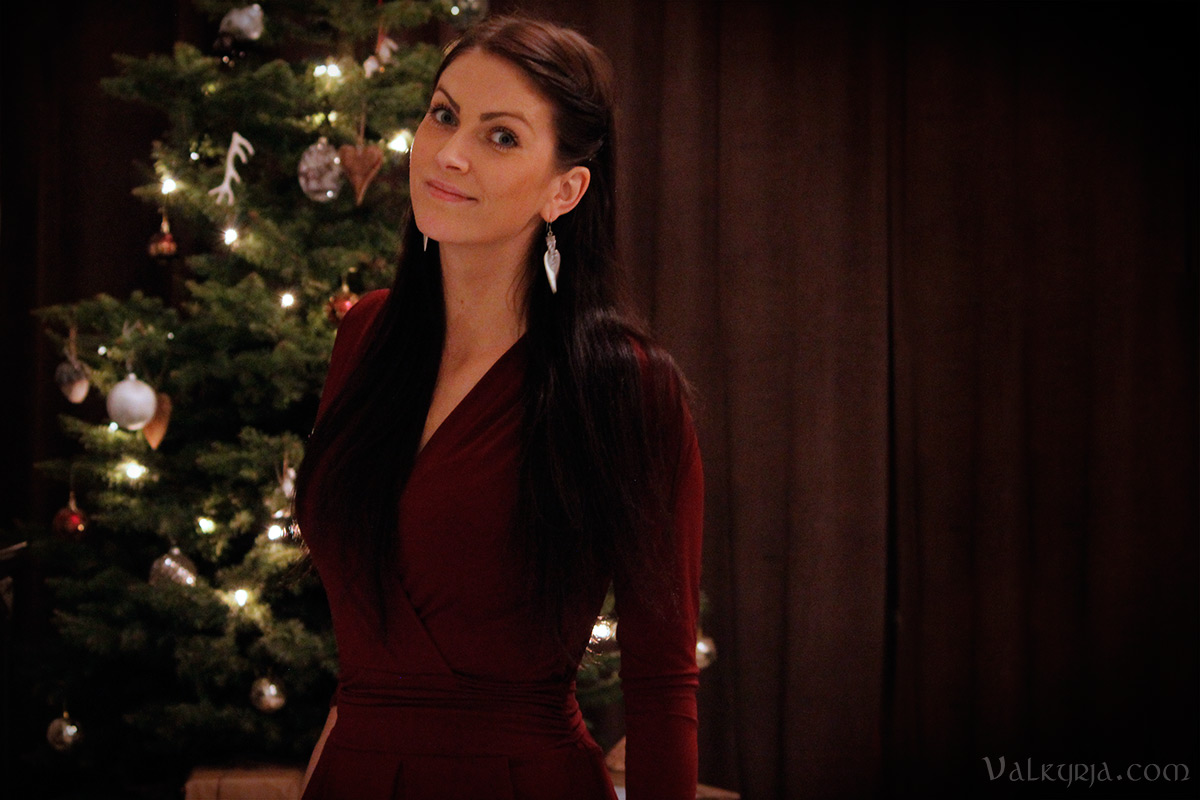
I will be celebrating at home with my family, after which Christian and I will be leaving for our friends' cabin where we will celebrate New Year's Eve. Although the cabin is in the woods and does not have running water or electricity (we will undoubtedly be needing a lot of firewood!), we have plans to make the traditional festive dinner of Western Norway which is "pinnekjøtt": cured and dried lamb served with root vegetables, beer and aquavit. I can feel my mouth watering at the thought! Come January, it will be time for the Norse Midwinter celebration, where we will meet up with the rest of Folkvangr for our annual Midwinter blót. 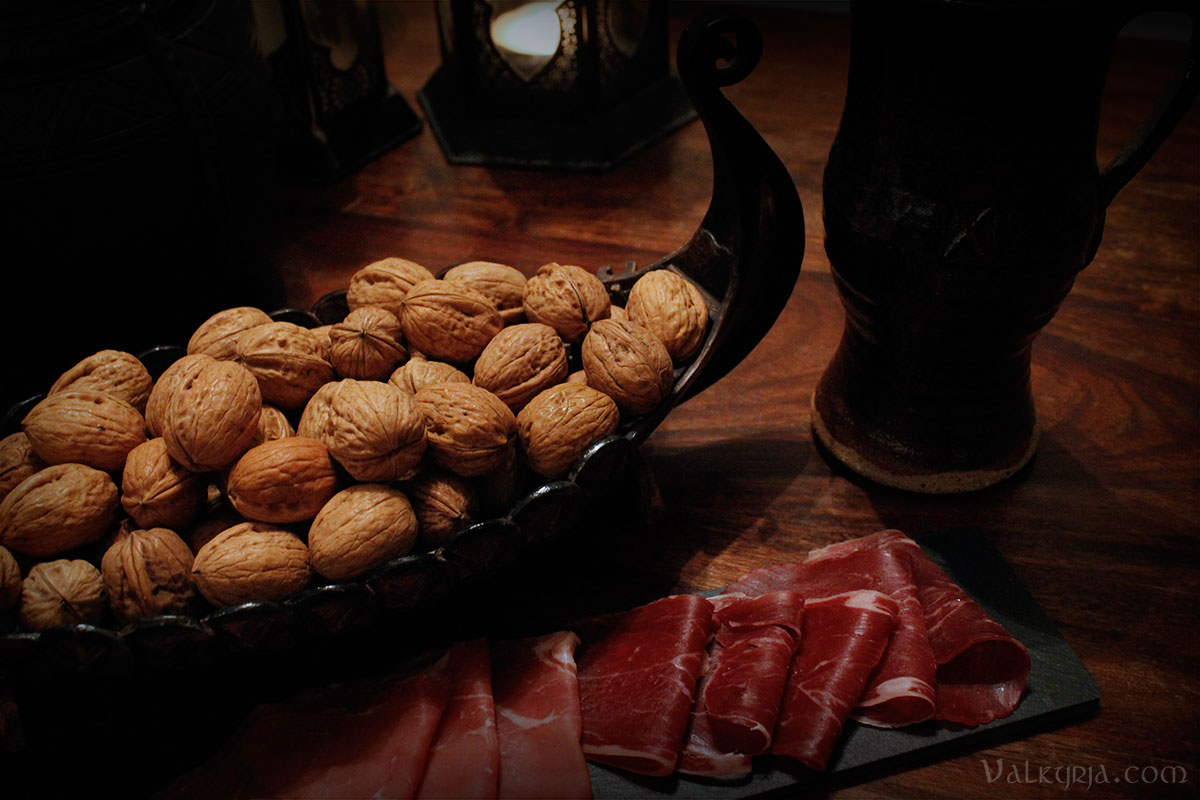
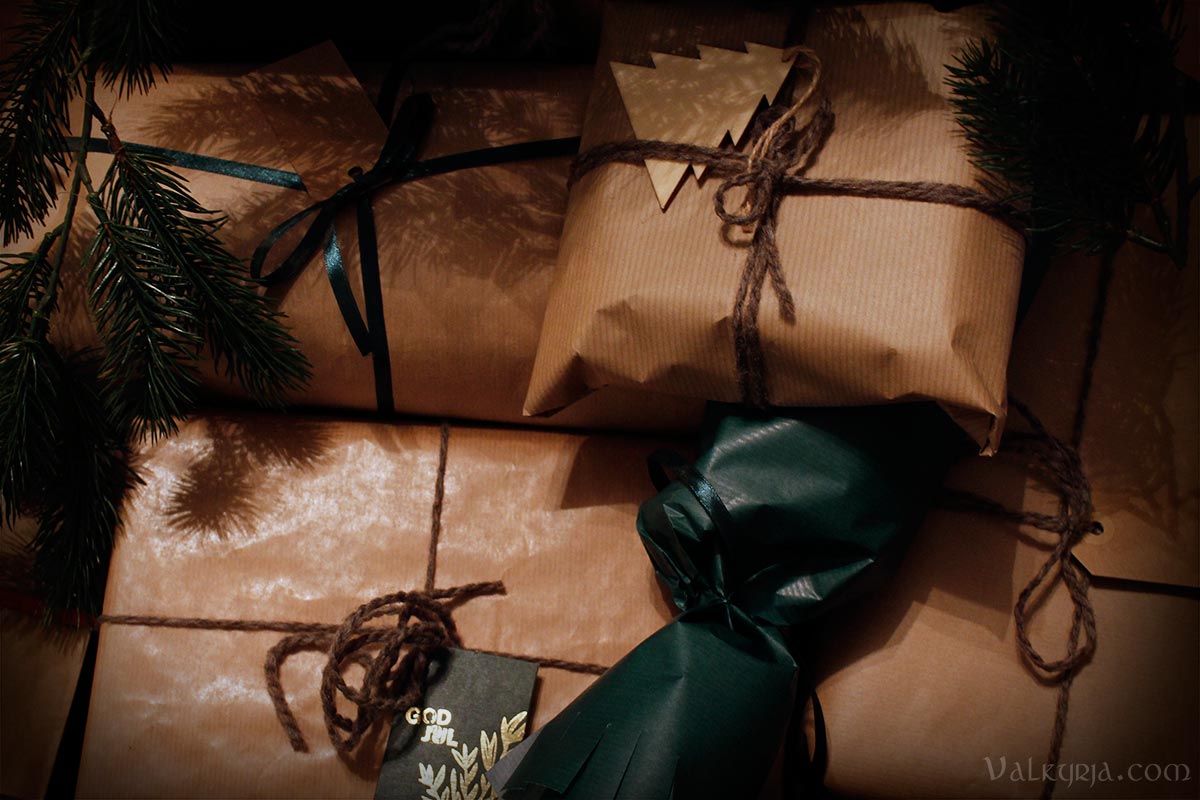
How are you spending the holidays this year—and what are the traditional festive dishes prepared where you live? Do you have any interesting traditions to tell of? As you may know, I am half Icelandic, and the Icelandic Yule traditions are amazingly peculiar and a tad creepy. Instead of St. Nicholas, we have the 13 Yule lads, or "jólasveinar", who come down from the mountains one by one to sneak around your house during the 13 days before Yule, each doing their own personal type of mischief (e.g. "Kertasníkir" who steals candles and "Hurðaskellir" who slams doors during the night, while "Giljagaur" sneaks into the farm and steals milk from the cows"). Their mother, the troll "Grýla" has a black Yule cat that eats naughty children or those who did not get a new piece of clothing for Yule. In more recent times the Yule lads have taken to being a bit merrier, bringing candy to children if they have been good. Children will put their best shoe in the windowsill during these 13 nights, to find sweets there in the mornings (I remember getting a potato in my shoe once, no clue why)... Music: Martine Lund Hoel - Myrull # Comments
Last weekend's creation was this "Heiðabý bag", based on findings of wooden handles found in Heiðabý (now known as Haithabu or Hedeby) which was one of the largest Norse towns and trading centers during the Viking Age. While the fabric fragments found during the excavations are no longer preserved, it is believed that they used to be bag handles, and similar findings were recently made in Birka (Sweden) as well :) The Haithabu area was Danish during the Viking Age, and is now a part of Western Germany. A few of my apron dresses are designed based on fabric fragments found in the same place, and I was inspired to make this bag as well, using wool leftover fabrics from previous sewing projects. The drawings below, by Florian Westphal, show the four different types of wooden handles found in Haithabu. I decided to go for the third one from the top, and asked a local craftsman to make two copies for me! 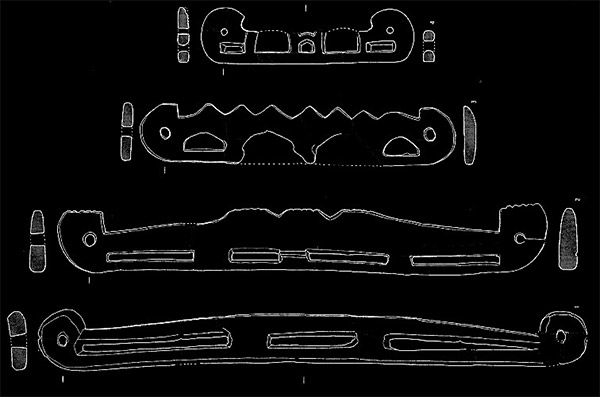
The handles are complete with the assymmetries of the original, but that the jagged parts on the top are made more rounded. They are waxed in order to prevent drying and cracking, as well as to get a bit of a darker shade. The original findings were in ash and maple and measured from 18.1 up to 49.6 cm in length, quite large, but I went for a length of 30 cm which I think is a more practical size for my use, and these are made in Norwegian birch. 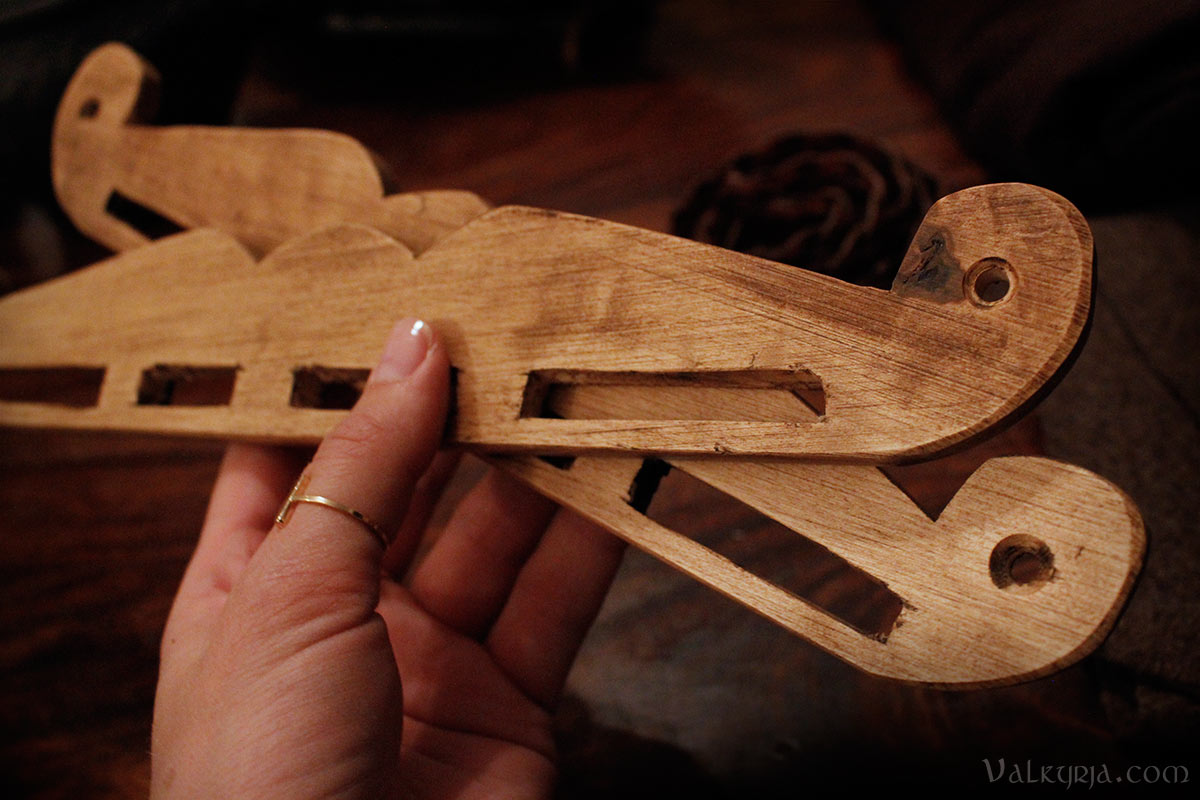
I used green diagnoal weave and grey herringbone weave wool on the outside, and lined the bag with brown linen on the inside. The leather strap used to be an old belt with a broken clasp, and the tablet woven band was custom made by Liljekonvall tablet weaving. ^^ 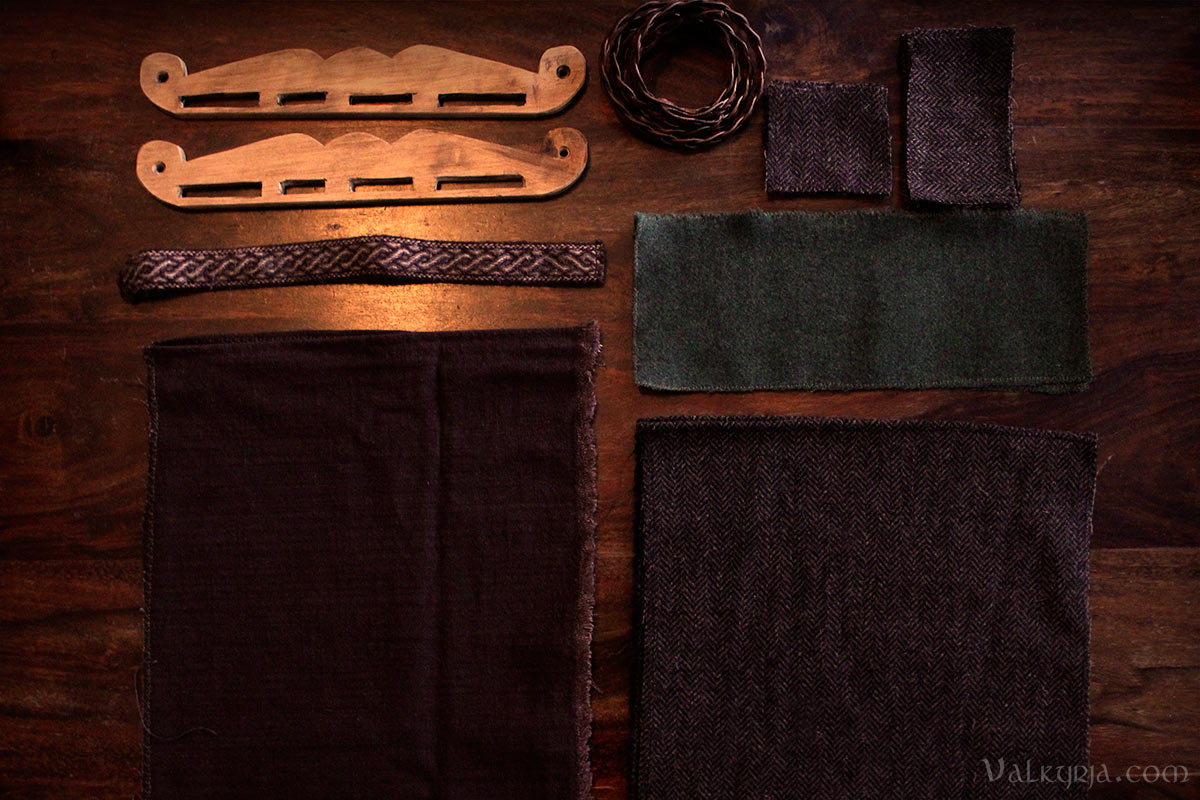
The finished product: 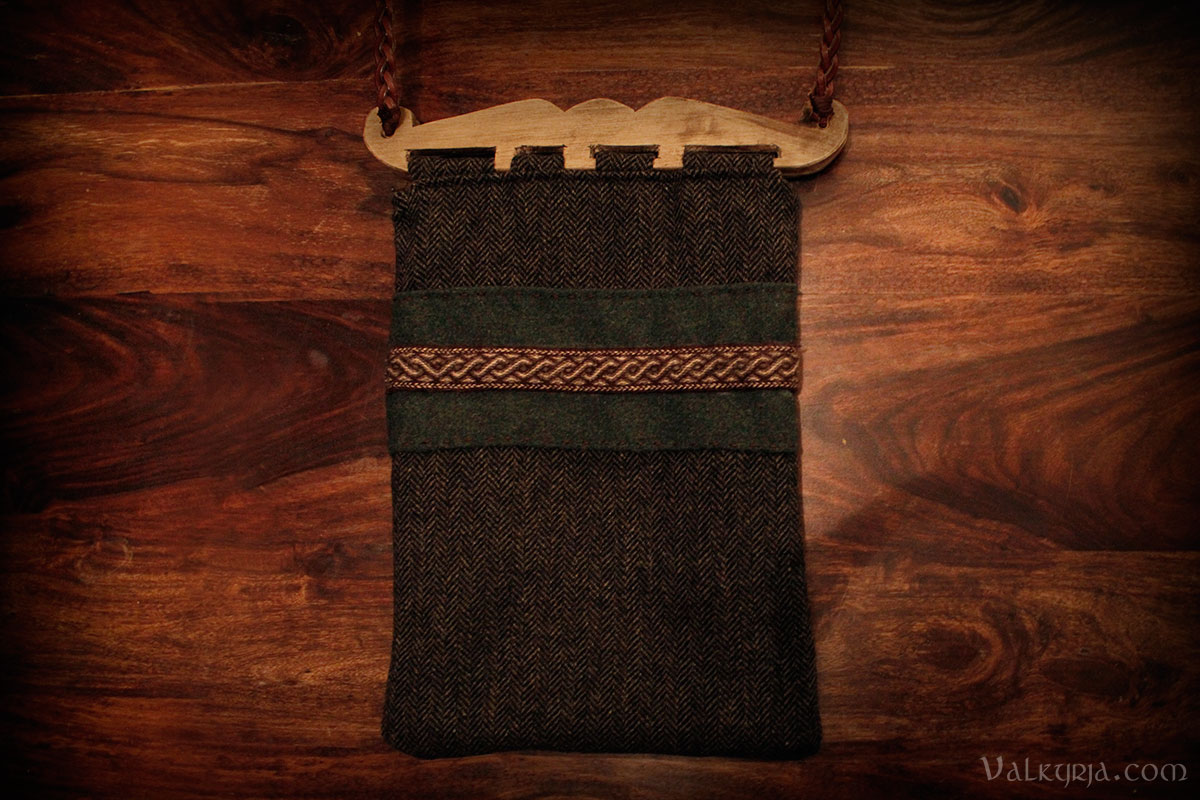
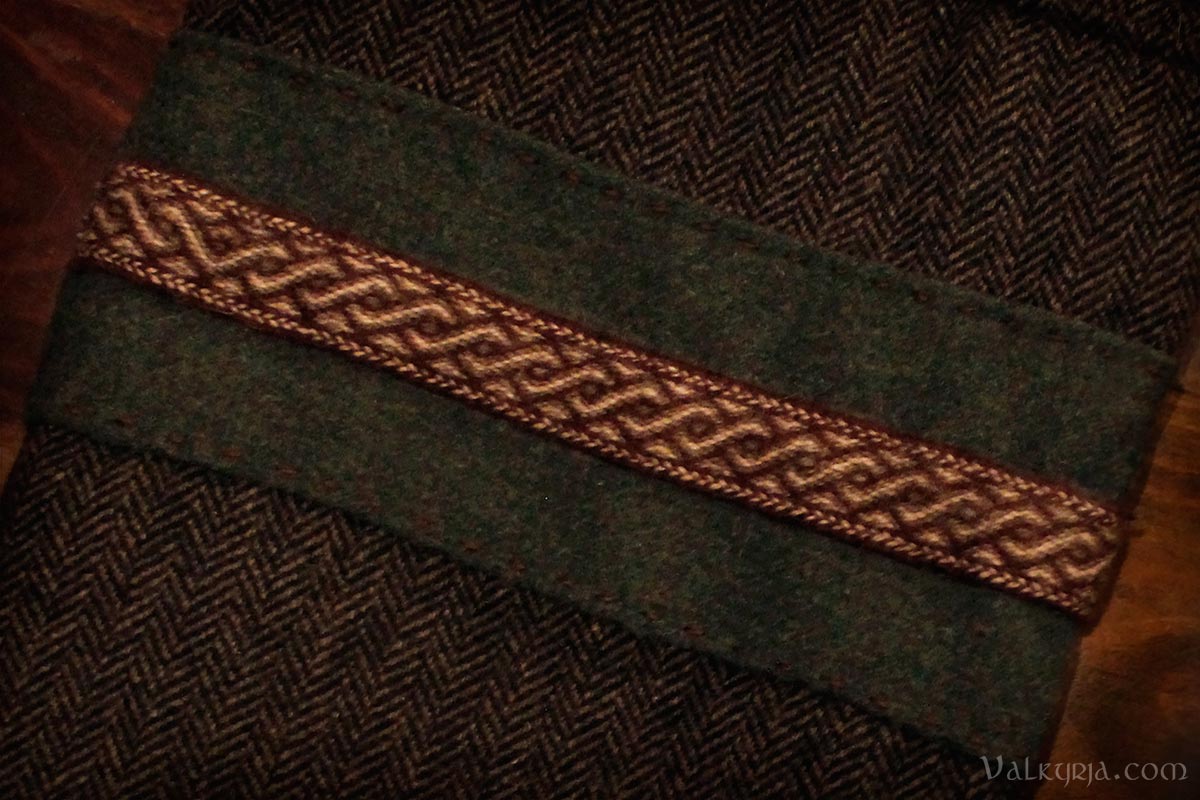
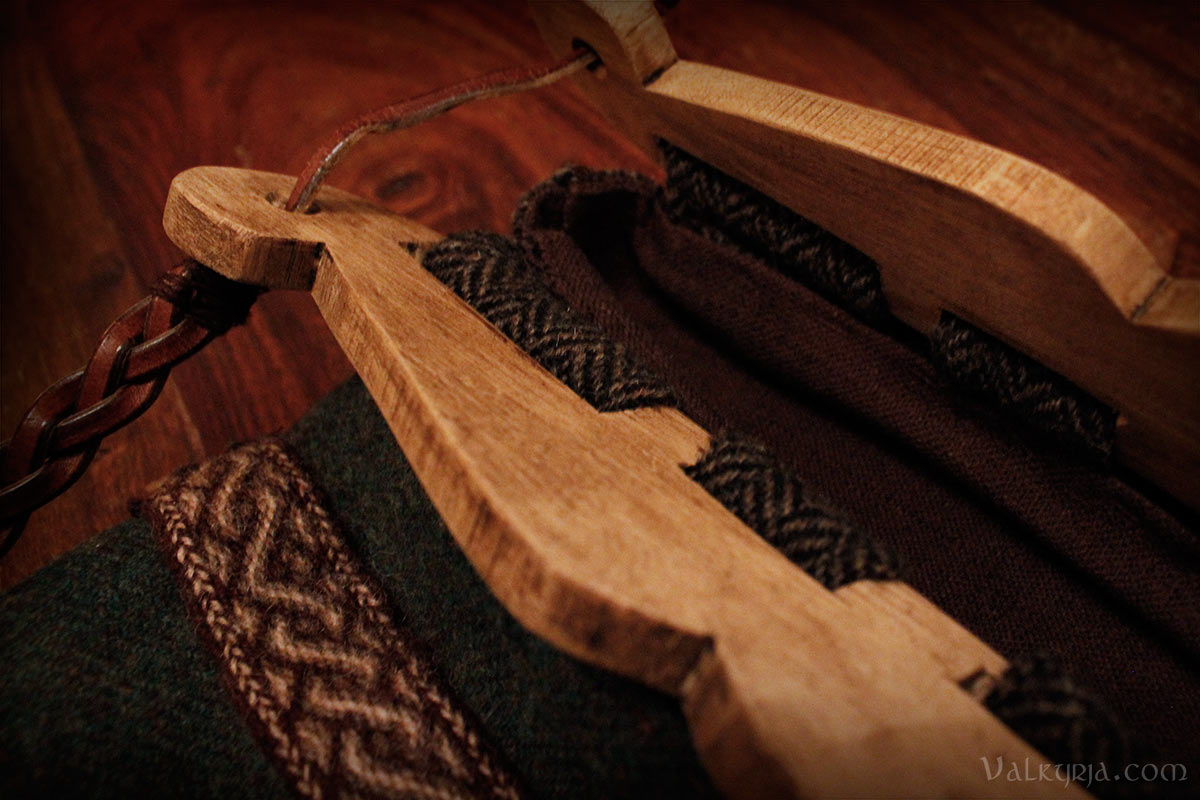
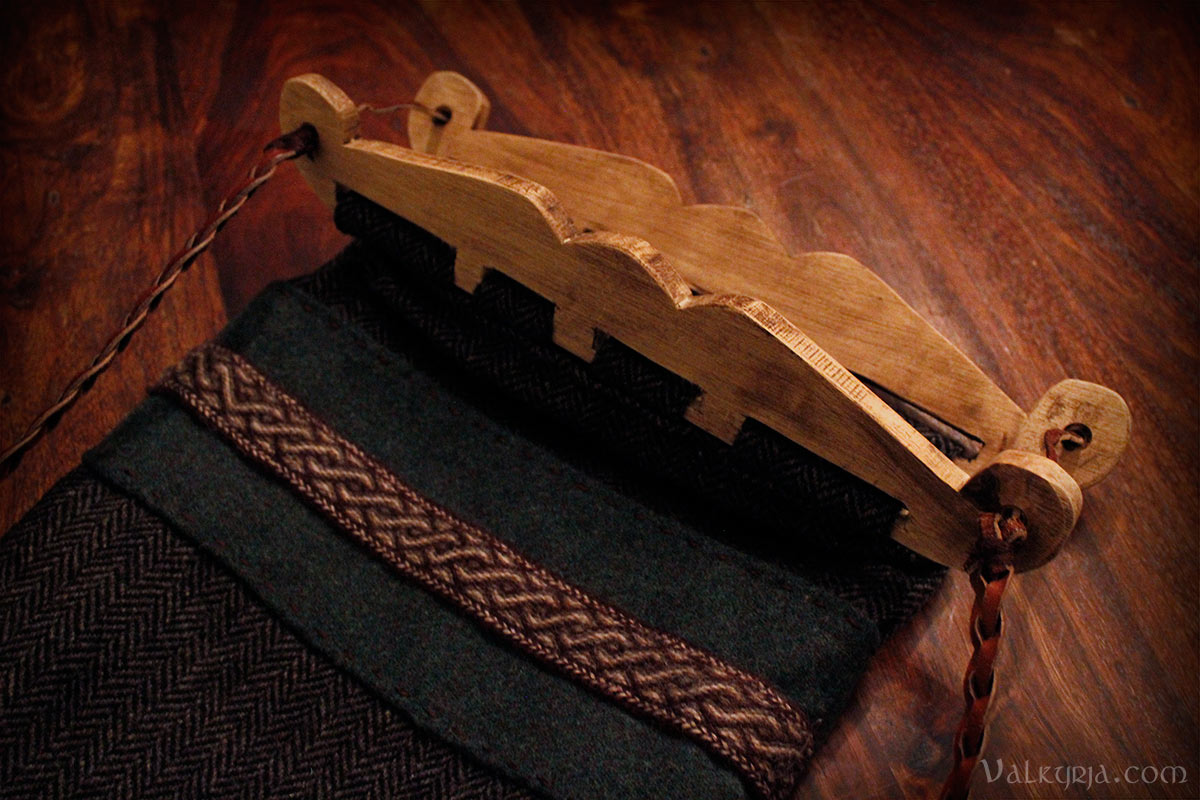
Can't wait to bring it with me on new Viking adventures! 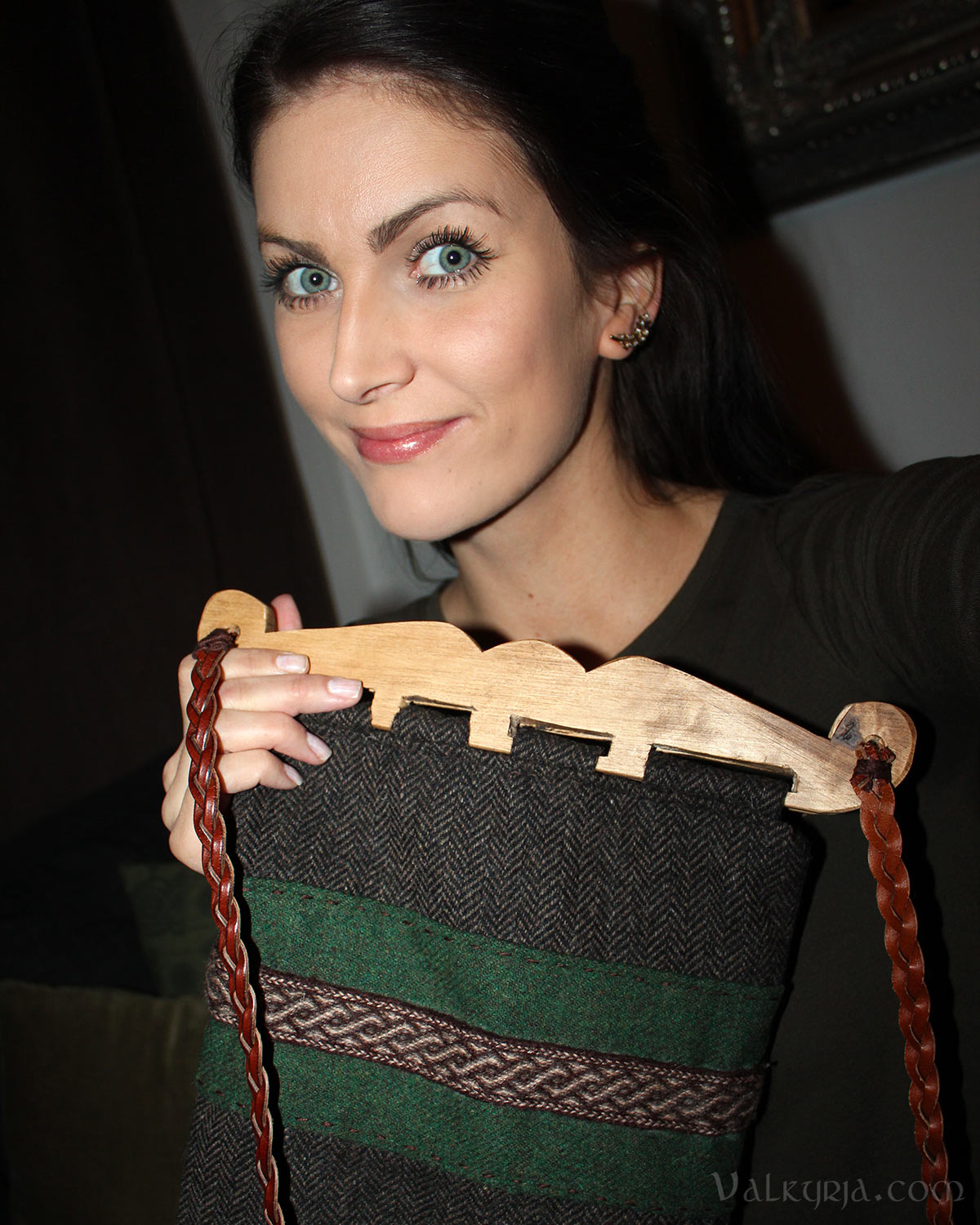
Bag handles, by Tomáš Vlasatý Haithabu bag, by Kristine Risberg Viking Wooden-Handled Purse, by Amie Sparrow The purse frames from Birka, by Nina Eklöf Music: Einar Selvik - Snake Pit Poetry (Scaldic Mode) # Comments
While still awaiting some parts necessary to do a project I've been planning, I found an alternative outlet for my creativity. So, what can you do with about 100 little felted wool balls? 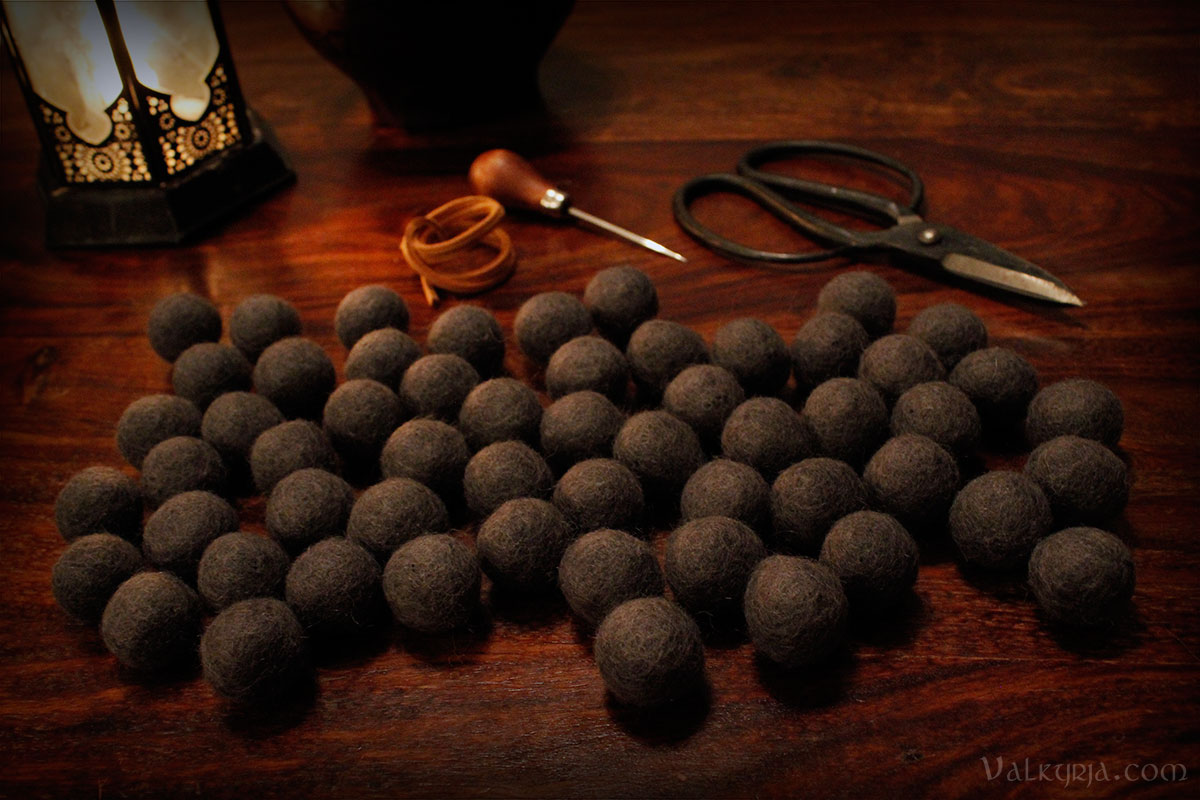
I made two little square hot pot mats, to protect the wooden table from hot pots and pans. I had seen the same type of design in various stores and markets, but not in the charcoal color I wanted, and quite pricy at that. Such quick and easy little things to make, just by running a thick thread through 7x7 felt balls vertically, using a 90° angle at the beginnings and ends of each new row, and securing the rows by following the same process horizontally, ending up at the starting point to connect the loose threads. 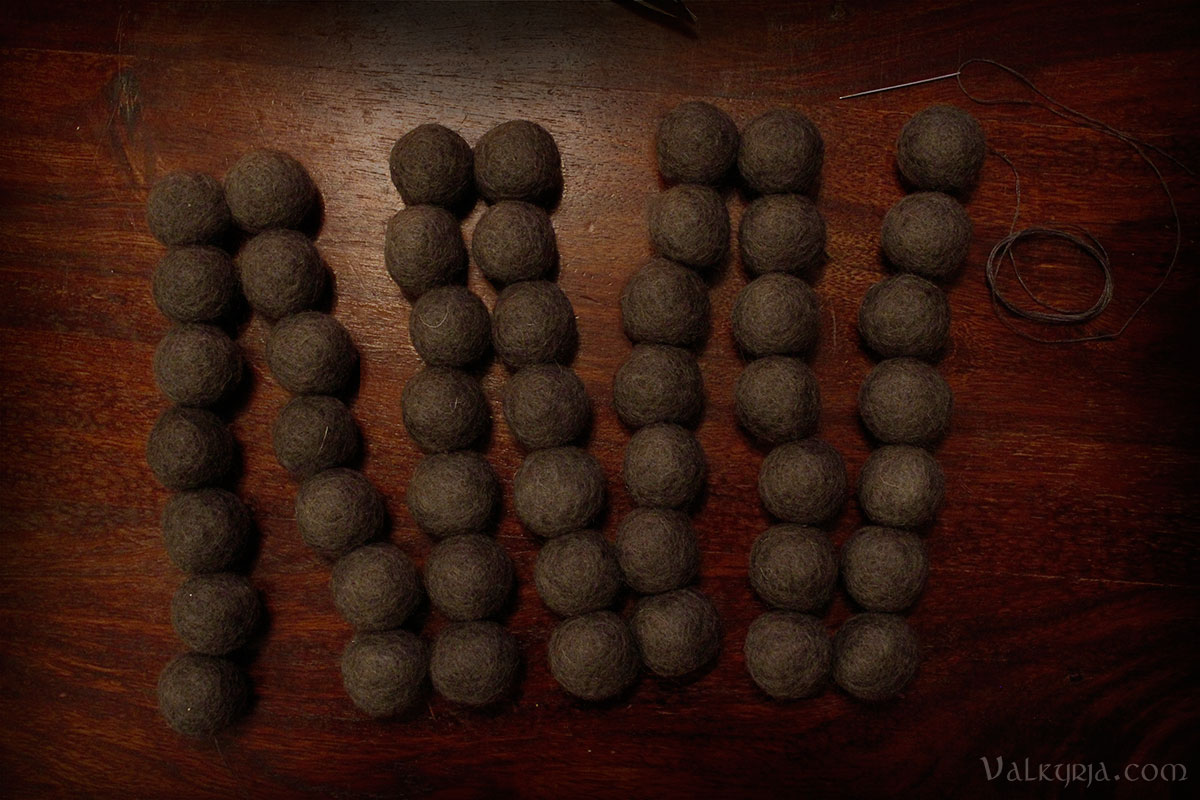
I used some leftover string of thick leather for loops to hang them up in the kitchen. A cozy little "do it yourself" project for those dark fall evenings at home, while listening to lovely new music by "Kaunan". ^^ 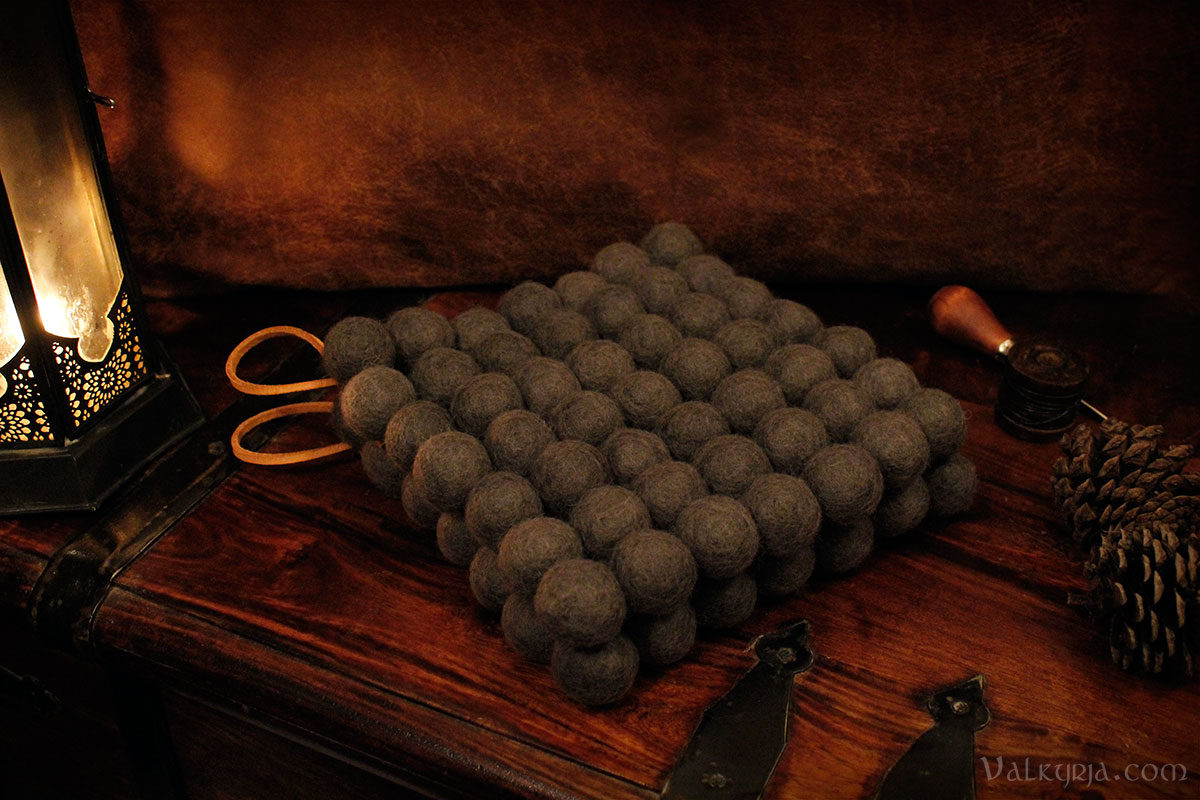
# Comments
Haustmánuðr, the last month of the summer half-year in the old Norse calendar... 🍂🌿 I was fiddling about around the house with my camera the other day, photographing some of my Viking treasures—which will be trapped inside for much of the upcoming season, but which I am looking forward to be bringing out for blóts and other happenings throughout the winter. ^^ 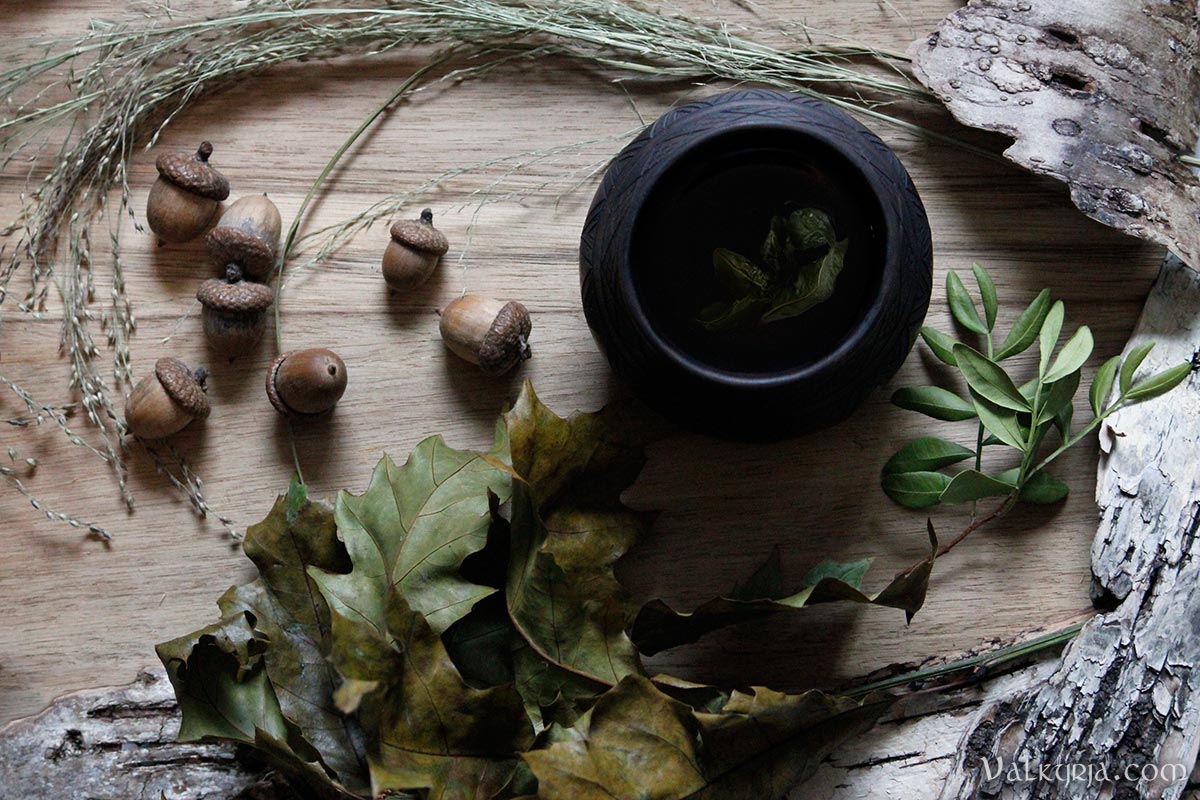

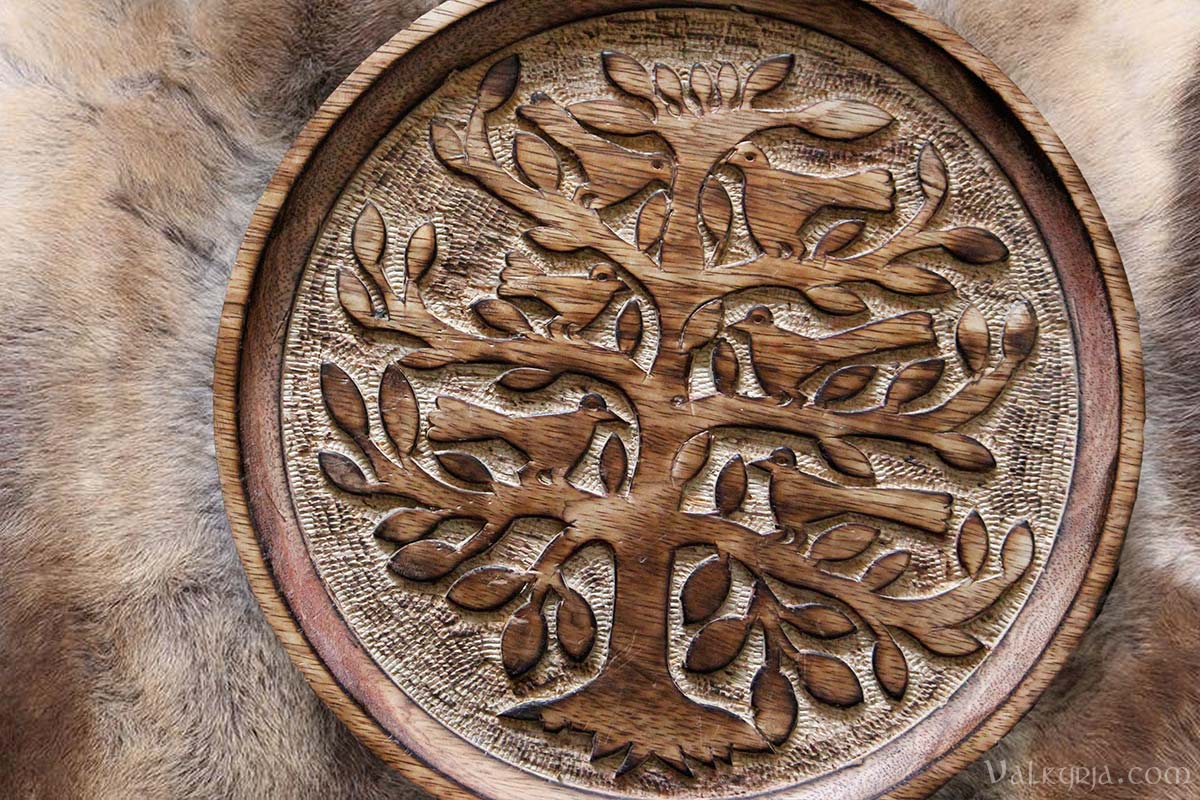
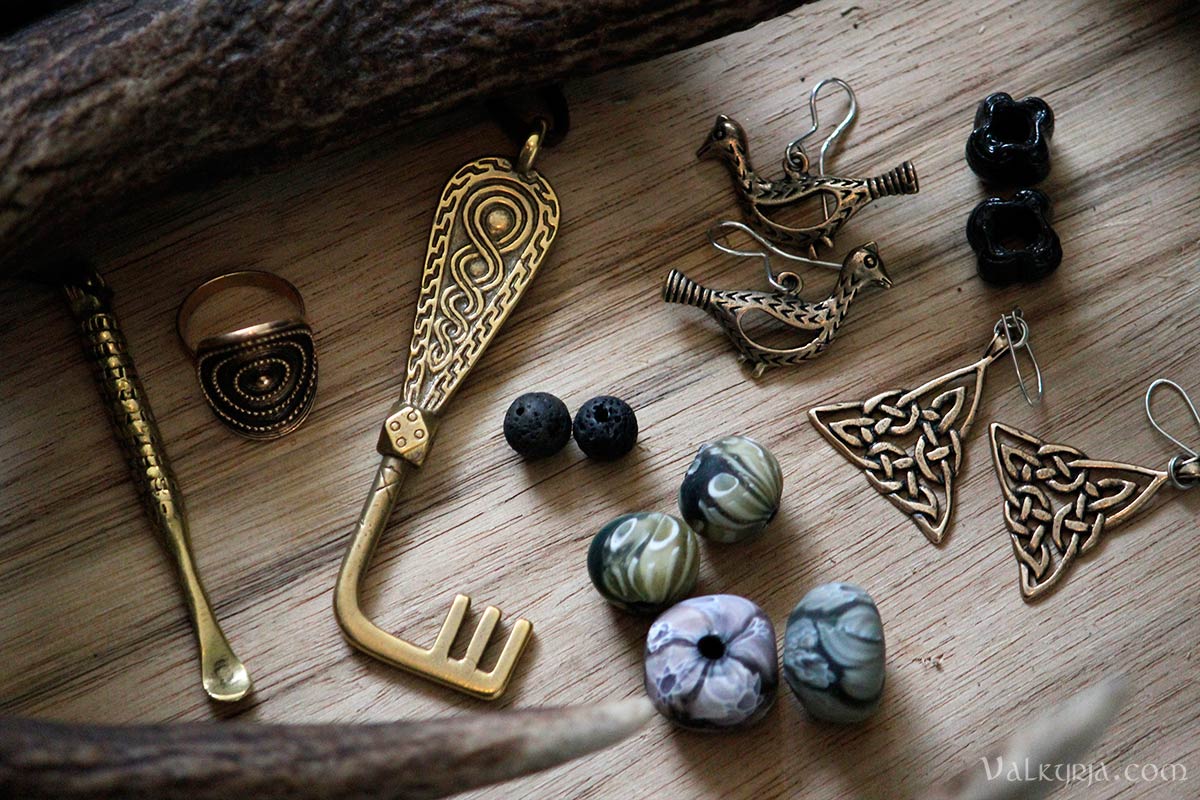
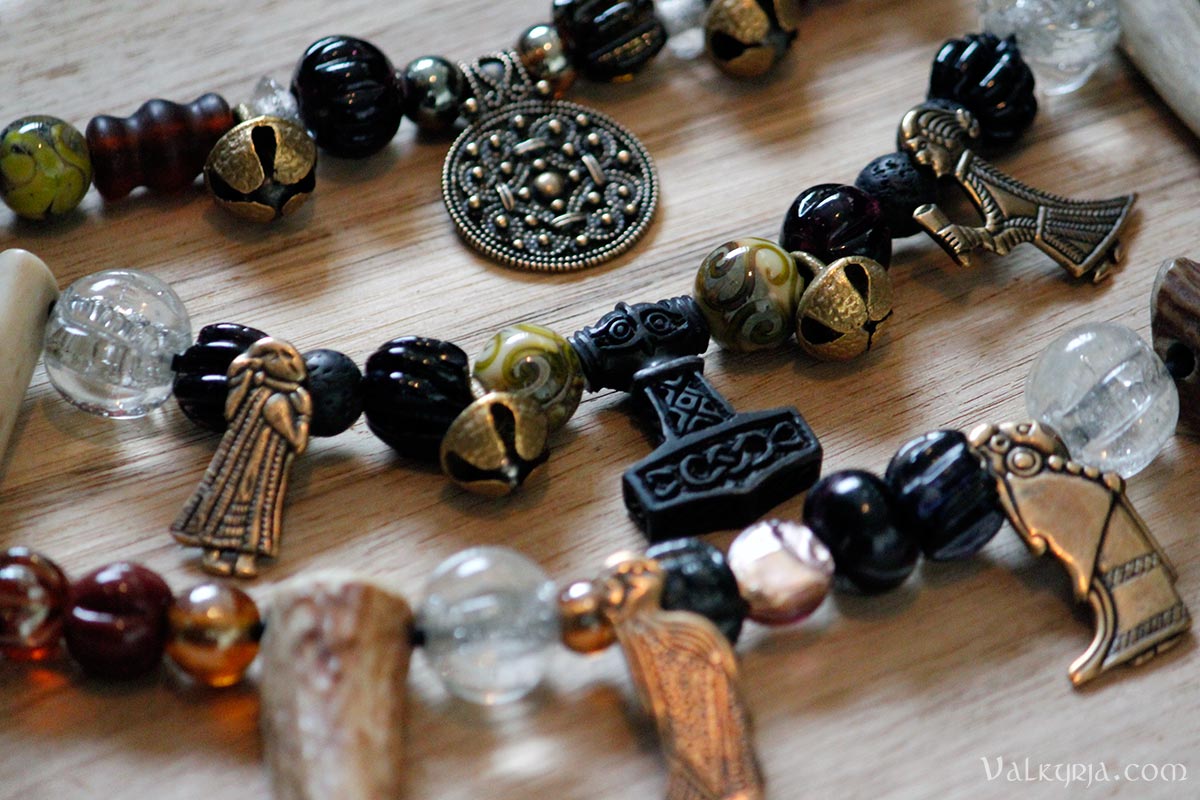
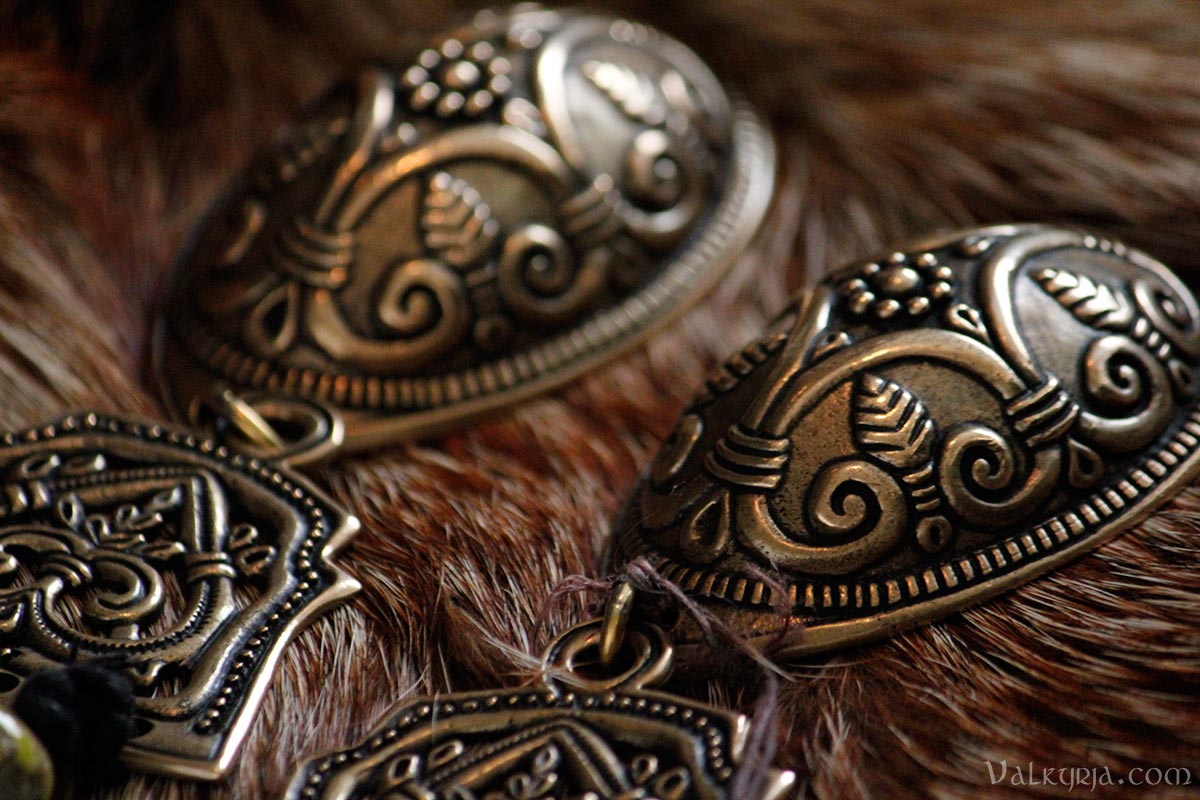
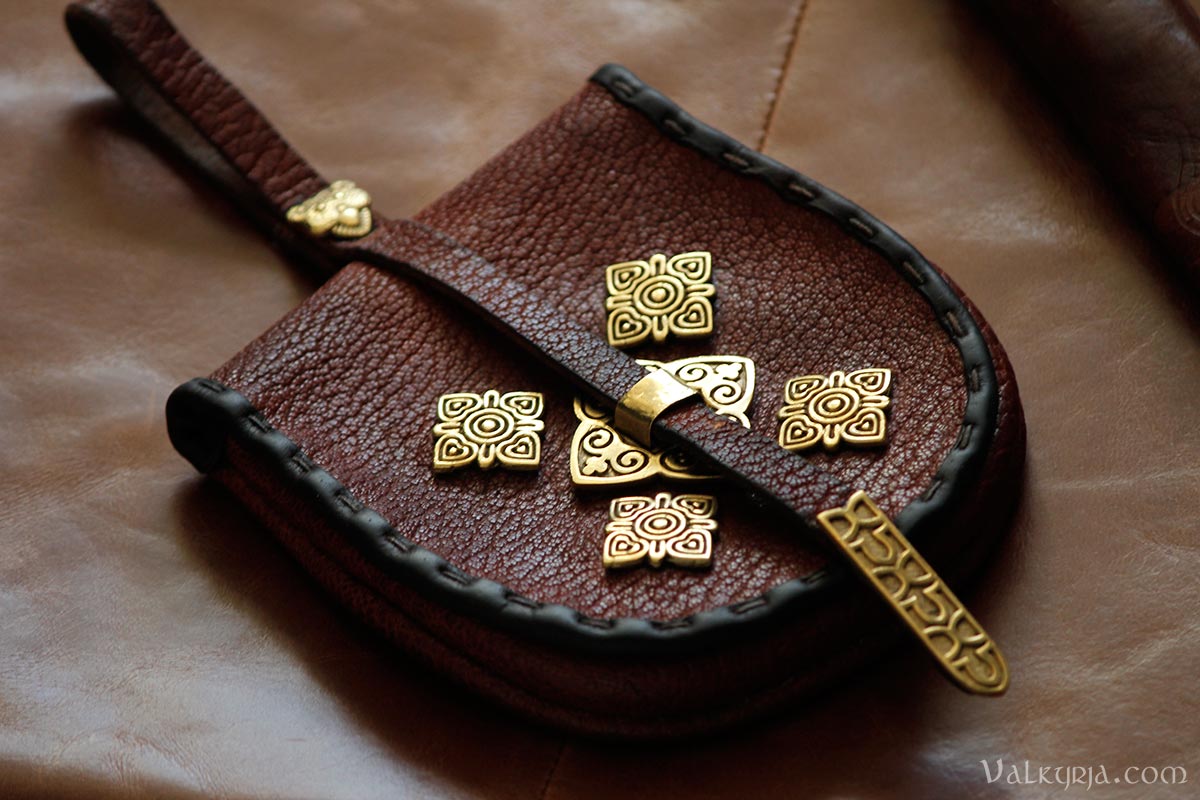
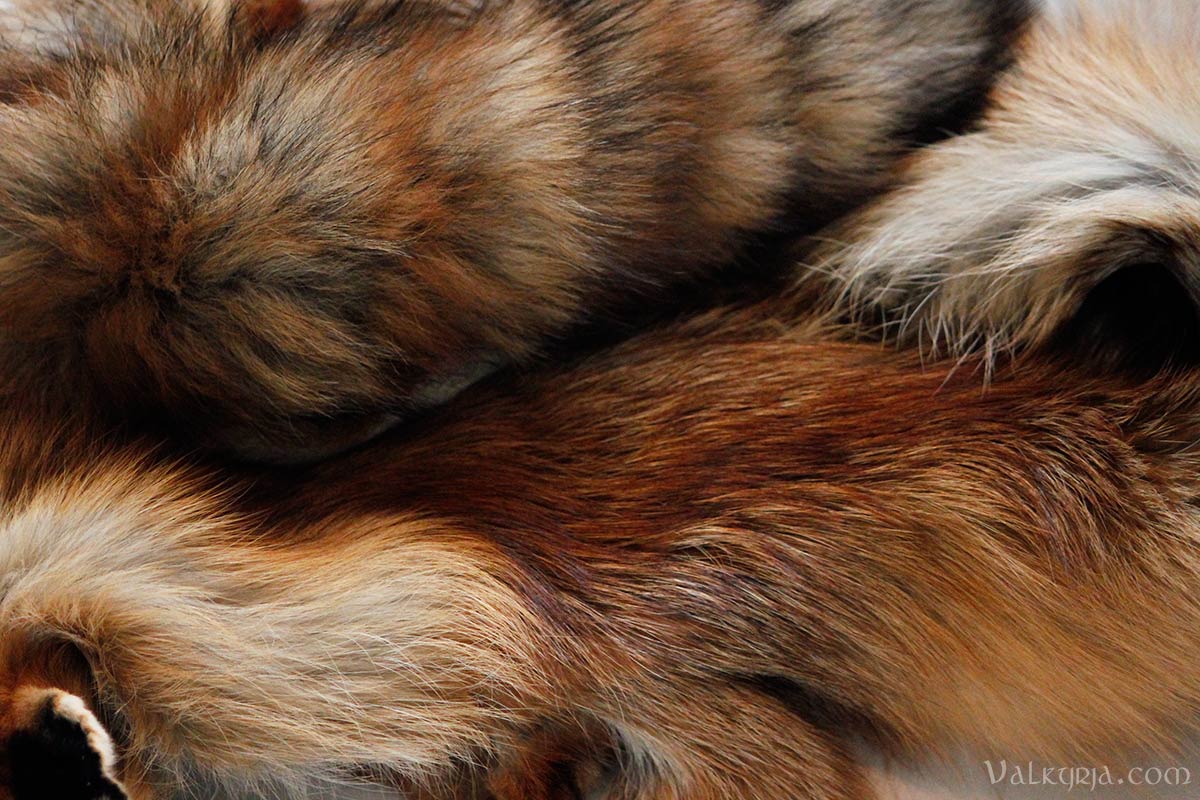
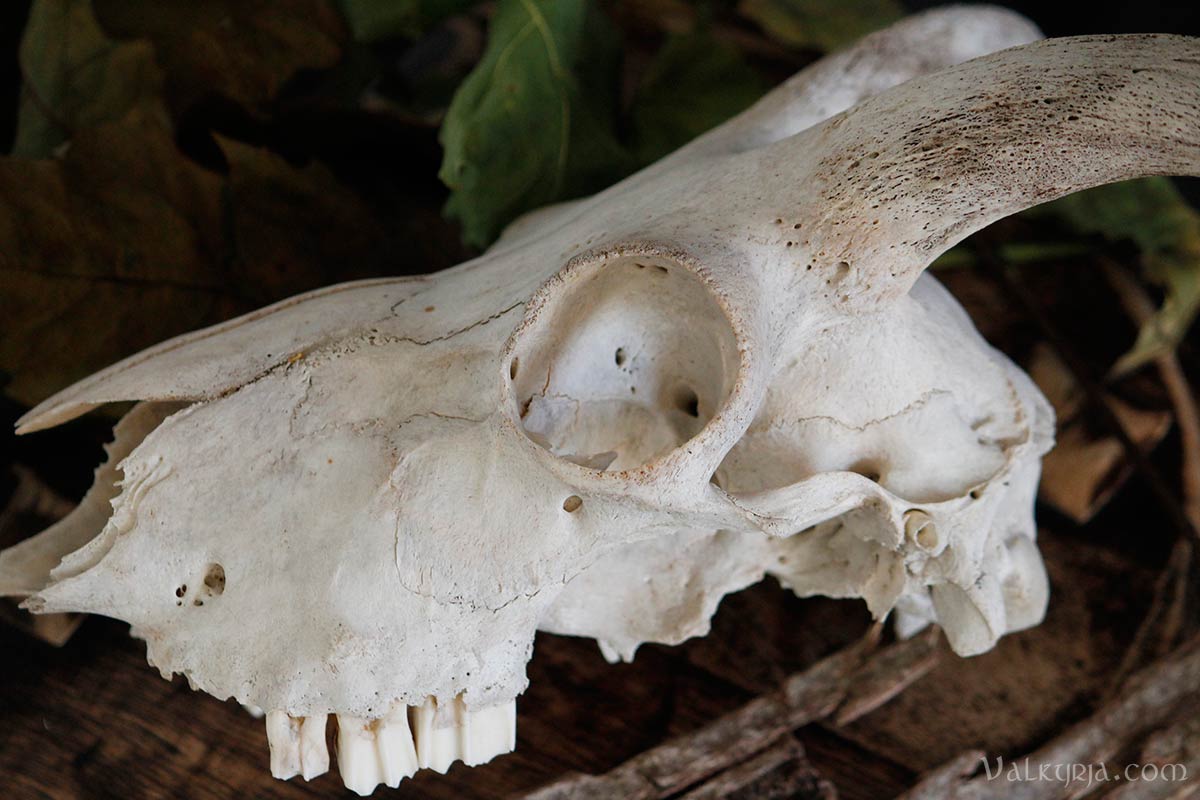
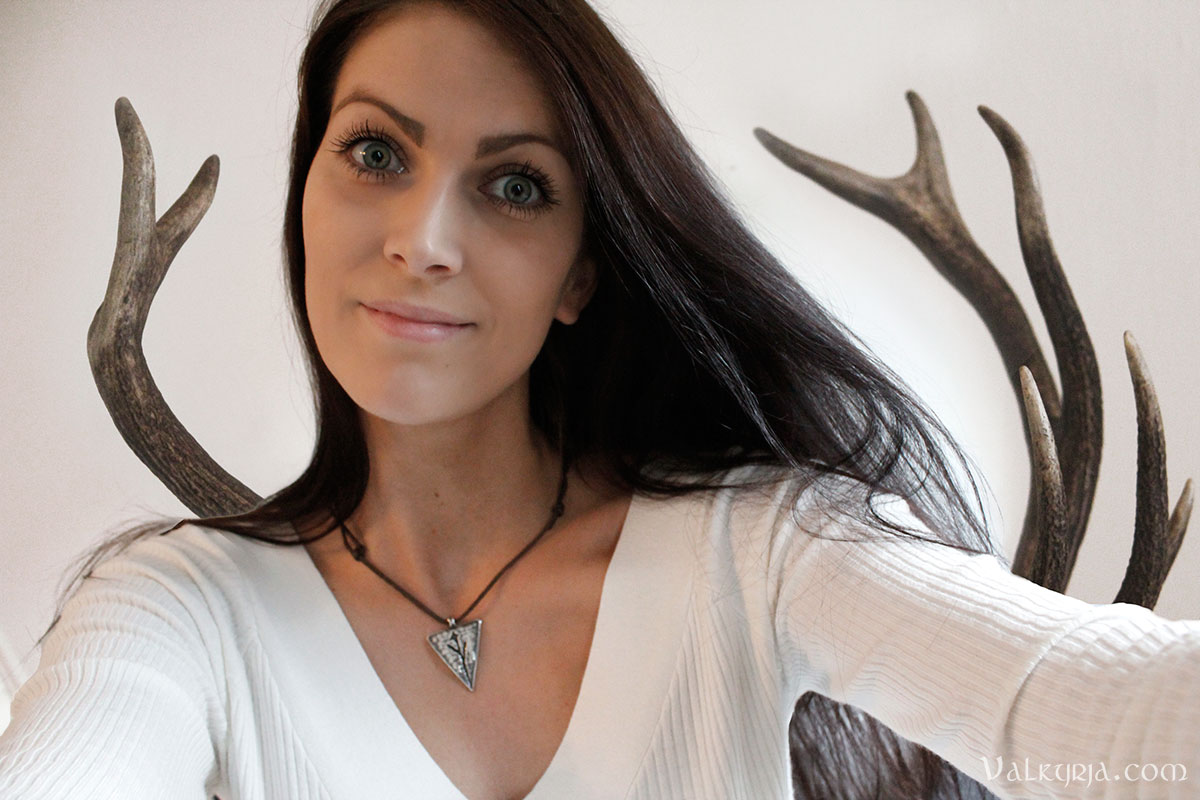
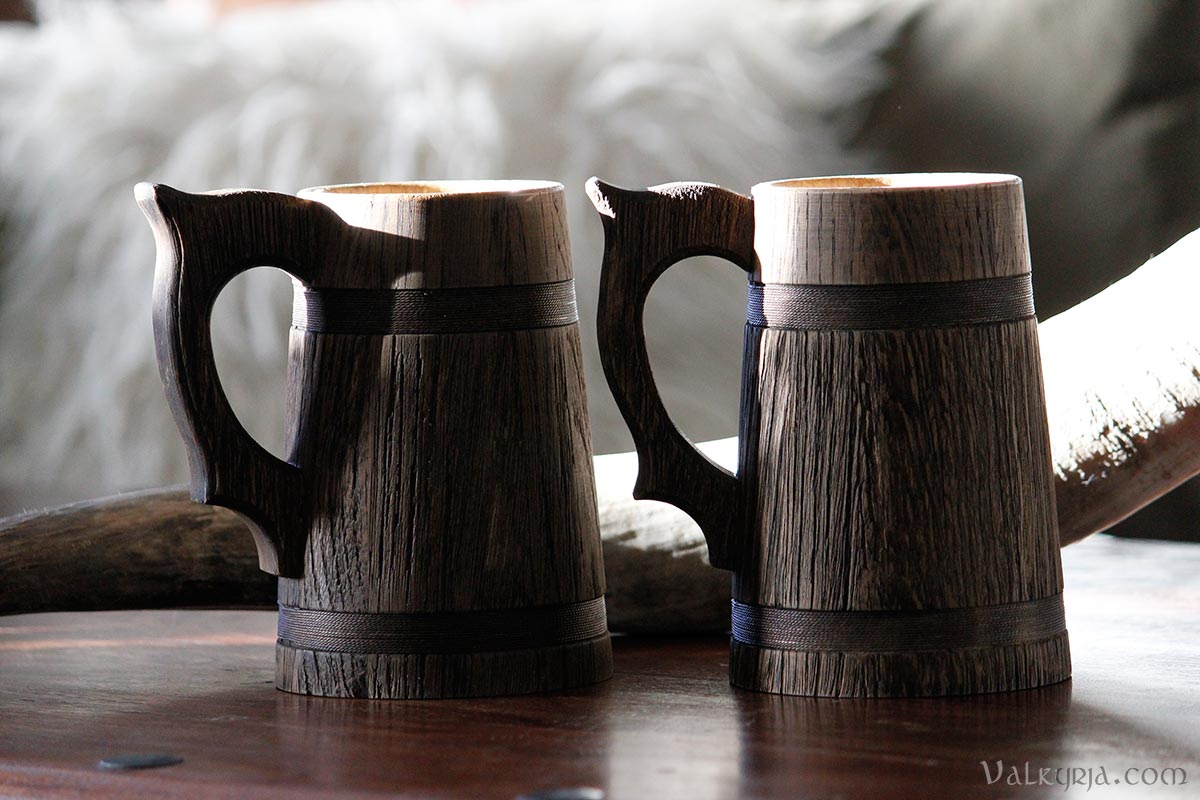
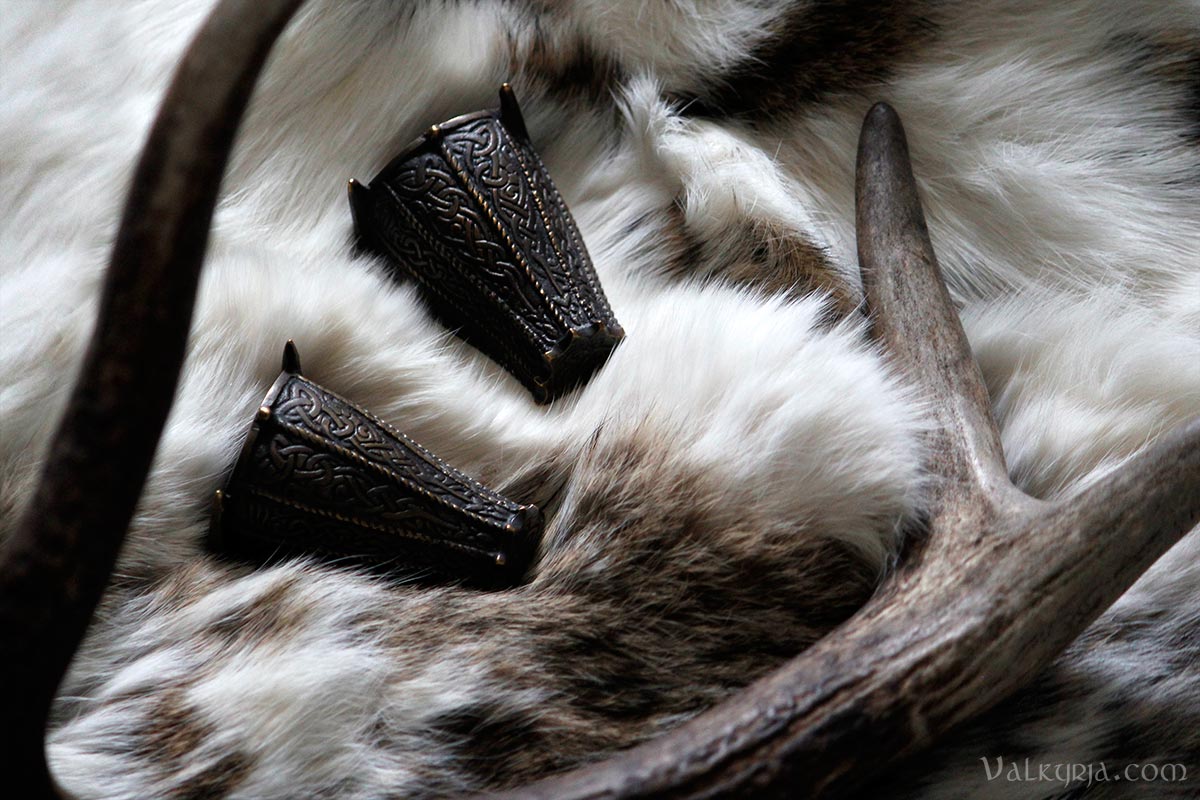
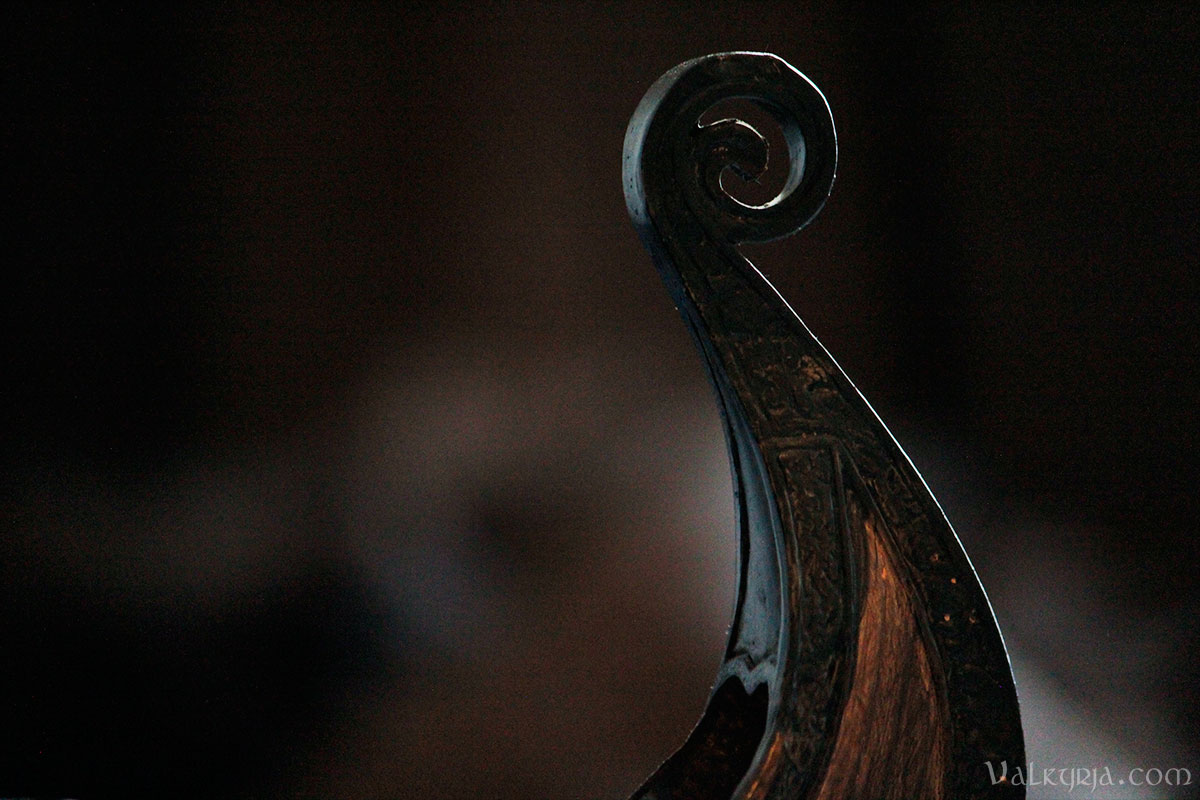
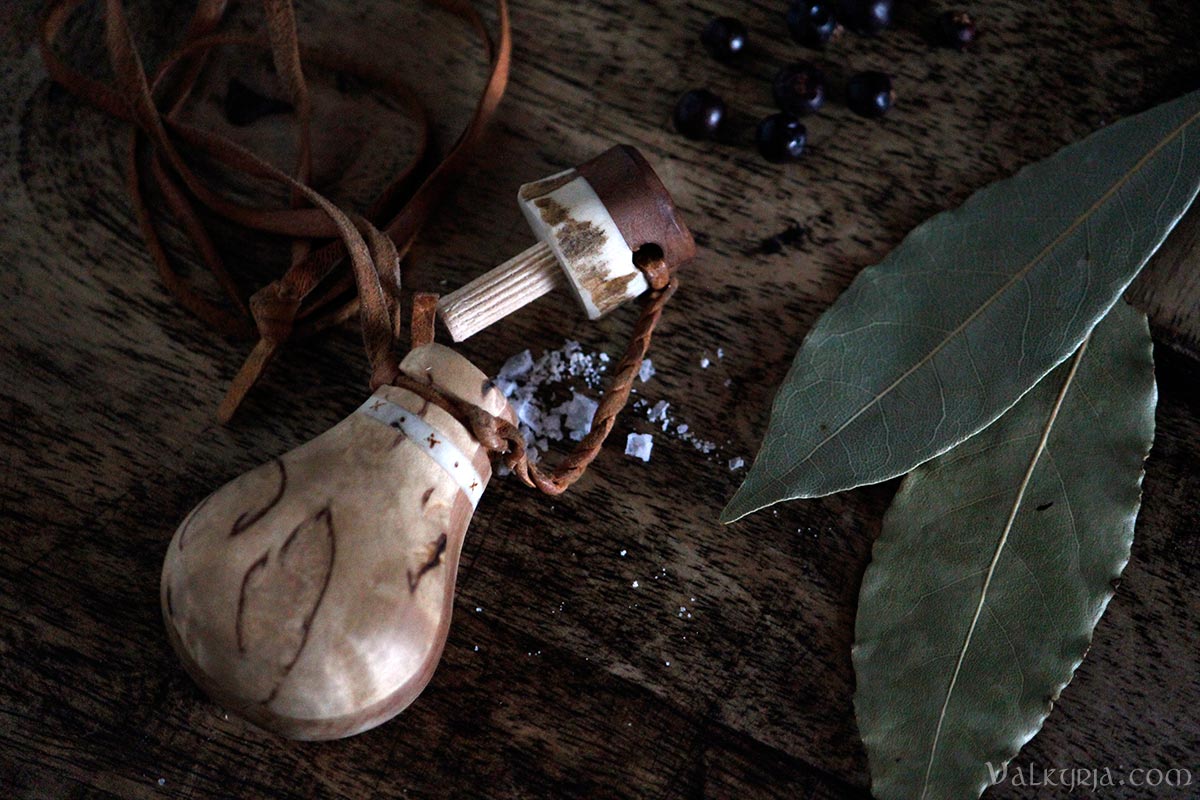
Photography: Valkyrja.com Music: Osi and the Jupiter - Hlidskjalf # Comments
It's been one year since we formed our little Viking group Folkvangr, consisting of three founding houses/families. ^^ Earlier this month we gathered for our annual "Þing" (Old Norse for assembly or council), and spent Friday-Sunday at Claus and Anja's home in Austevoll, on an island south-west of Bergen. 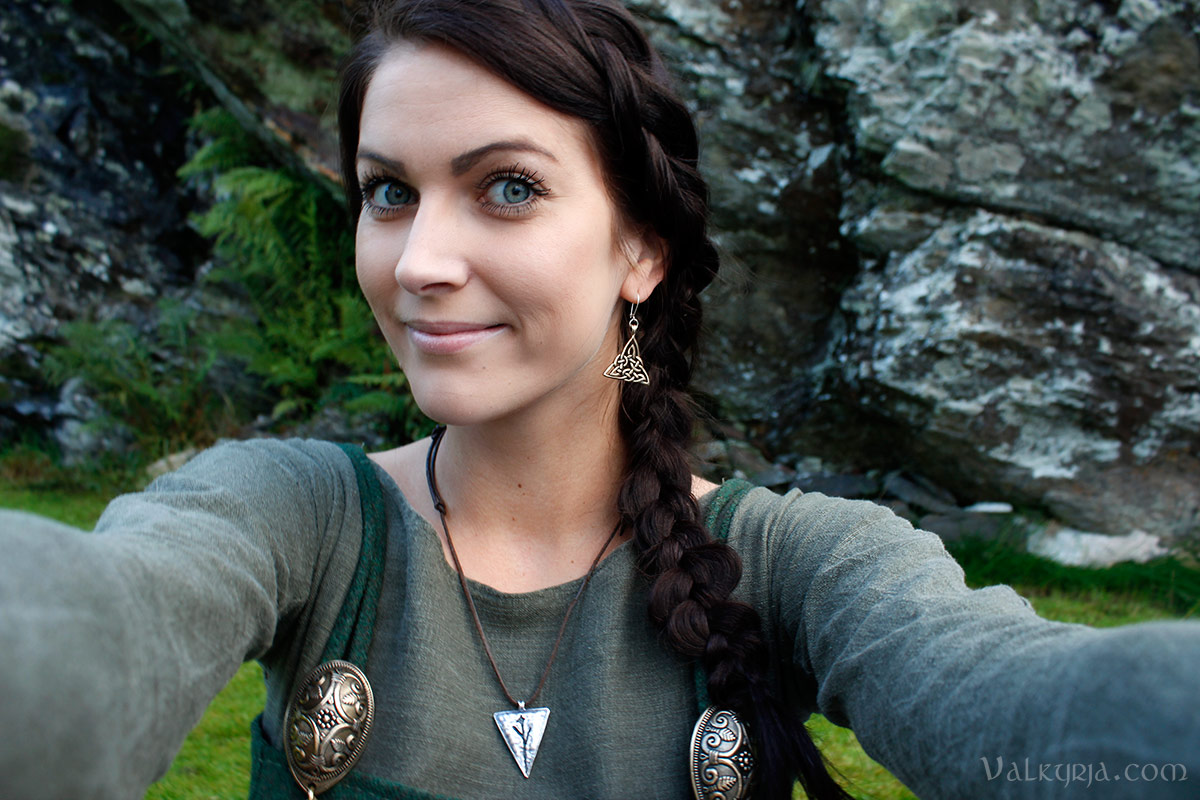
We wrote up the by-laws for our organization, walked around in the area, enjoyed great food (our hosts conjured up the most delicious breakfast table each morning), and lit a fire outside on Saturday night. We also spent all of Sunday doing not so Viking-related stuff such as, umm, playing Mario Kart tournaments on Wii U... Such a cosy and relaxing weekend :) 
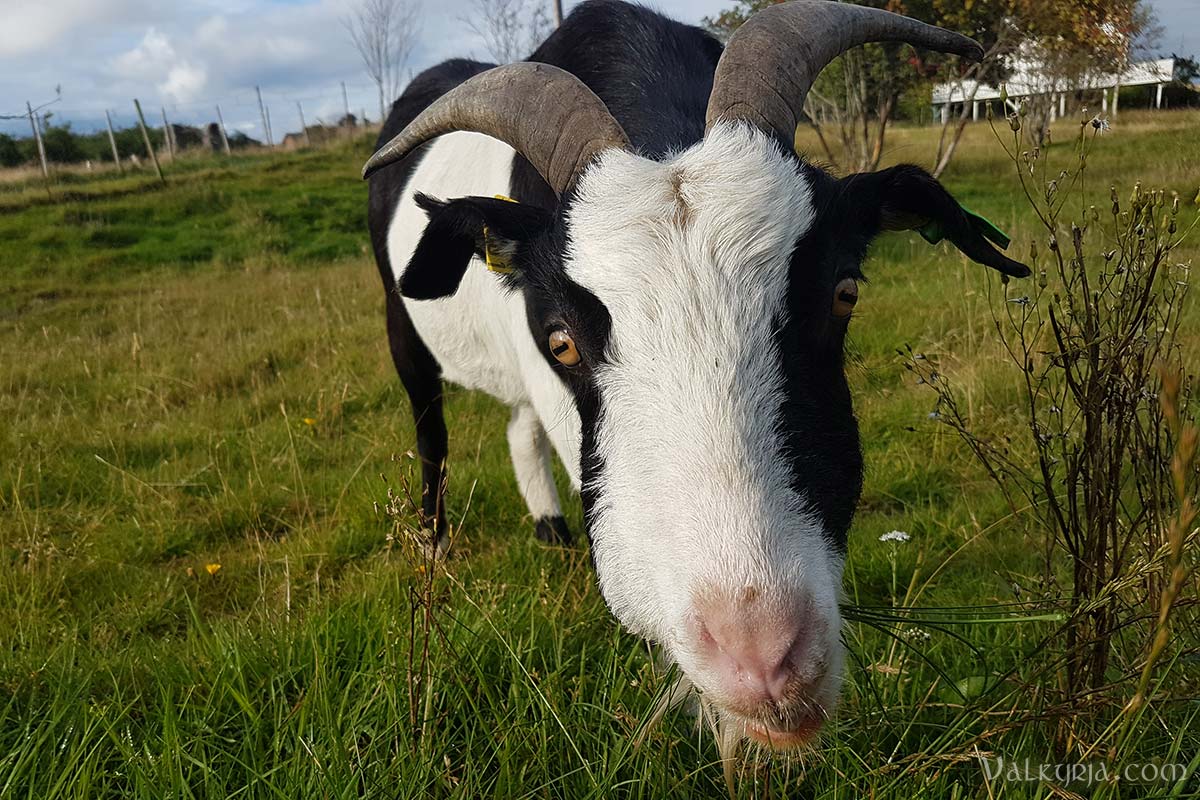
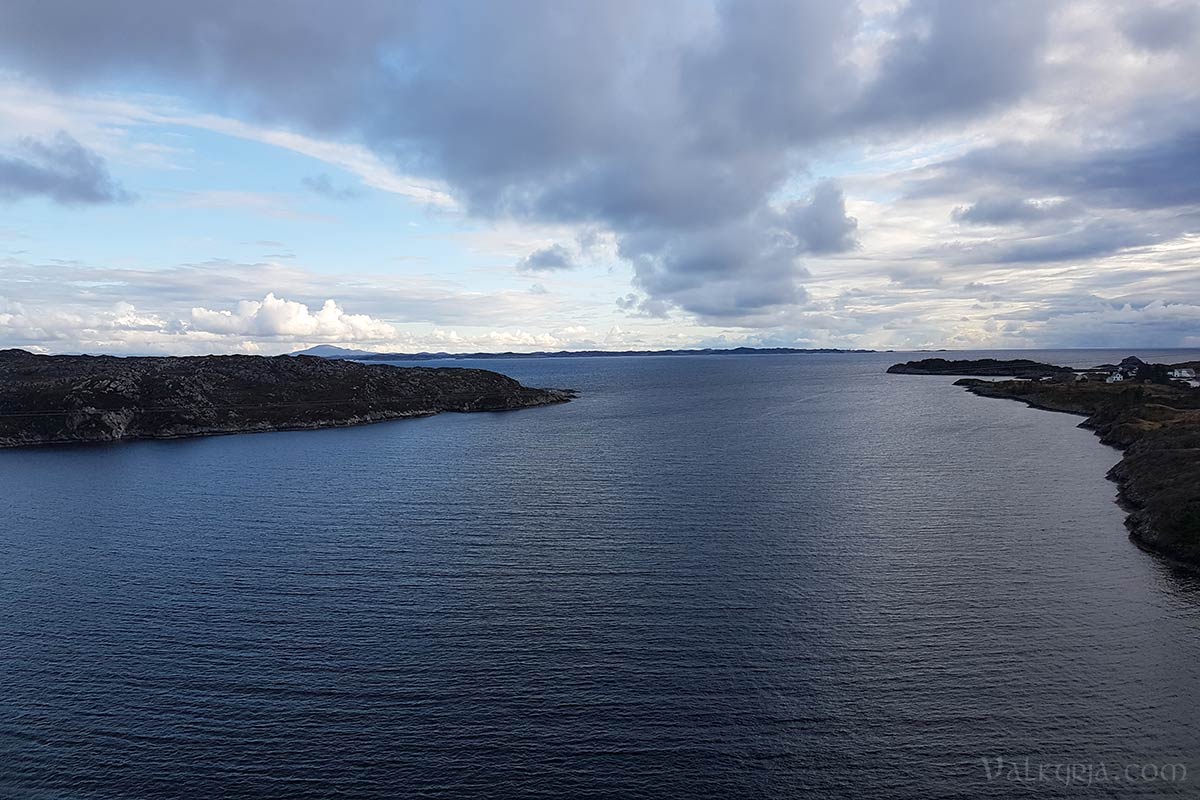
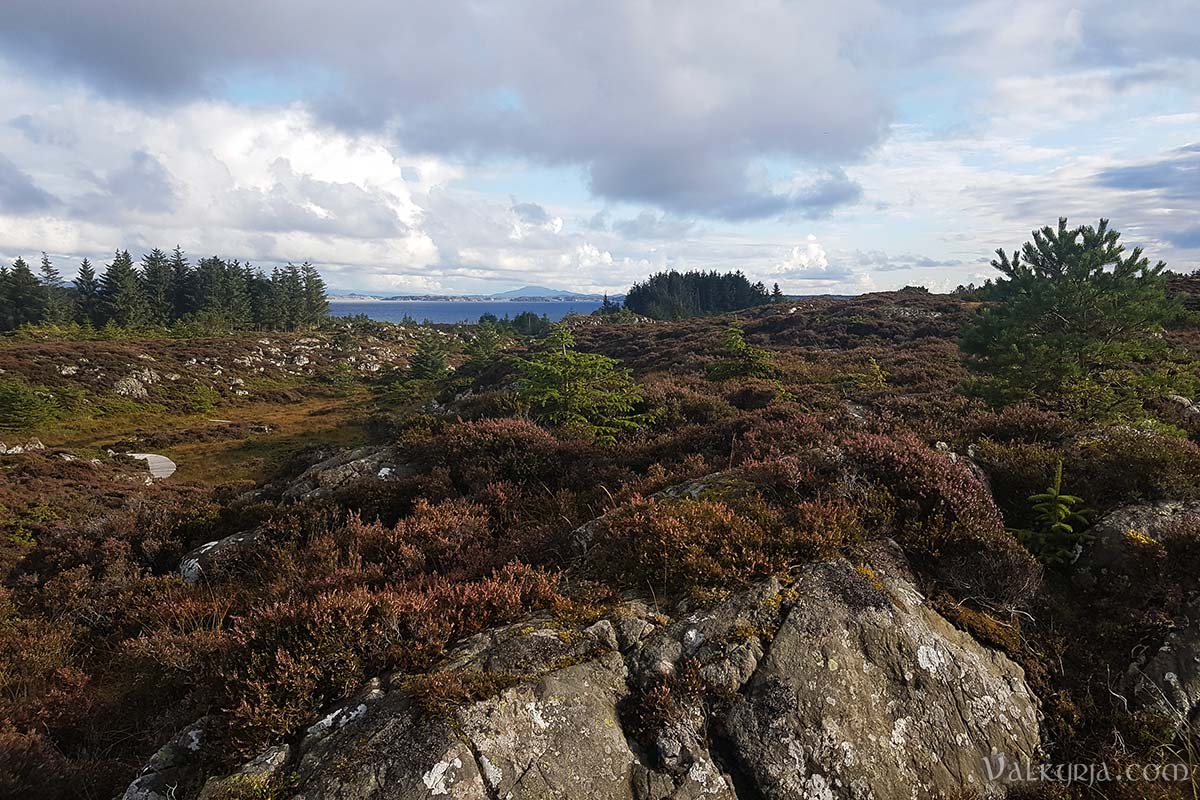

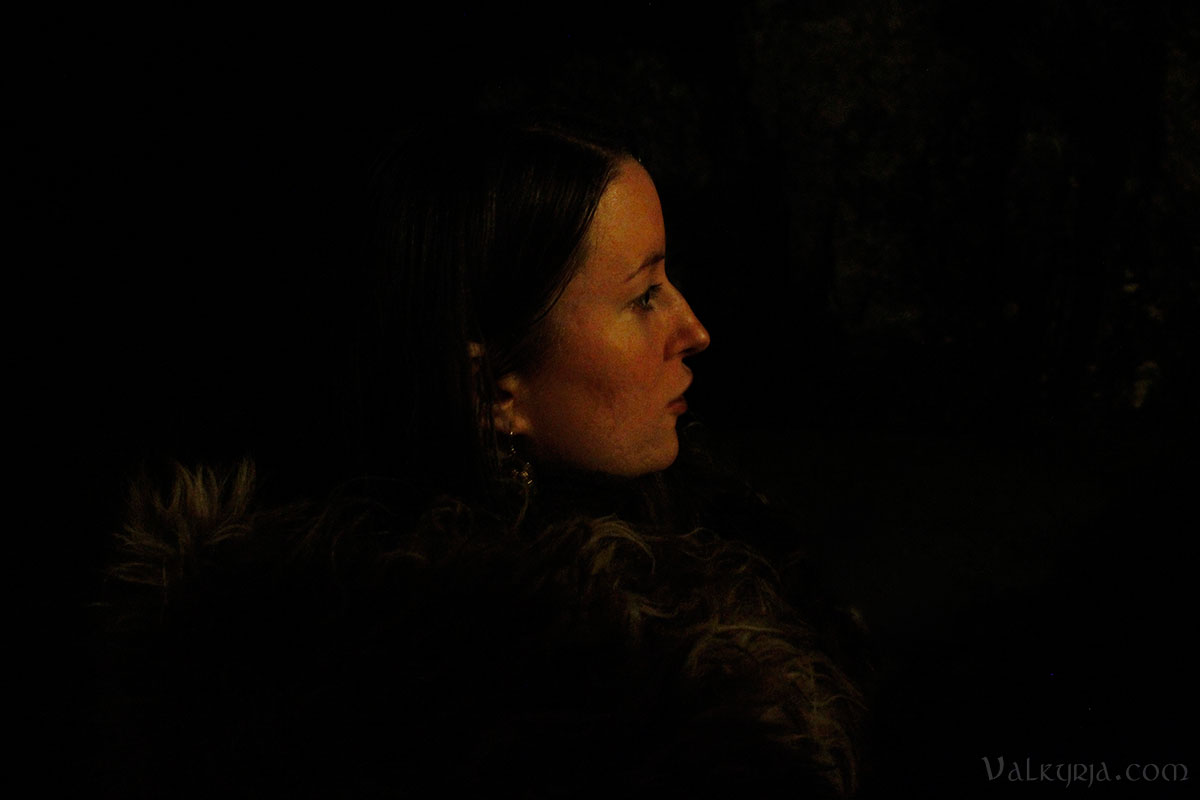
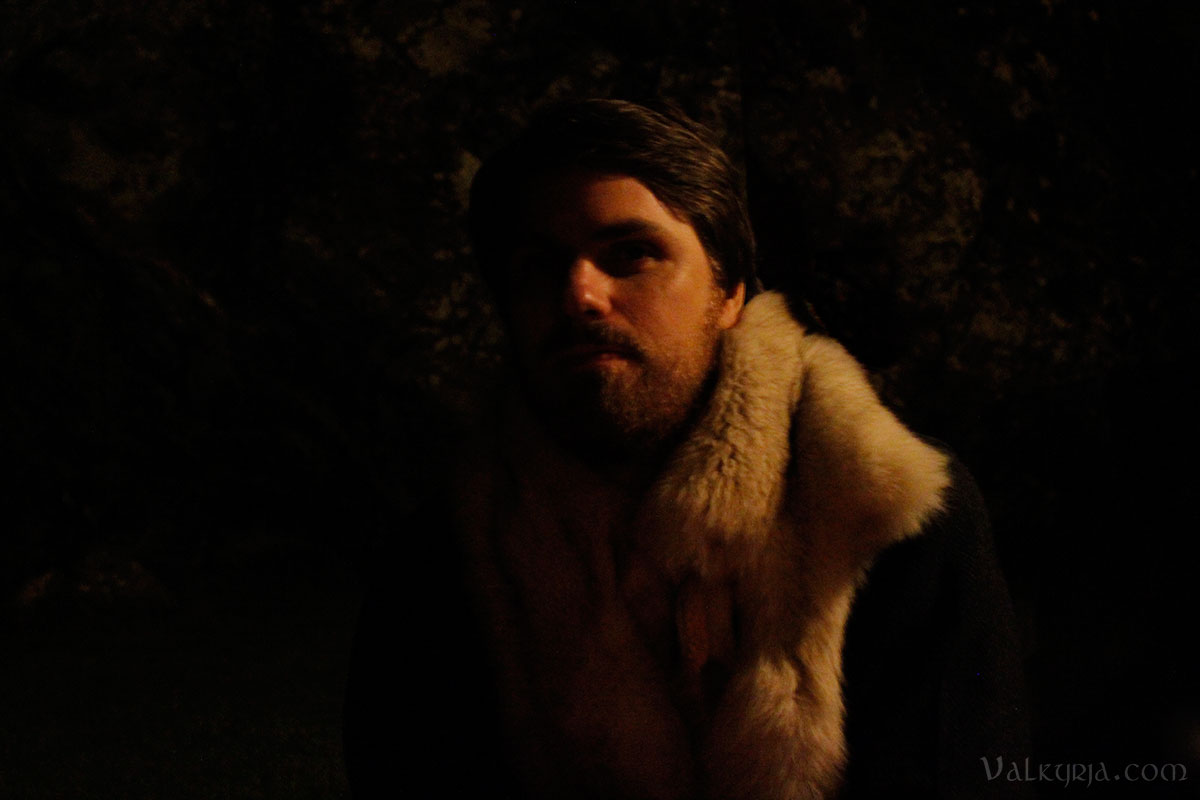
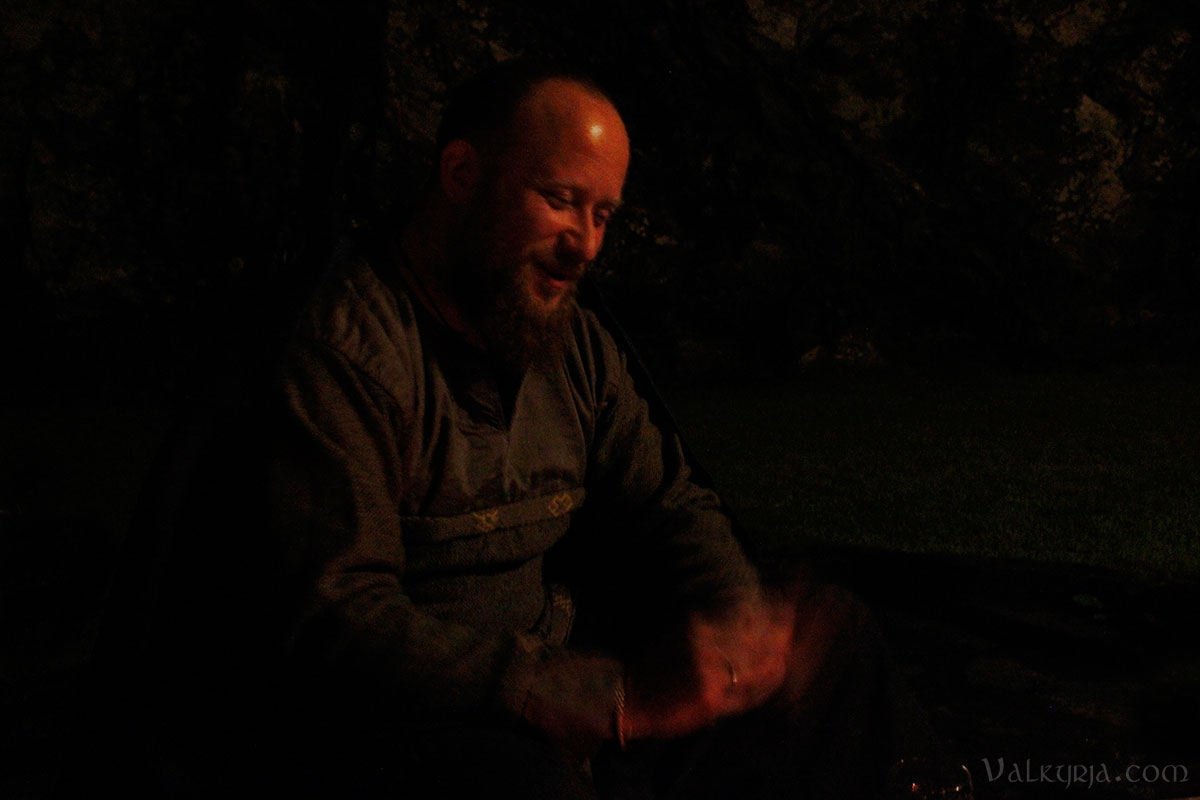
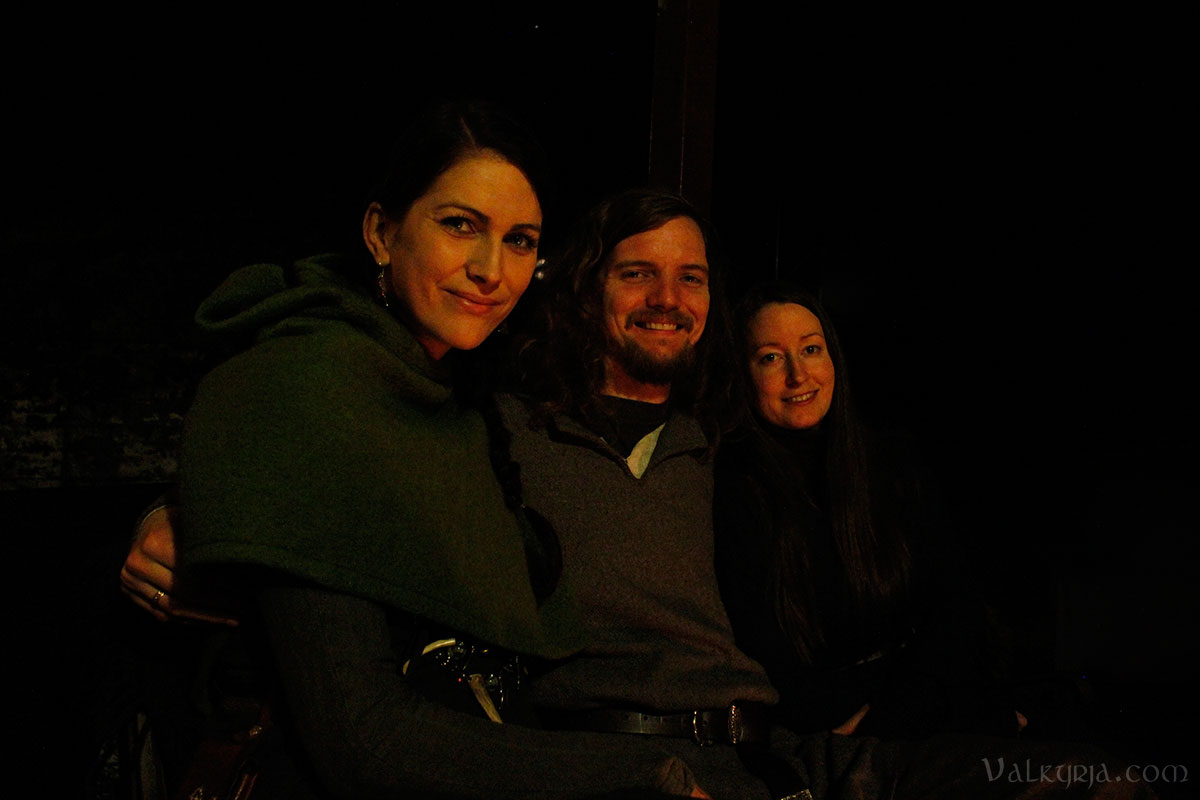
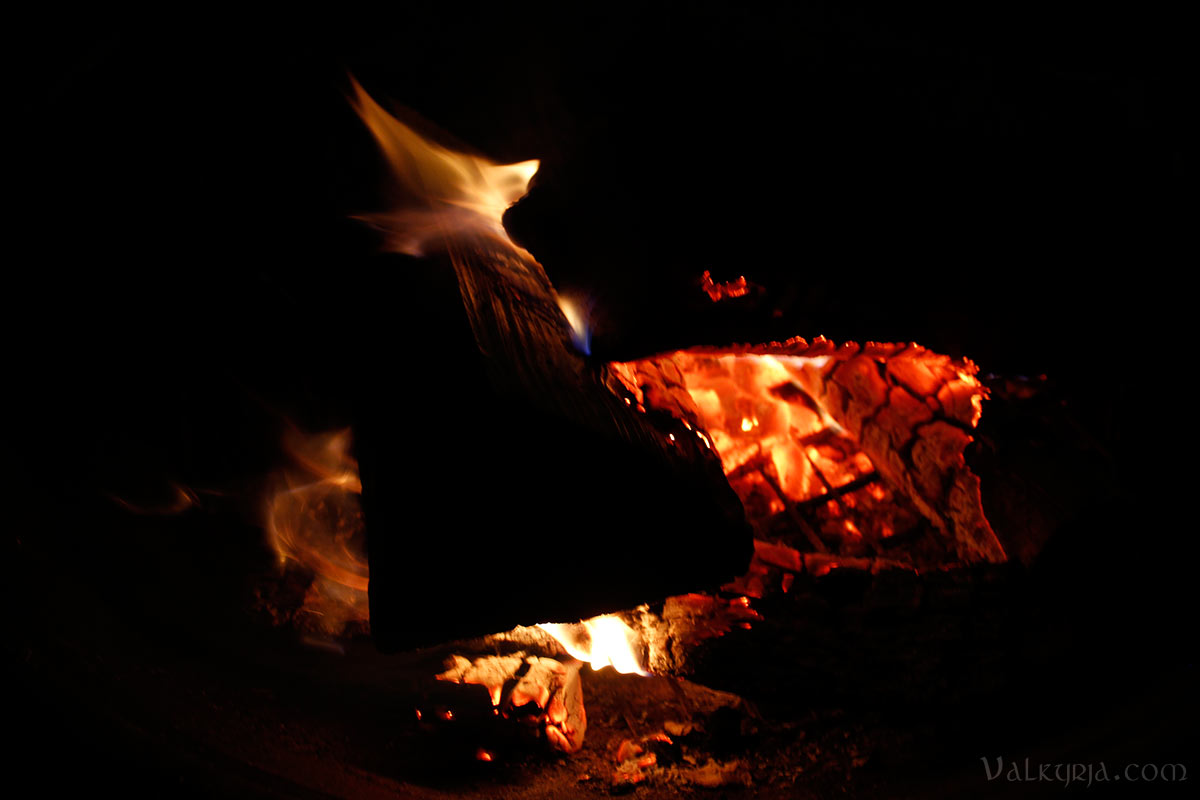
# Comments
“Is the world to go to pot, or am I to go without my tea? I say that the world may go to pot for me so long as I always get my tea.” - Dostoyevsky, Notes from Underground 
Still feeling a bit under the weather—not very sick or feverish, but I've got this pressure on my chest, stuffy nose and shortness of breath. I would be tempted to say that such symptoms could be caused by the results from our election last night, but this feels more like a common cold. So I'm at home today to save my voice and energy as I'll be taking an early morning flight to a conference tomorrow, where I'll be part of a workshop hosted together with colleagues. That calls for tea and my biggest woolen scarf. And playing old film-music in the background as I work on my presentation. ^^ # Comments
September, my birth month, and the first autumn month. According to the old Icelandic calendar, we entered tvímánuður or kornskurðarmánuður this week, time for harvesting the grain... While I love summer and the long summer days, I always welcome this time of year with its deep dark nights and crisp autumn air, cuddling up with blankets, good music and books, big cups of tea, and dressing up in wool and boots before leaving the house, as the temperatures are gradually starting to drop.
I've been feeling a bit under the weather during the past week so I'm staying home this weekend to relax, read and write. I lit the fireplace for the first time of the season, and my little four-legged friend Embla is dozing next to me. On Sunday, Christian (who got a new job here in Bergen) will be moving in to live with us. I foresee a lovely autumn. ^^ Music: Loreena McKennitt - The Lady of Shalott # Comments
Yesterday I visited Askøy Viking Market at Herdla, an island northwest of Bergen. The sun was shining, and the camp was full of colors and music :) 


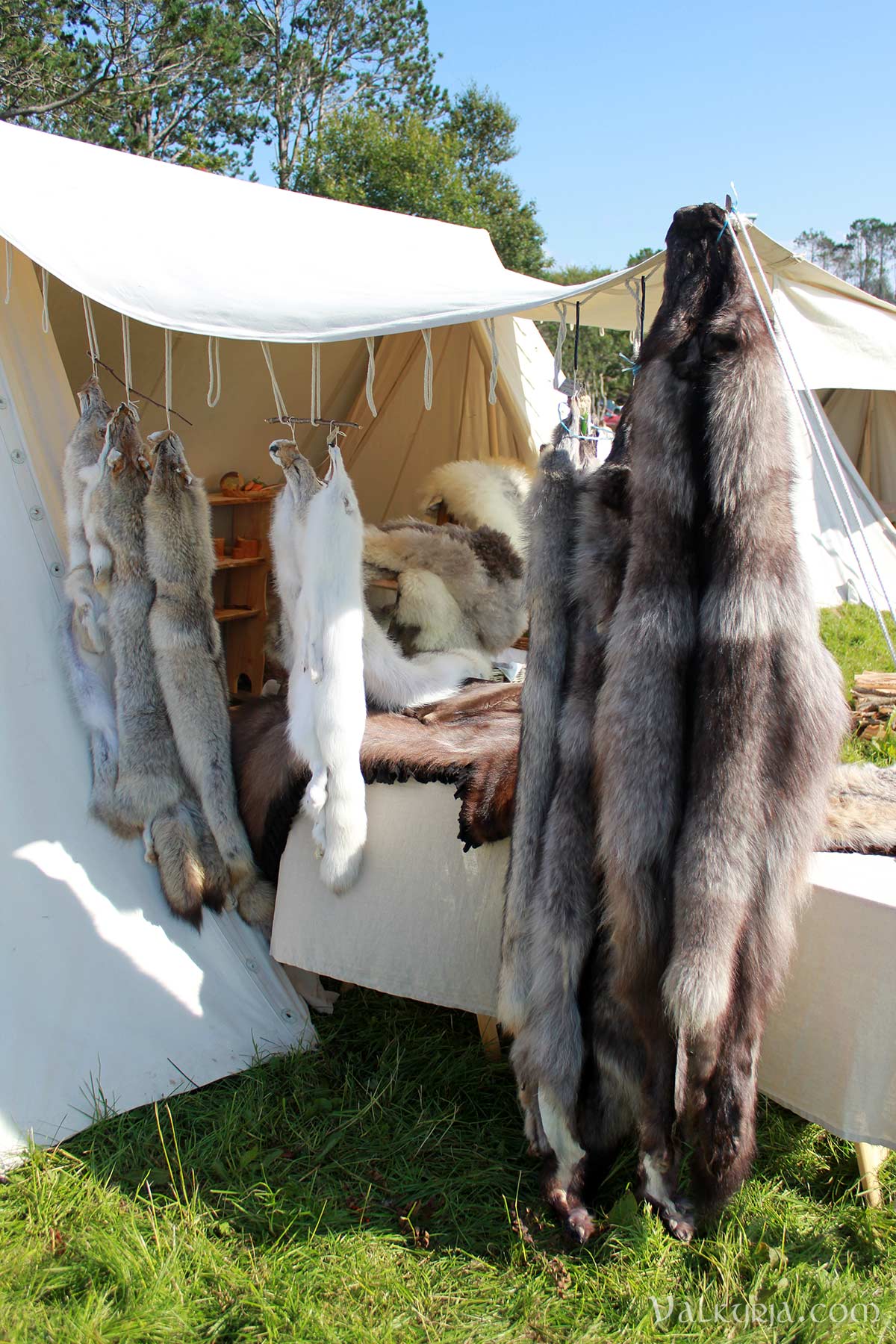
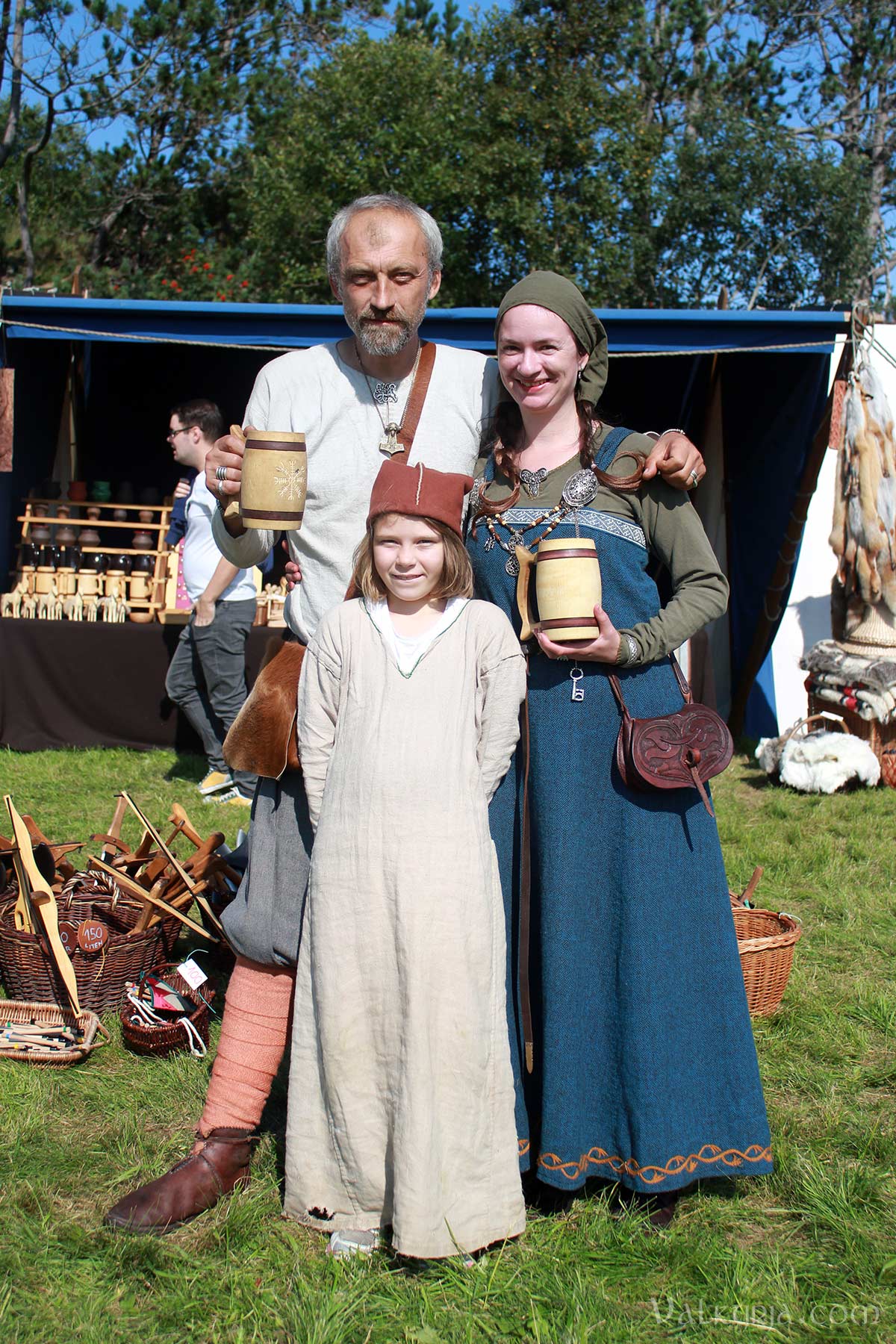



I went there with these guys, Silje & LC (here featured in one of his funny sitting-positions) ^^ We actually met each other at this market 5 years ago and—as you've probably noticed if you've followed this blog—have been close ever since! 
Speaking of good friends, Anja and Claus were also there :) 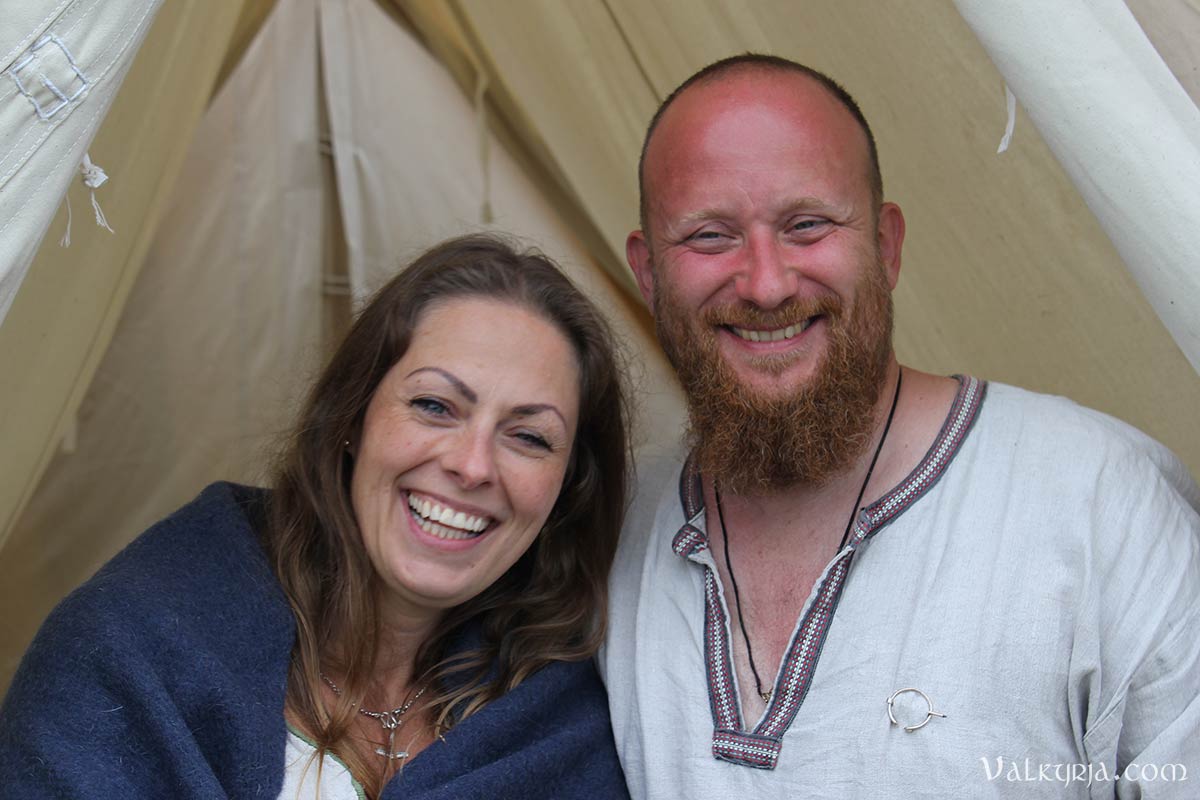
Tone, selling beautiful handicrafts such as handspun/woven fabrics, and handmade glass by Nordlys Viking. 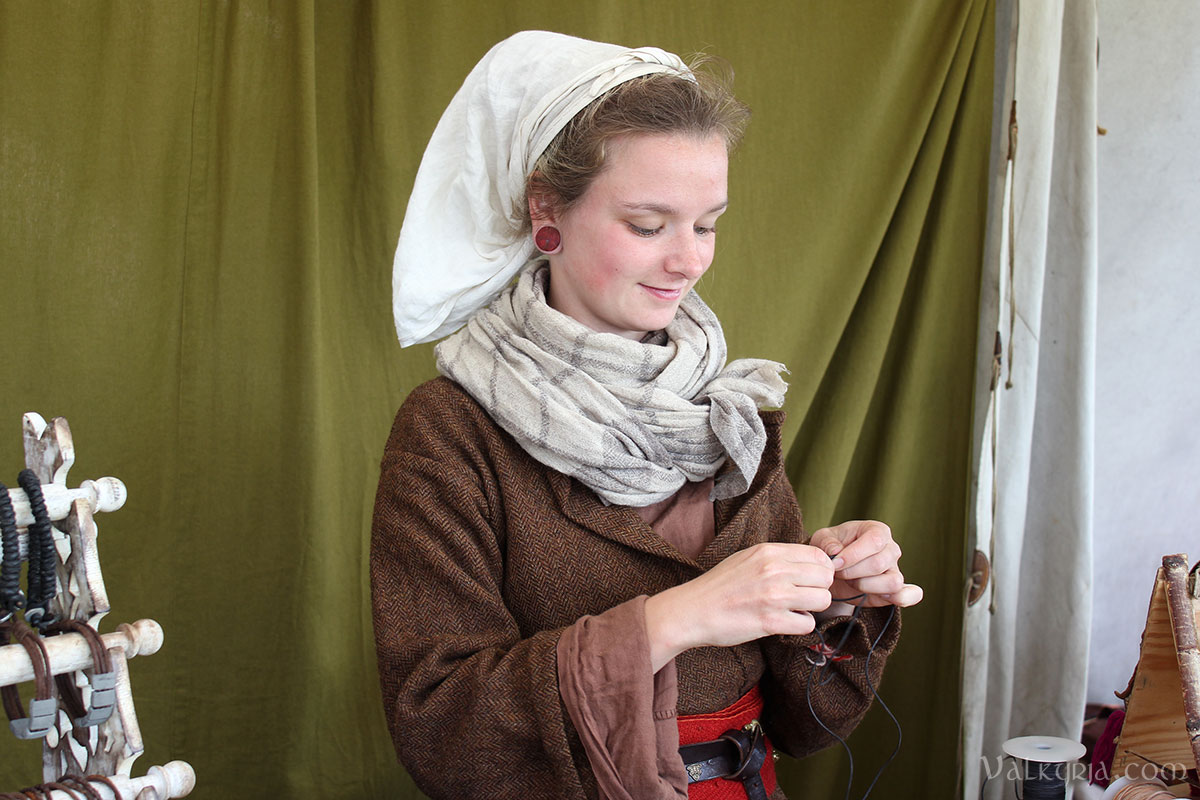
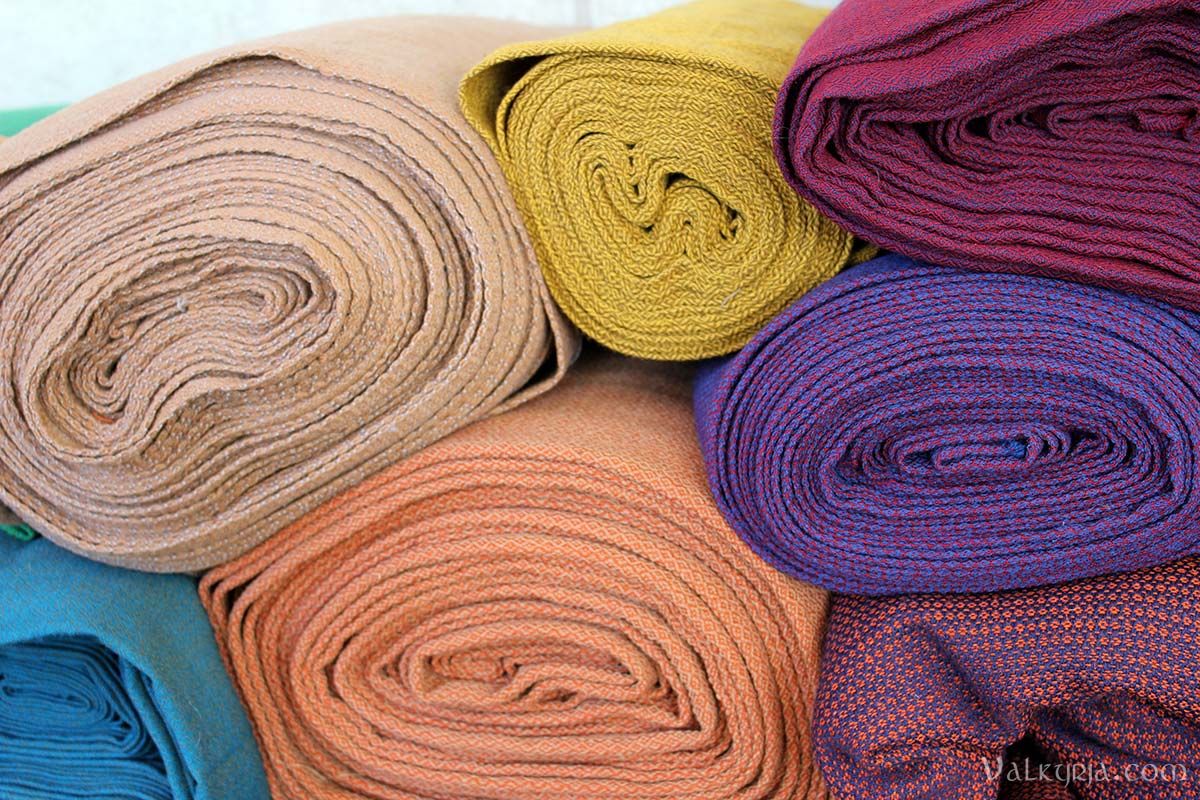
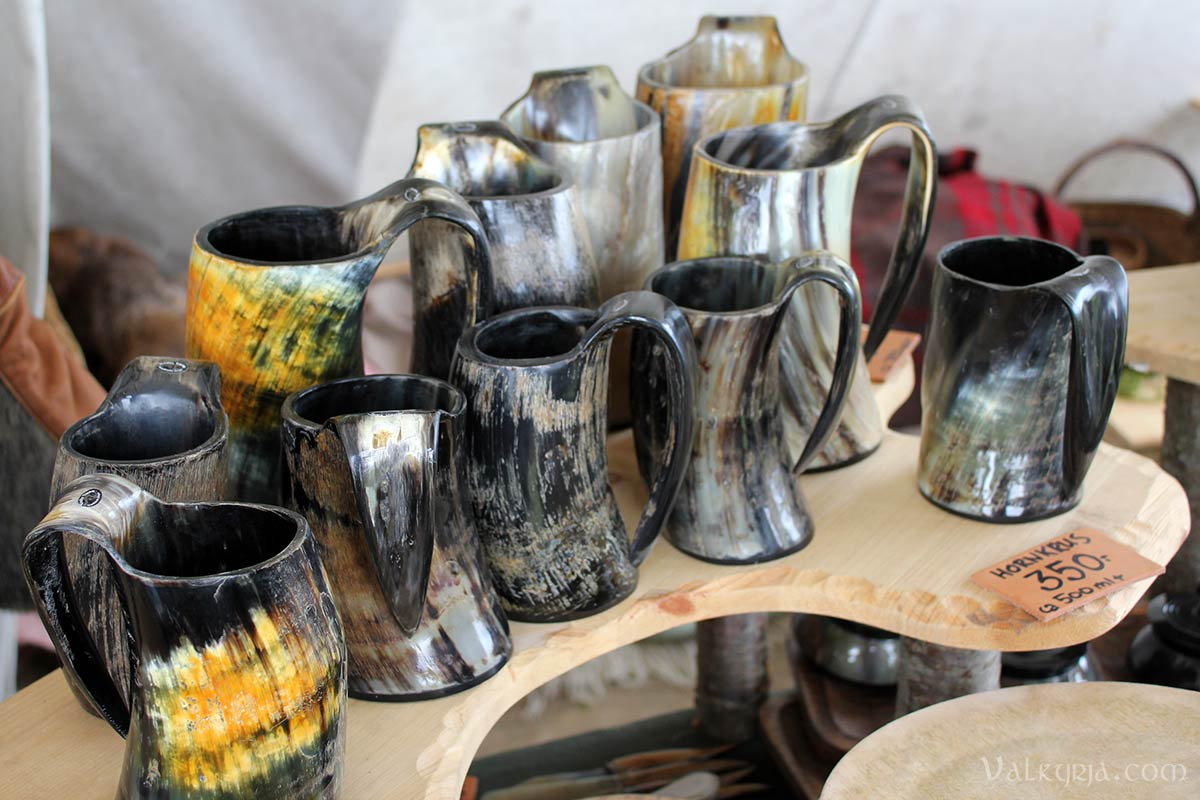

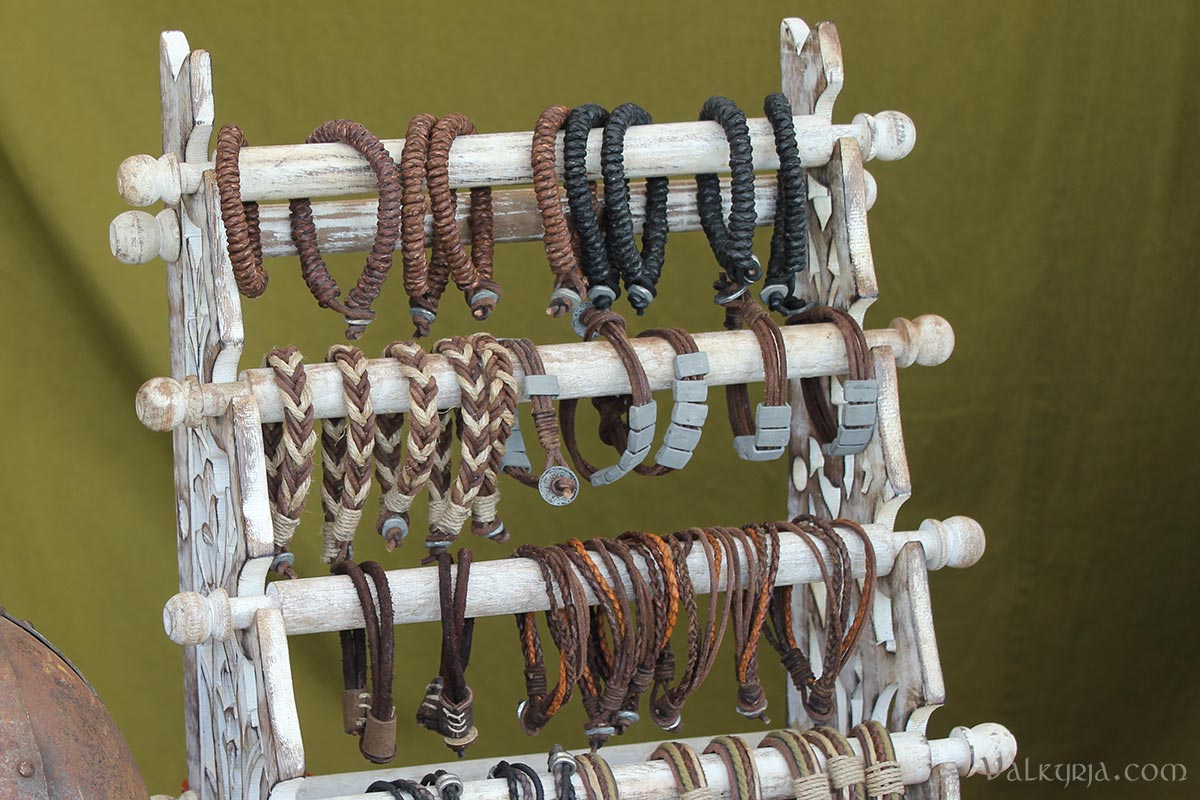
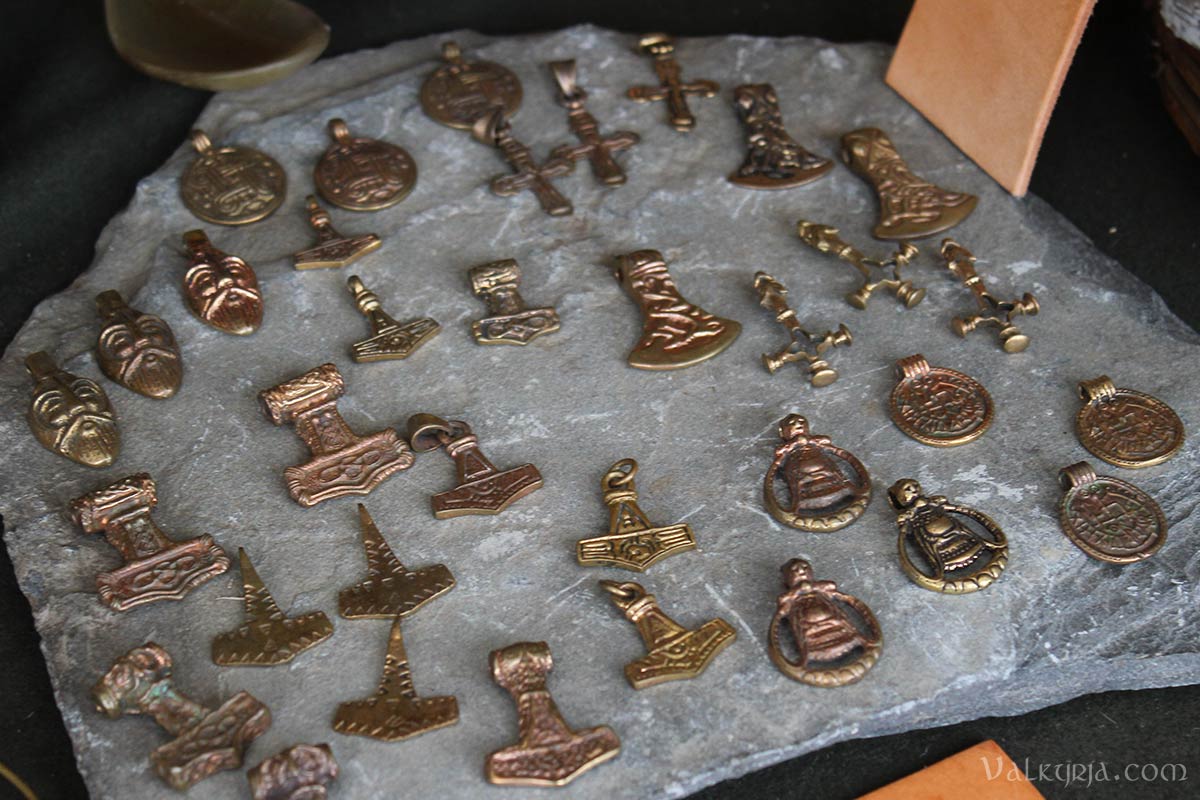
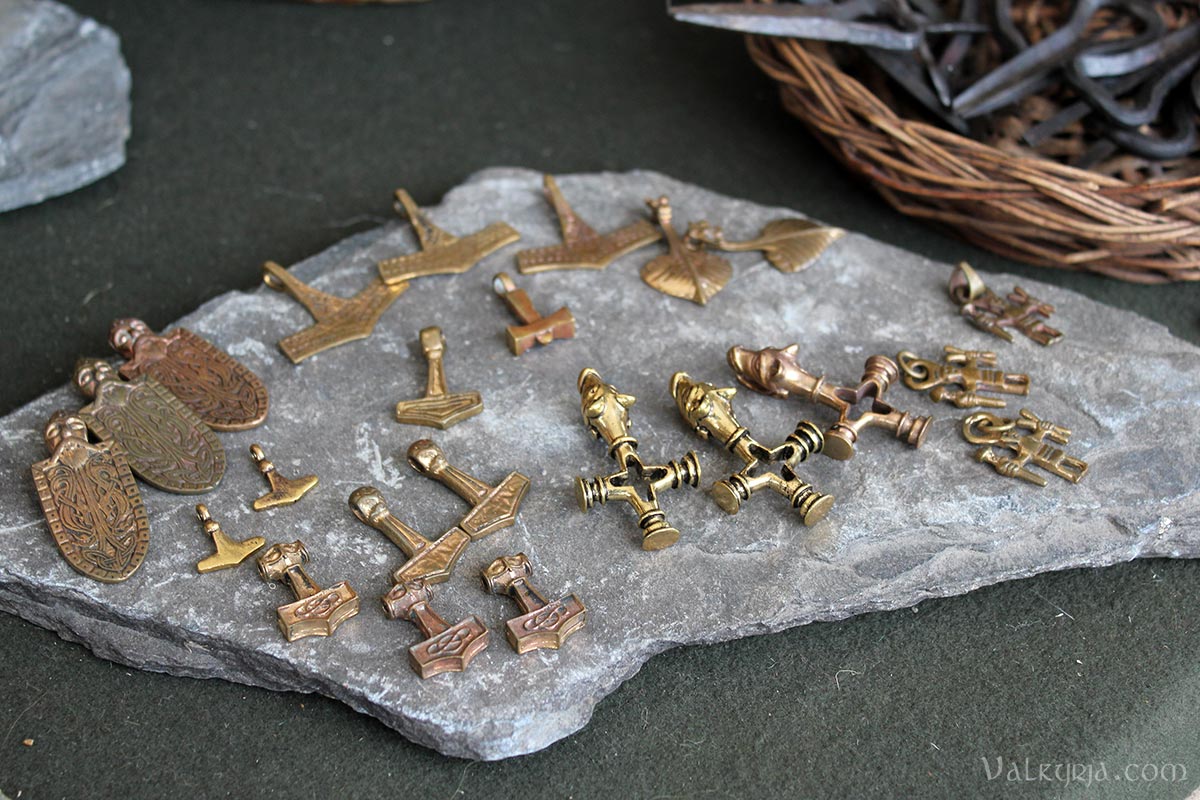



Aleks striking a pose...he makes such pretty woodwork, check out his page. 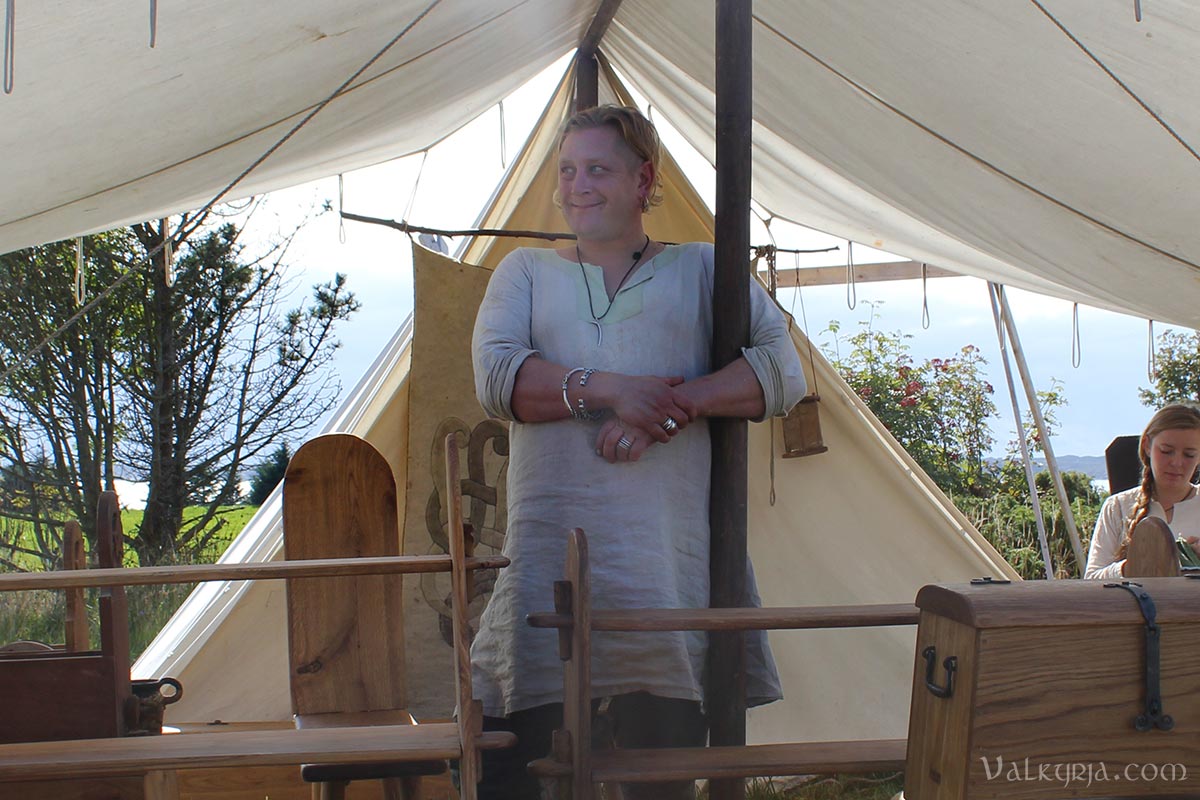
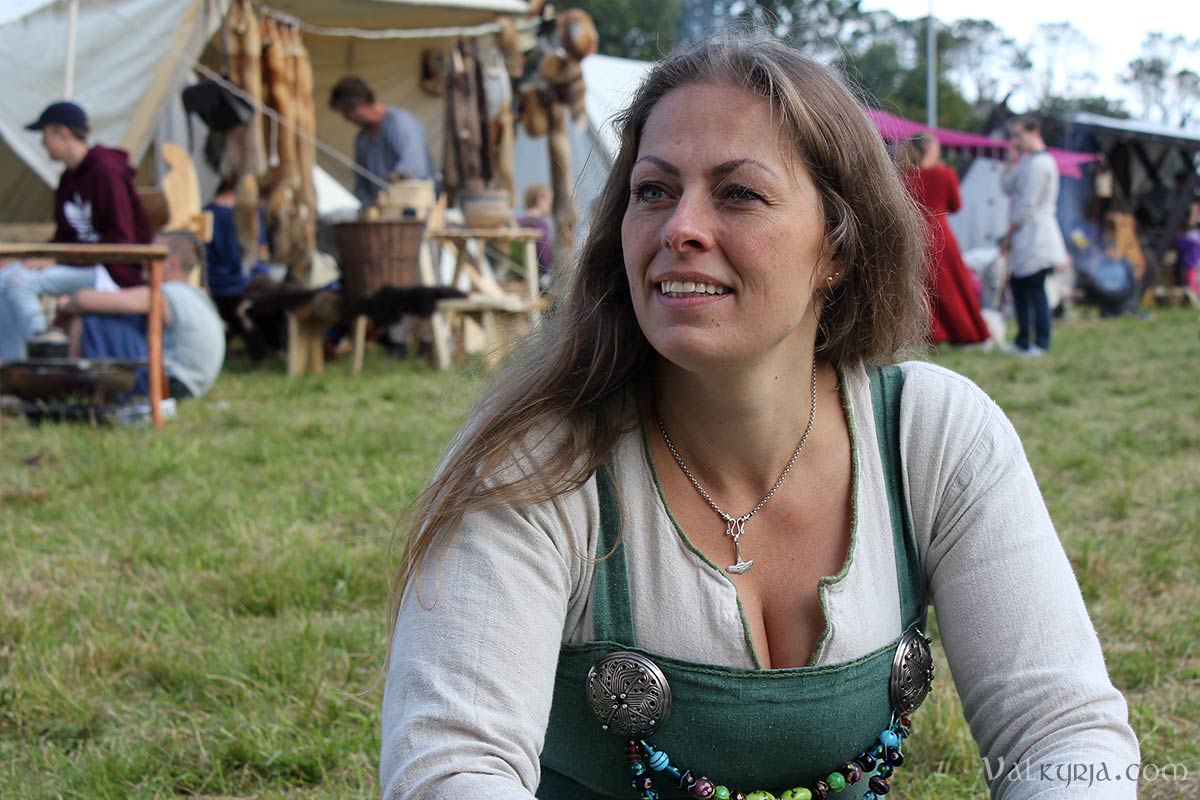

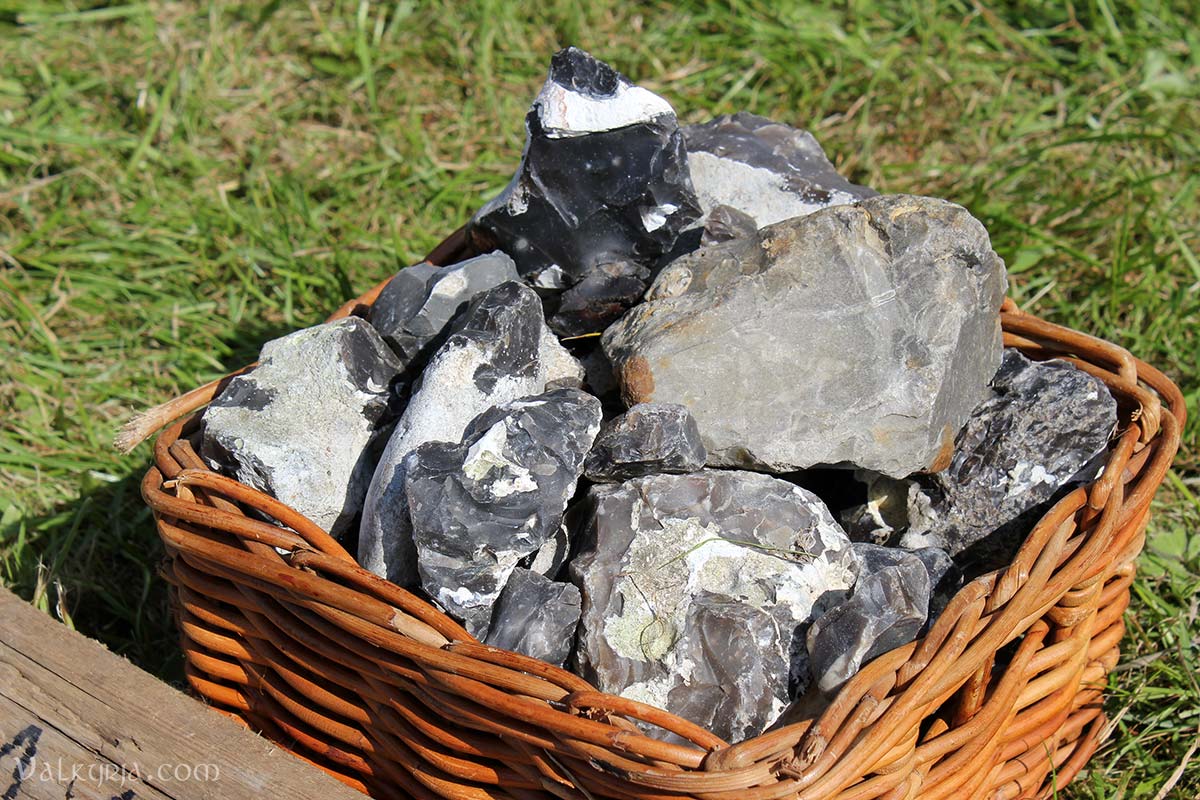
Siw, in her wonderfully elaborate outfit! 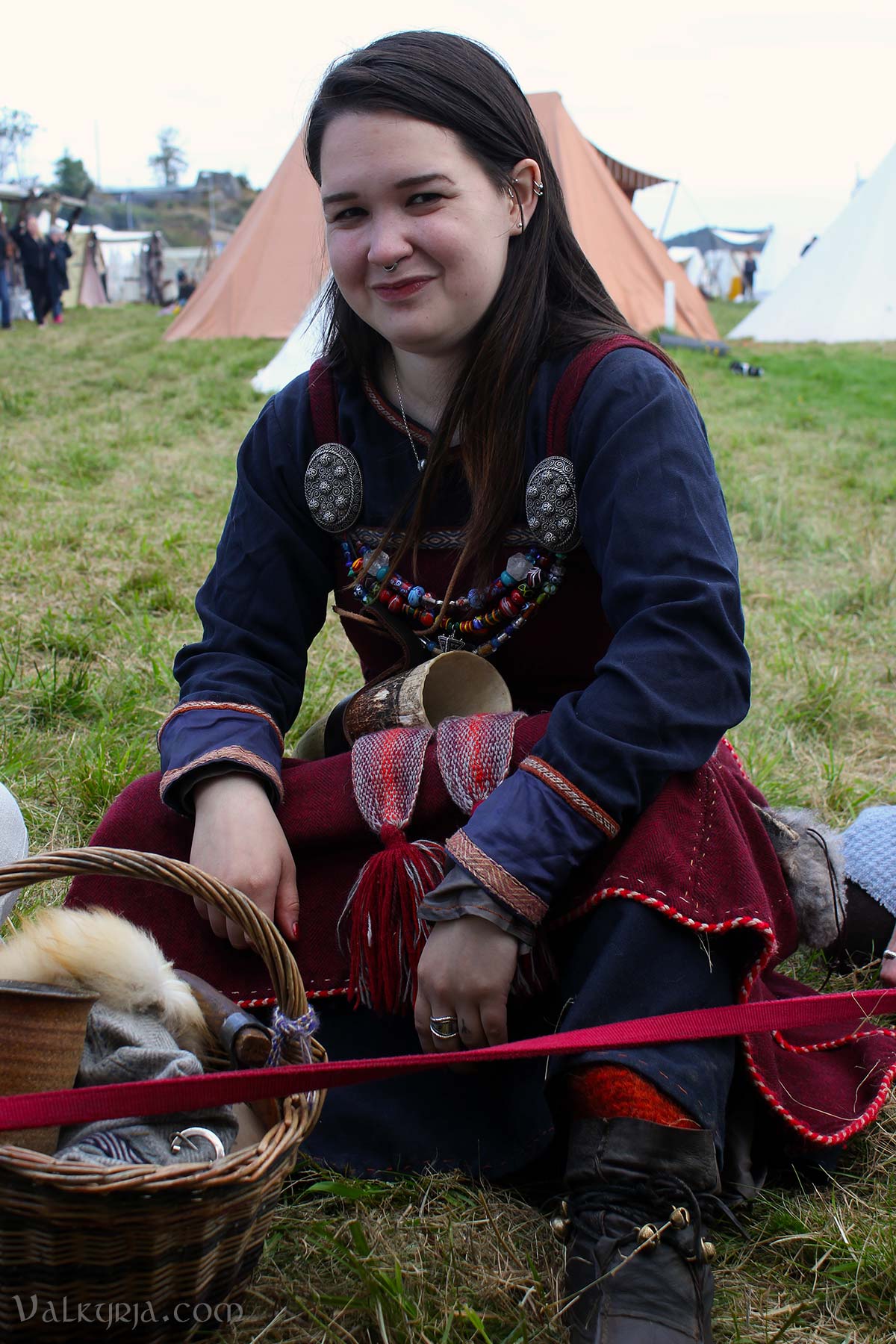
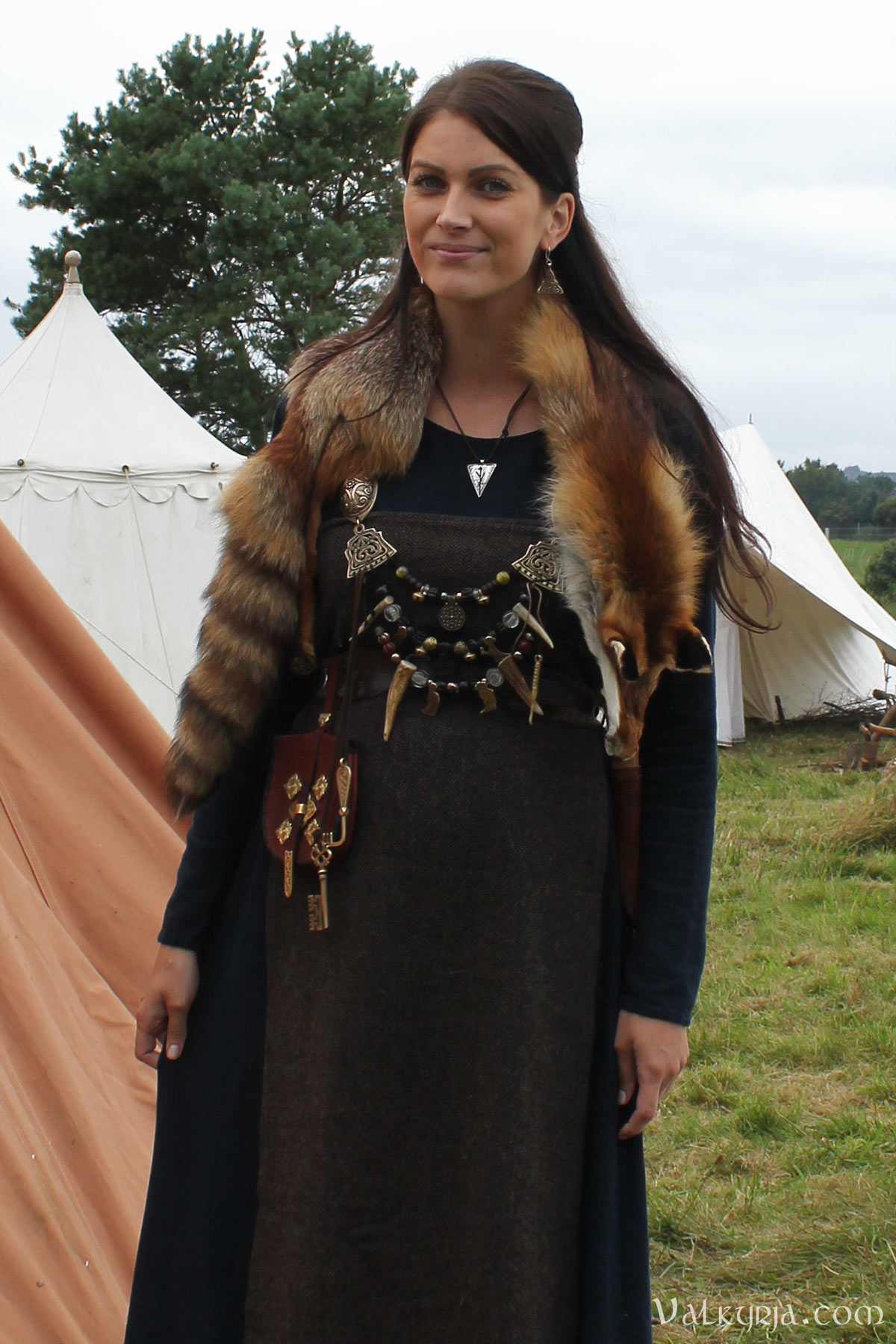
It felt strange to attend a market for a mere day and not stay overnight, but it was still really nice to be able to cram in a little more of market life before the end of the season. Yet while the end of summer is drawing near, we still have several Viking-related plans for the upcoming months, so I'll be seeing you around! Music: Pagan Folk - Collundo # Comments
This past weekend André and Aase Anita invited us to their lovely home in the forest at Møystadsaga for their fifth annual Viking meeting. This event is not a market per se, but a meeting for friends and fellow reenactors to come together to relax, and enjoy good food and company. ^^ 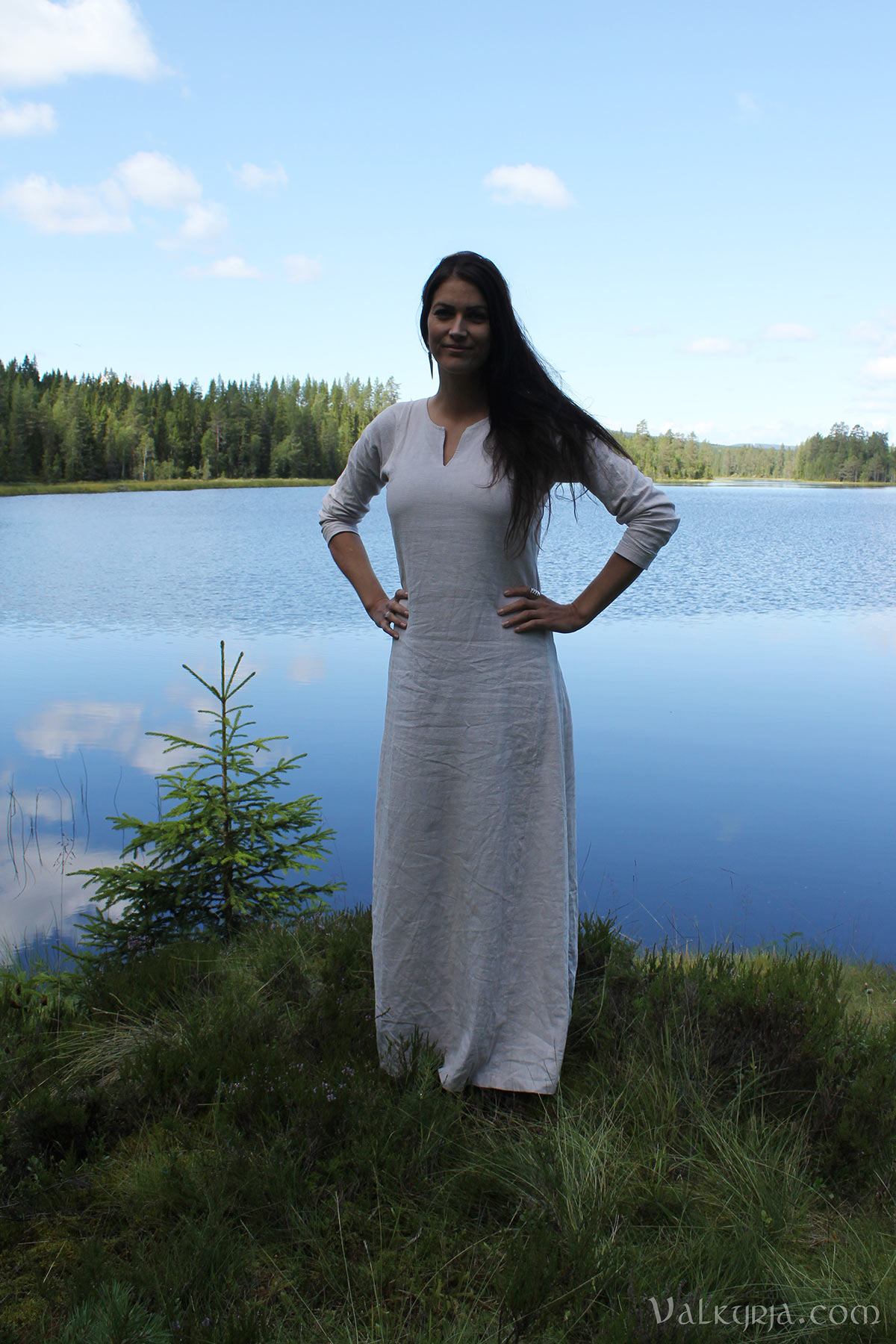
Their inspiring project, to build a Viking village, is growing each year. There, in between the tall trees in the deep woods in Eastern Norway, they have raised three sleeping houses for guests to stay in, an earth-house, a smithy, a smokehouse, and a stone-circle, by themselves and with help from friends. They've also made a covered firepit area, where we would gather in the evenings, with singing and drumming, and passing around all sorts of drinks and cured meat. 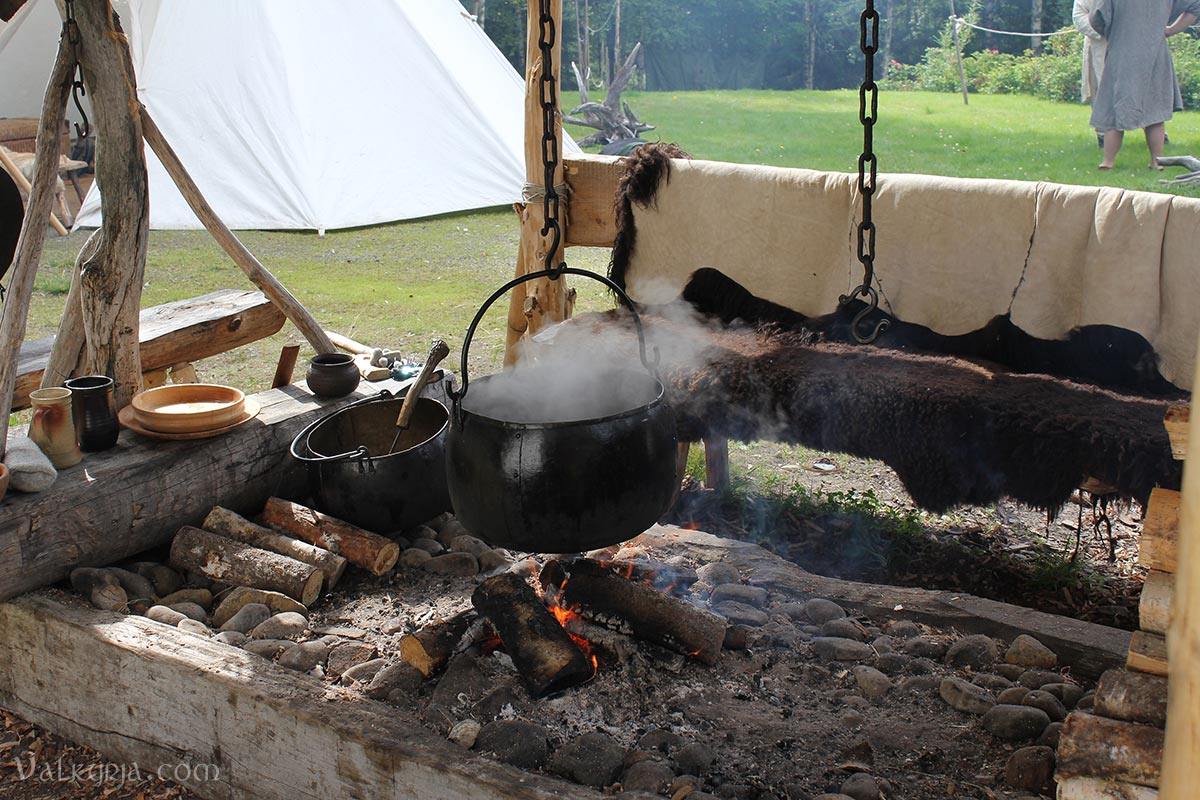
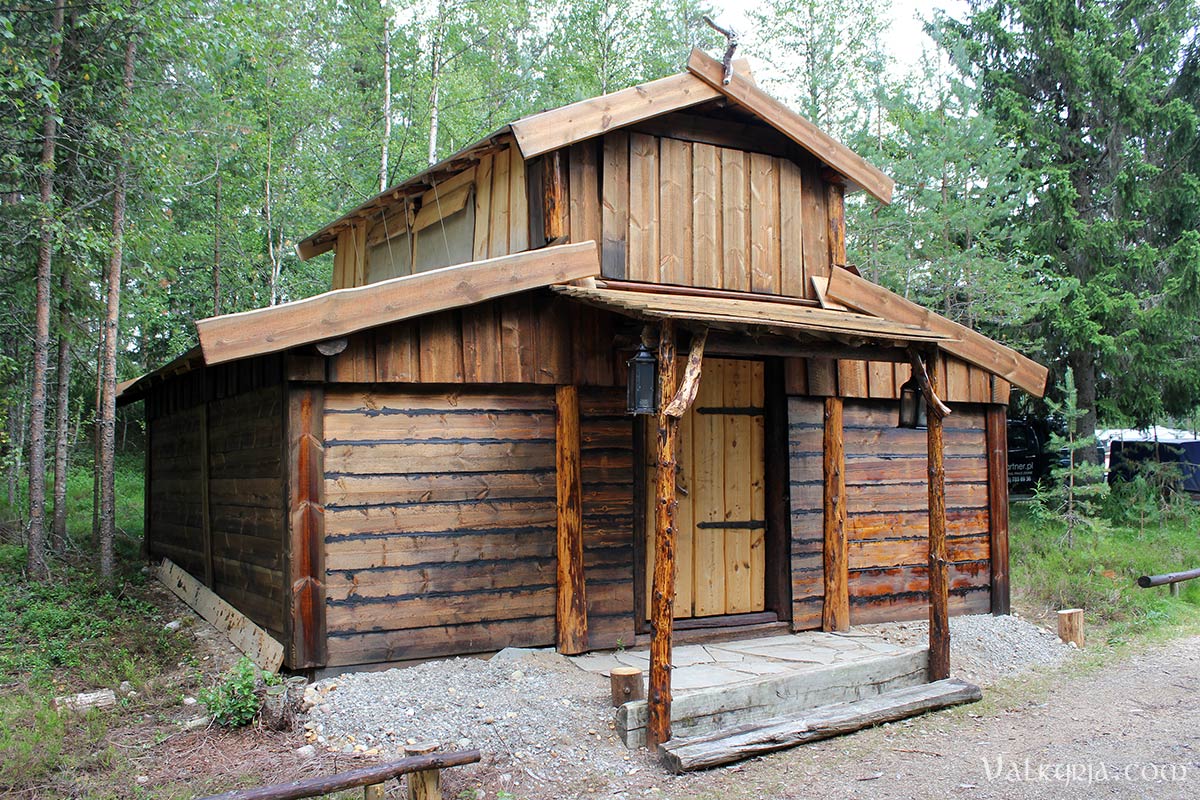
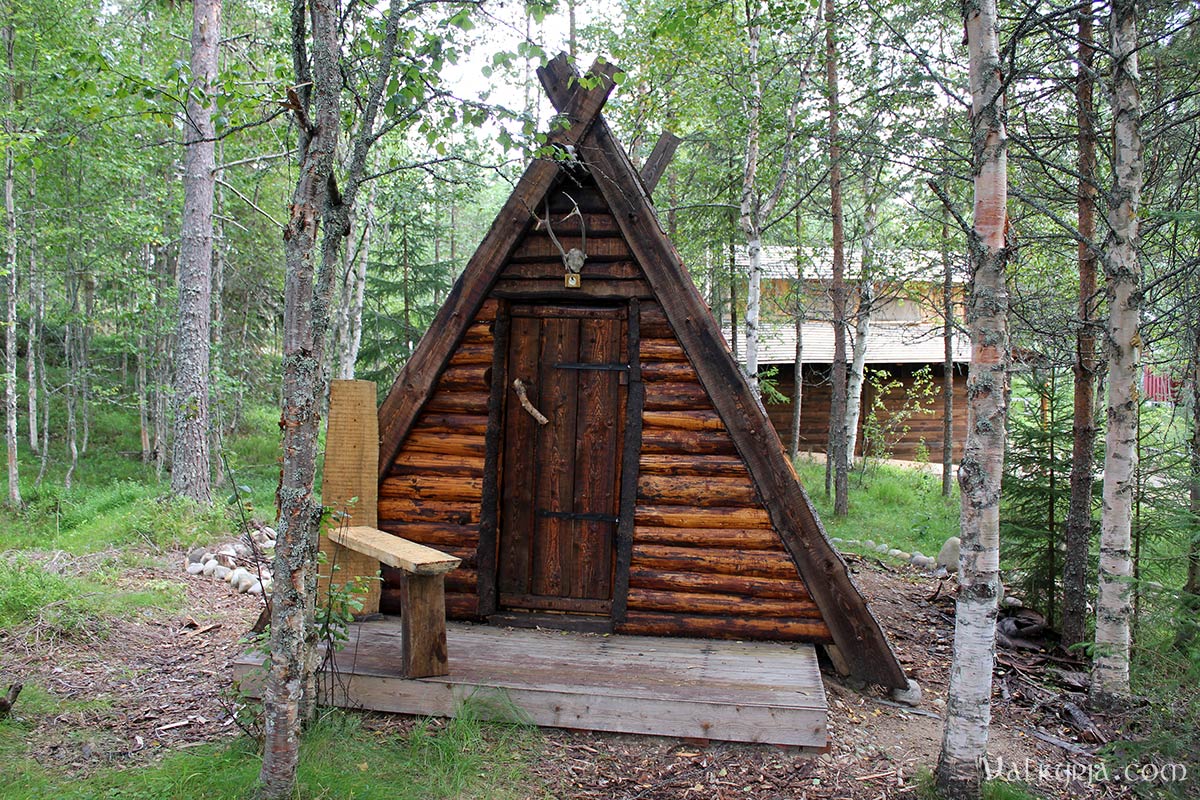



The weather was mostly good, with the exception of Saturday night, when we could see a ominous black cloud approaching while we were by the archery-range. A few moments after seeking cover the rain-storm followed, and the evenings blót that had been planned in the stone-circle had to be cancelled. But we enjoyed a lovely feast that night, and the menu (which André actually—and quite comically—had to shout out loud in order to make himself heard over the thundering rain), consisted of chicken soup, smoked salmon, and deer with smoked whiskey salt. :) Our host and chef, smoking the salmon for the feast! 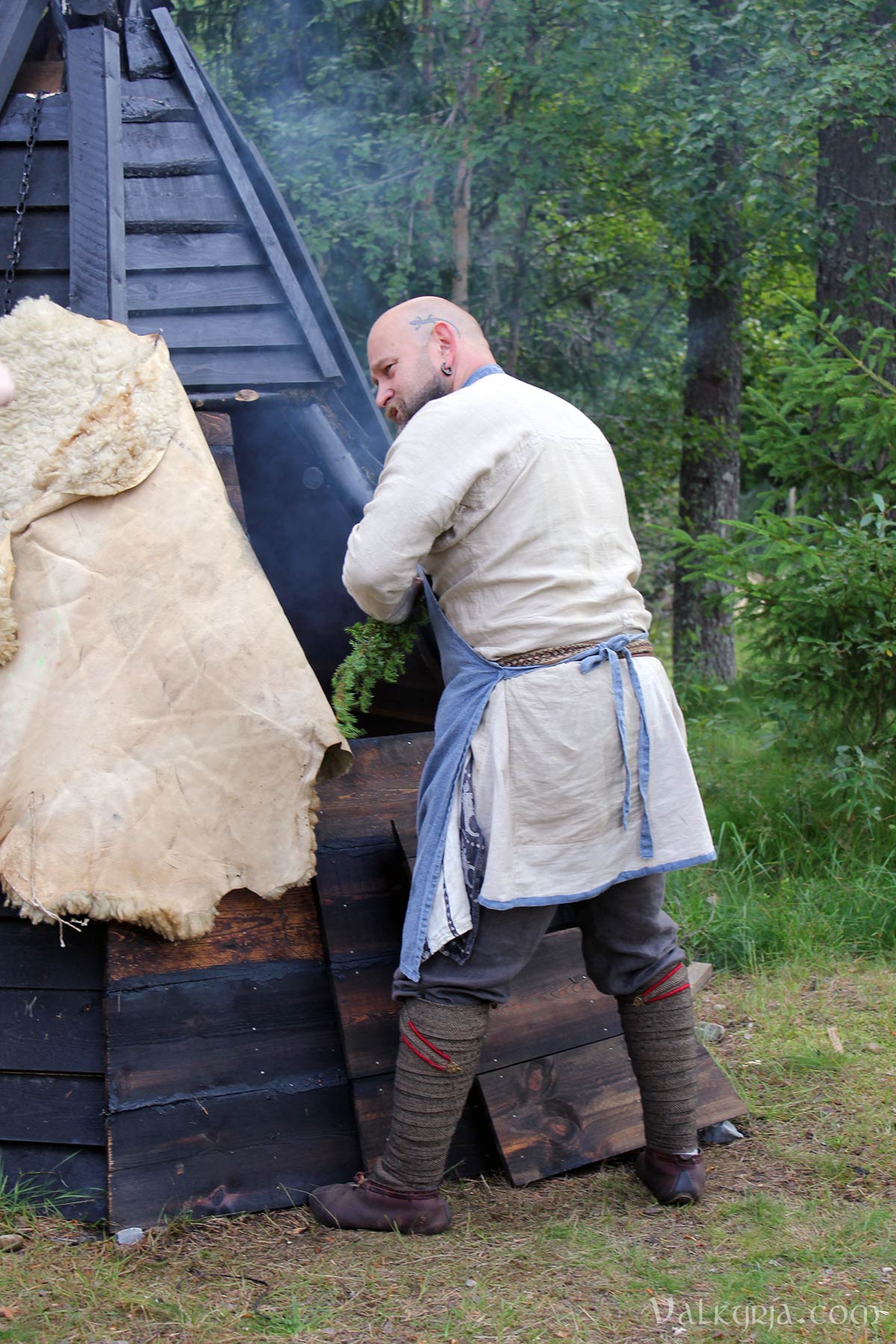

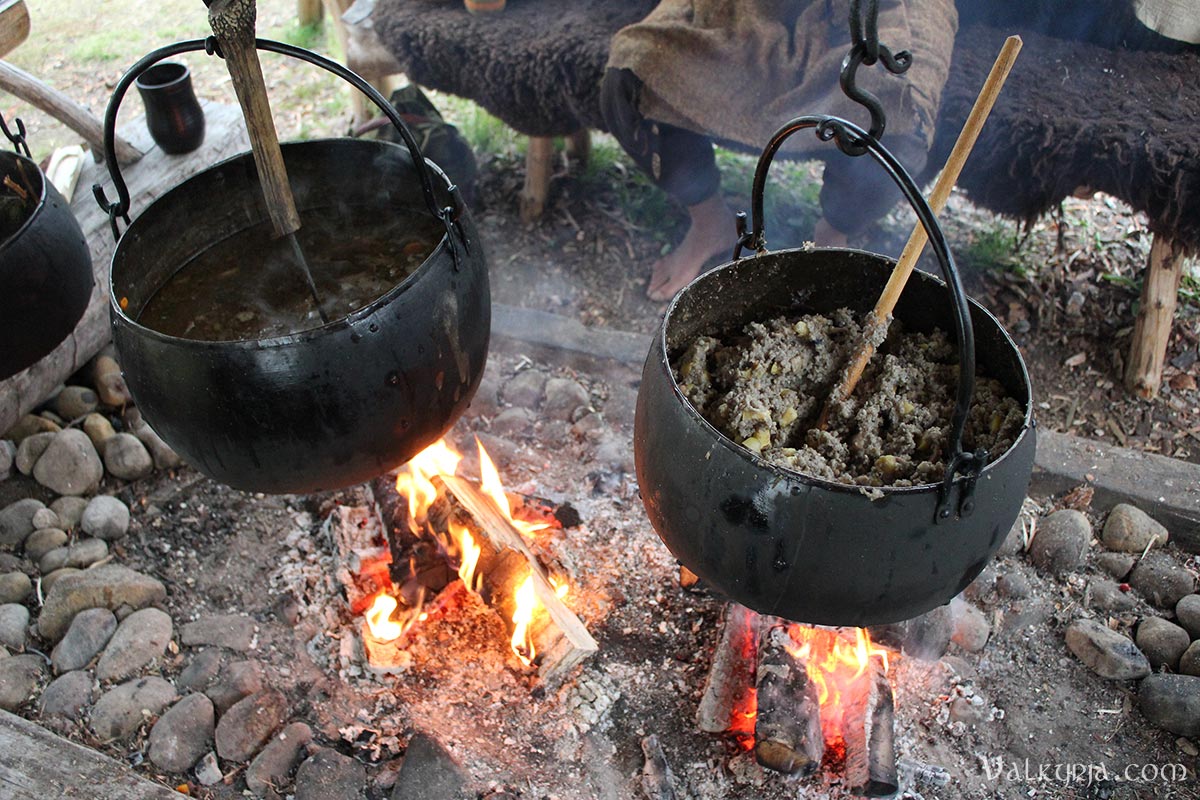
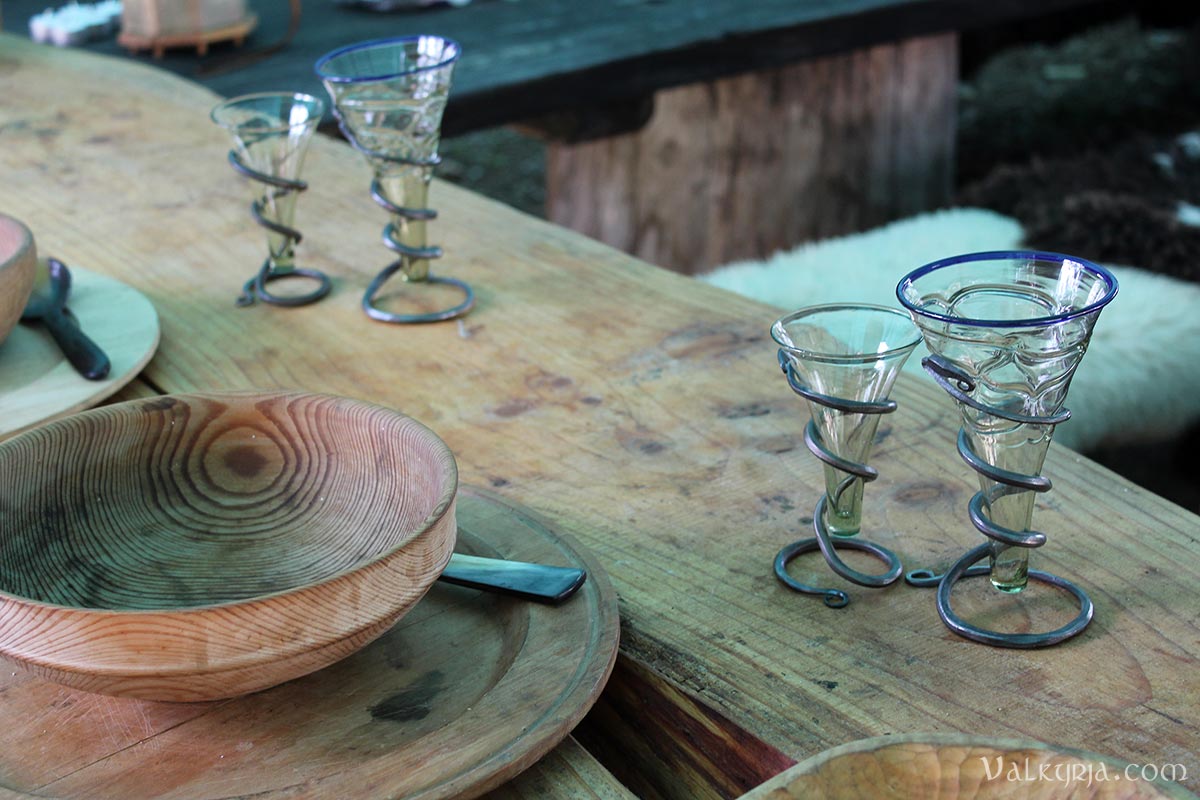
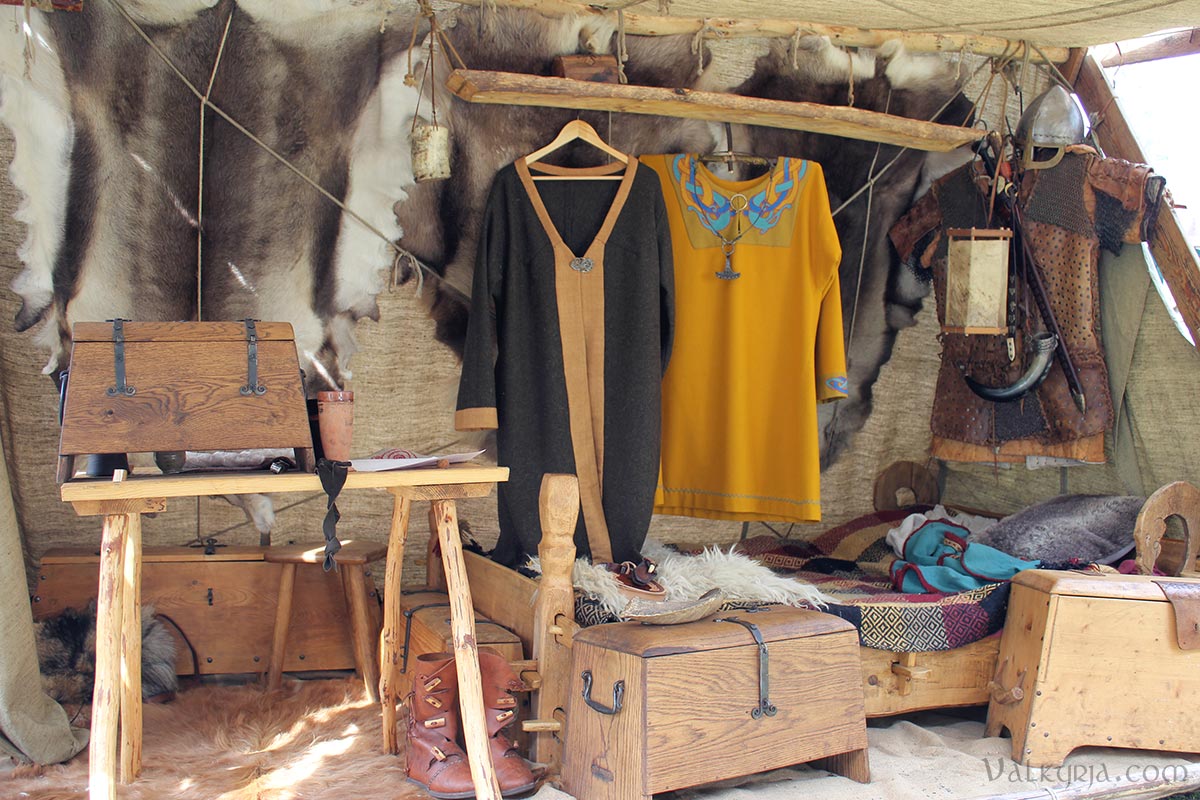
Christian the bowman ♥ 

Michael and little Vendel, among the new friends we met during the weekend :) 
The runestone that was raised last year: "From Johannes to Møystadsaga, Gunnar carved". 
Sweet Margrethe and Joachim in the stone-circle! 





Thank you Møystadsaga for another great meeting, for the hospitality and warm welcome! Until next time :) 
# Comments
A few shots from last week, where we travelled back to Iceland. We just got a new cabin there, built on a piece of my grandparent's old land in Snæfellsnes. We had a great week in the sun and the wind, travelled around the area to enjoy the nature, and met my big family for our annual reunion. Hoping to spend more time there next summer, and take more photos! 




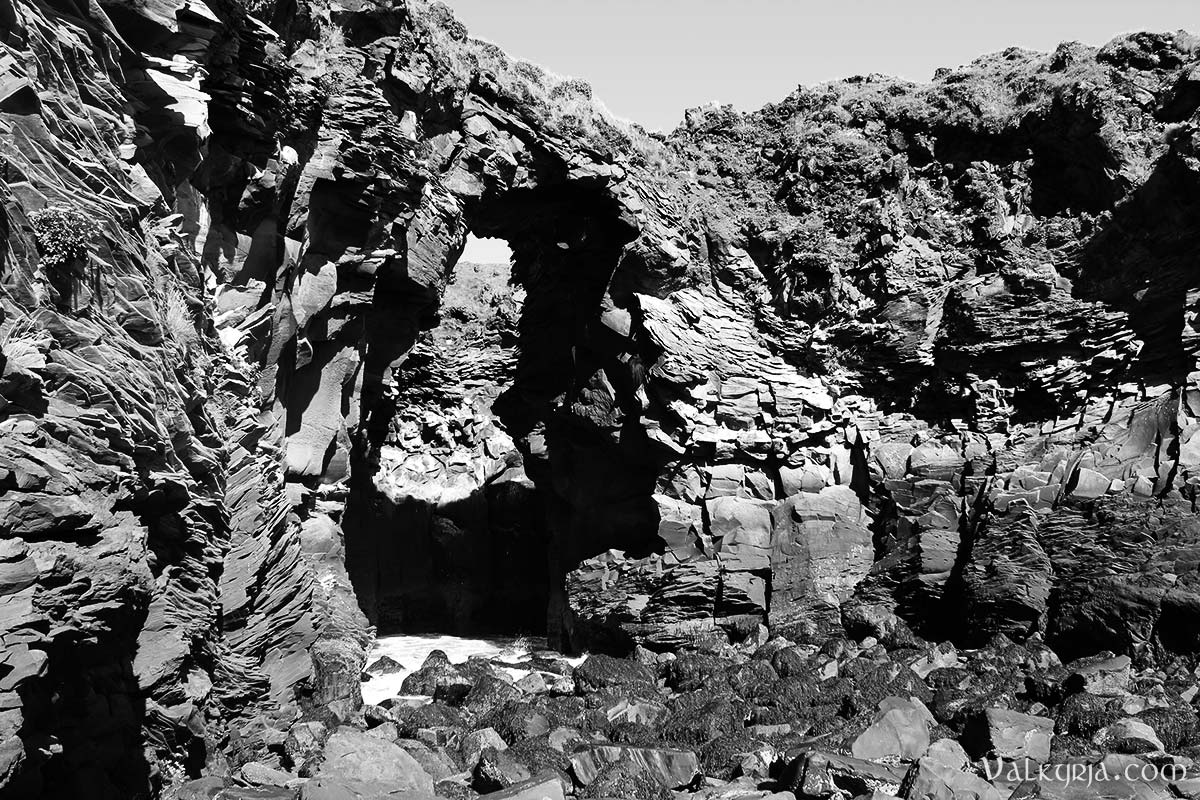
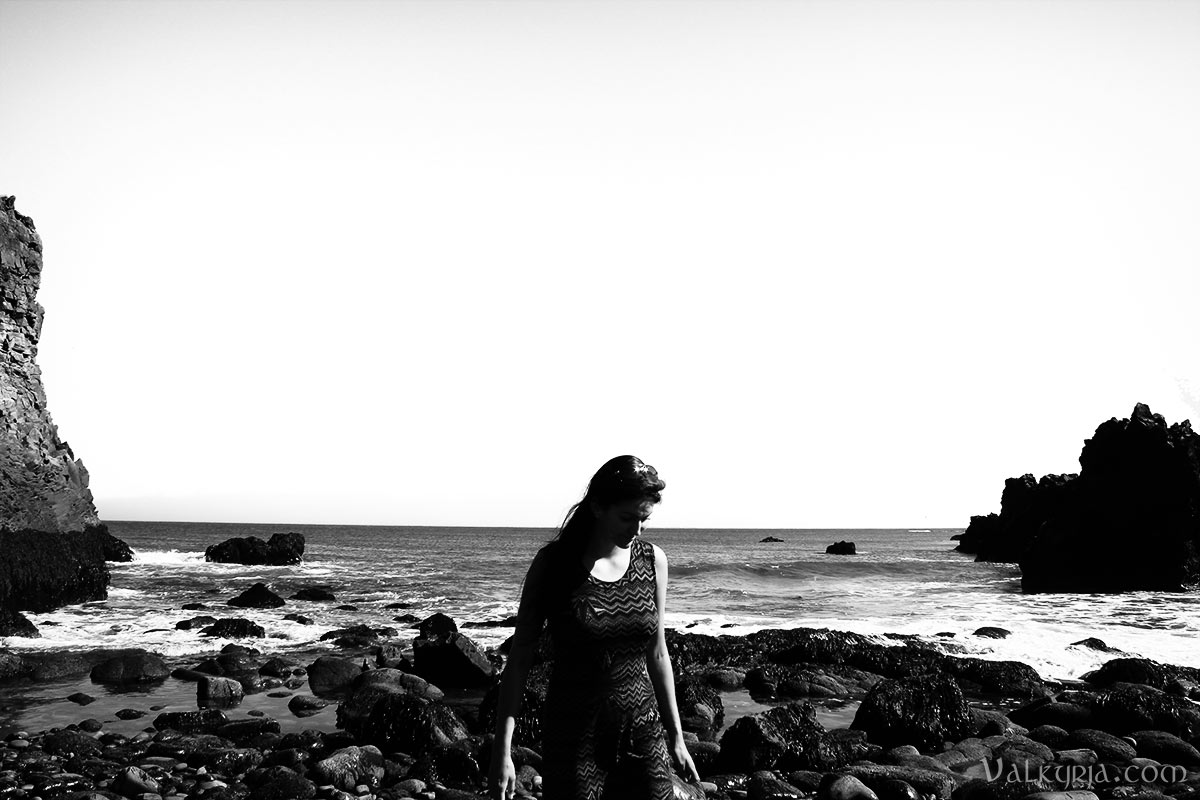


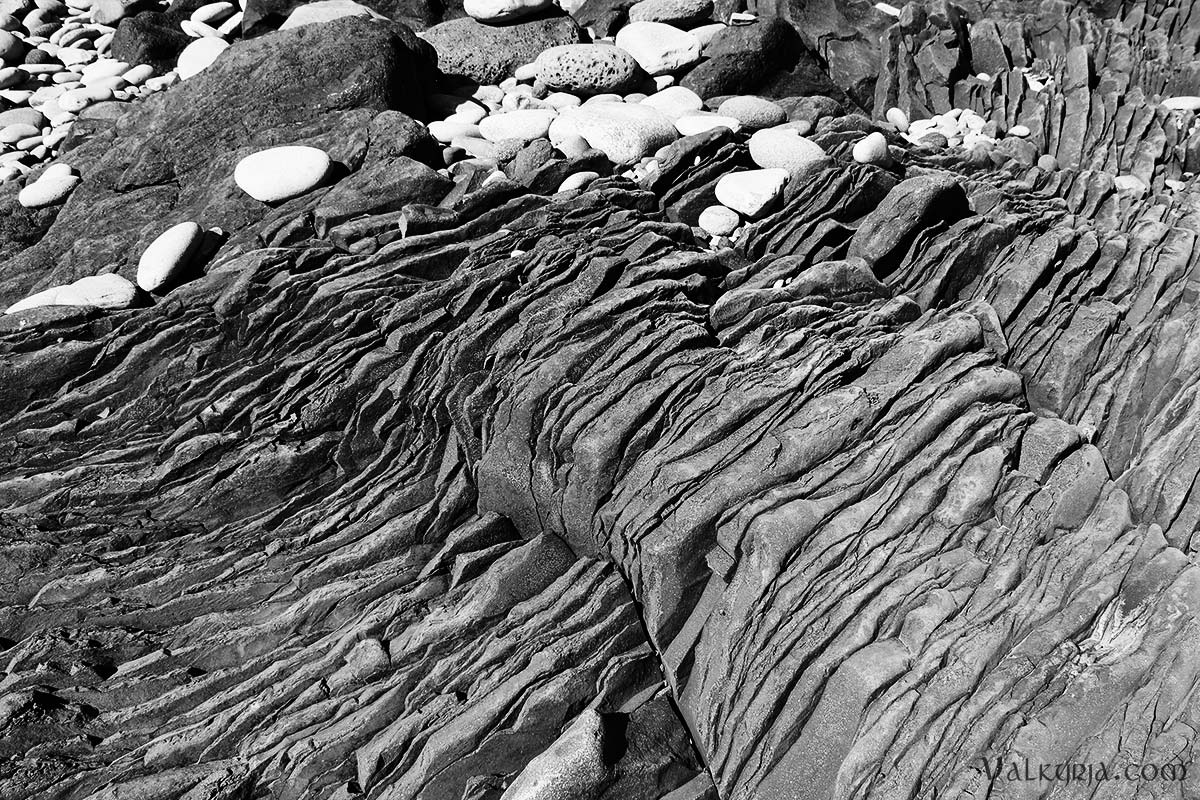



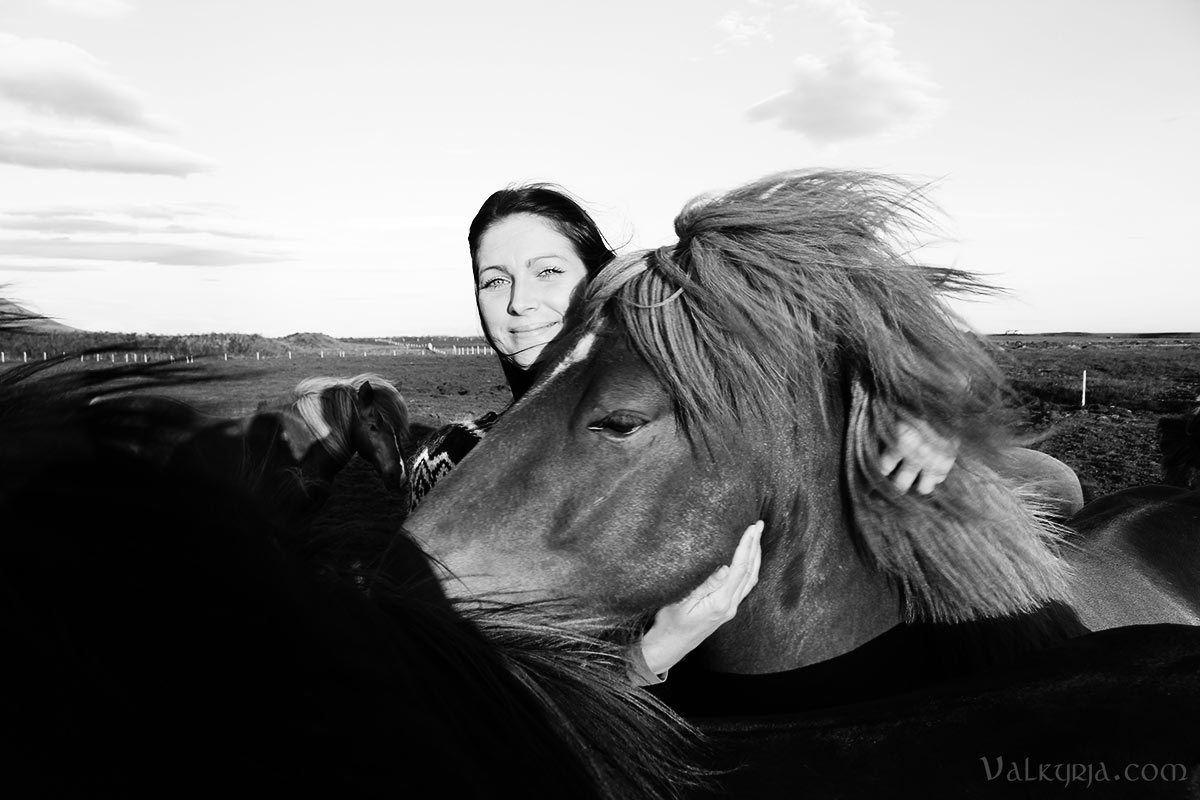



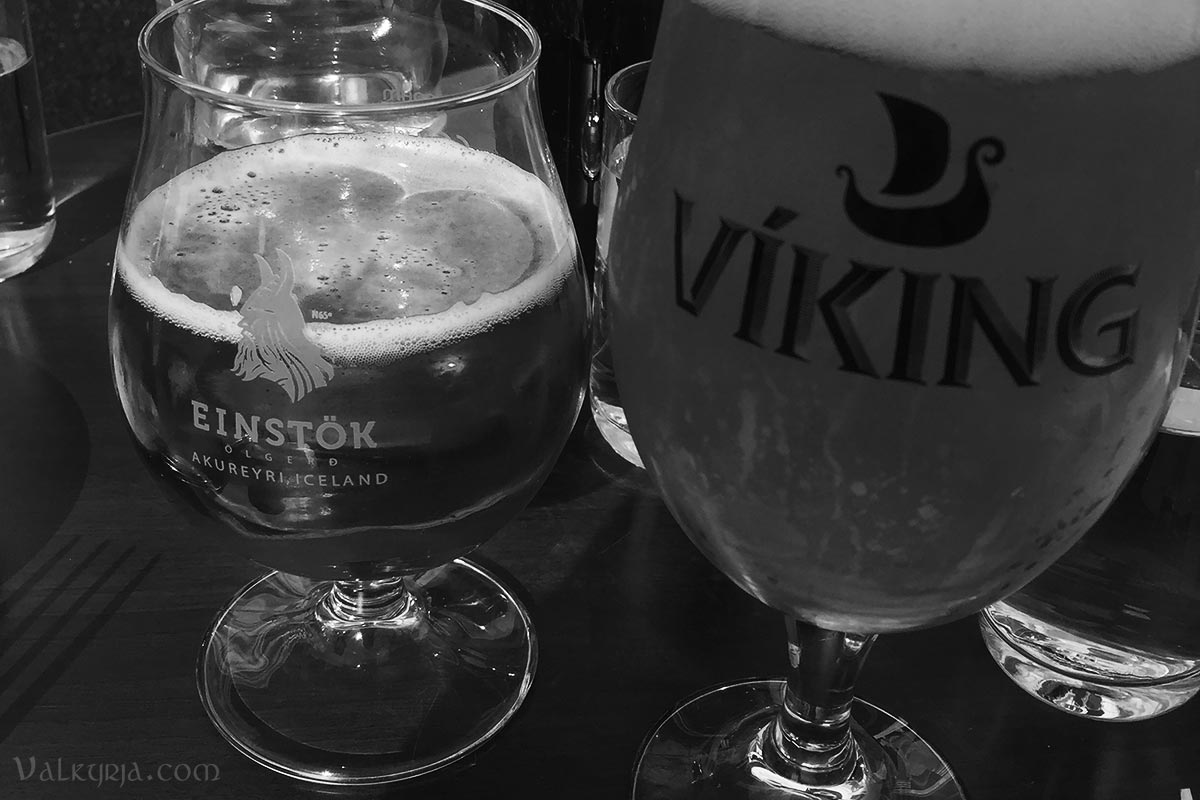



# Comments
Every summer for the last six years I have travelled to Gudvangen Viking Market in July, to live in the beautiful "valley of the Gods" by the Nærøyfjord in Western Norway. This year was however quite a new experience, as the people in Njardar Vikings who host the event are making big things happen — building a Viking village there that stays open for visitors from June through September! Lots of buildings with wonderful carvings have been raised already, including a chieftain house, and many smaller houses with little gardens where Vikings and tradesmen live, share their stories, and sell their crafts. 
We arrived Tuesday and stayed until Sunday, and the weather was great. :) We enjoyed walking barefoot in the grass and living in our dry linen tents (you learn to appreciate that after a few really wet markets — even though our tents stay waterproof, packing and drying them is a real hassle!). I had received a light linen dress from Klesarven which was a blessing in the hot summer sun. 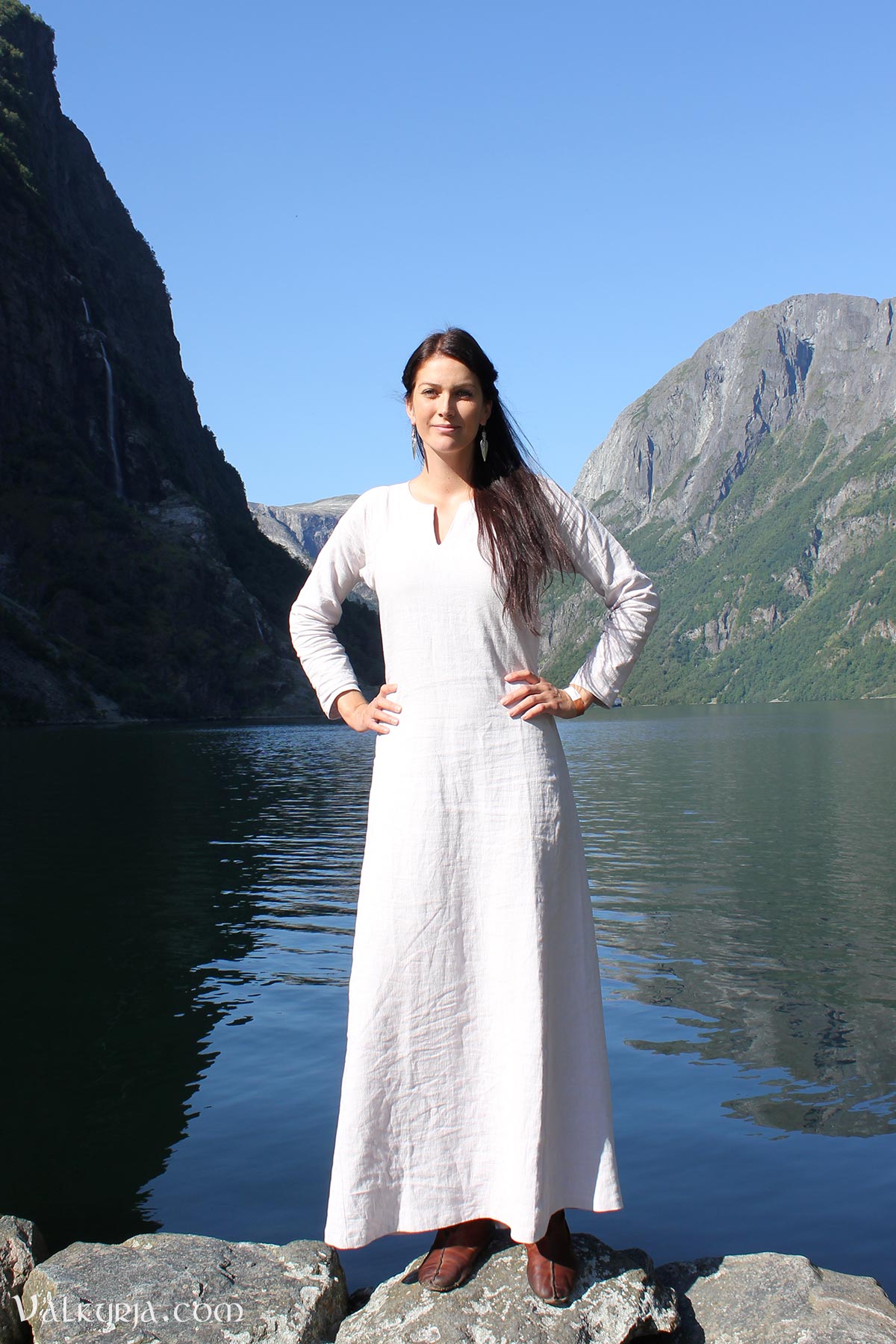
Life in the village... 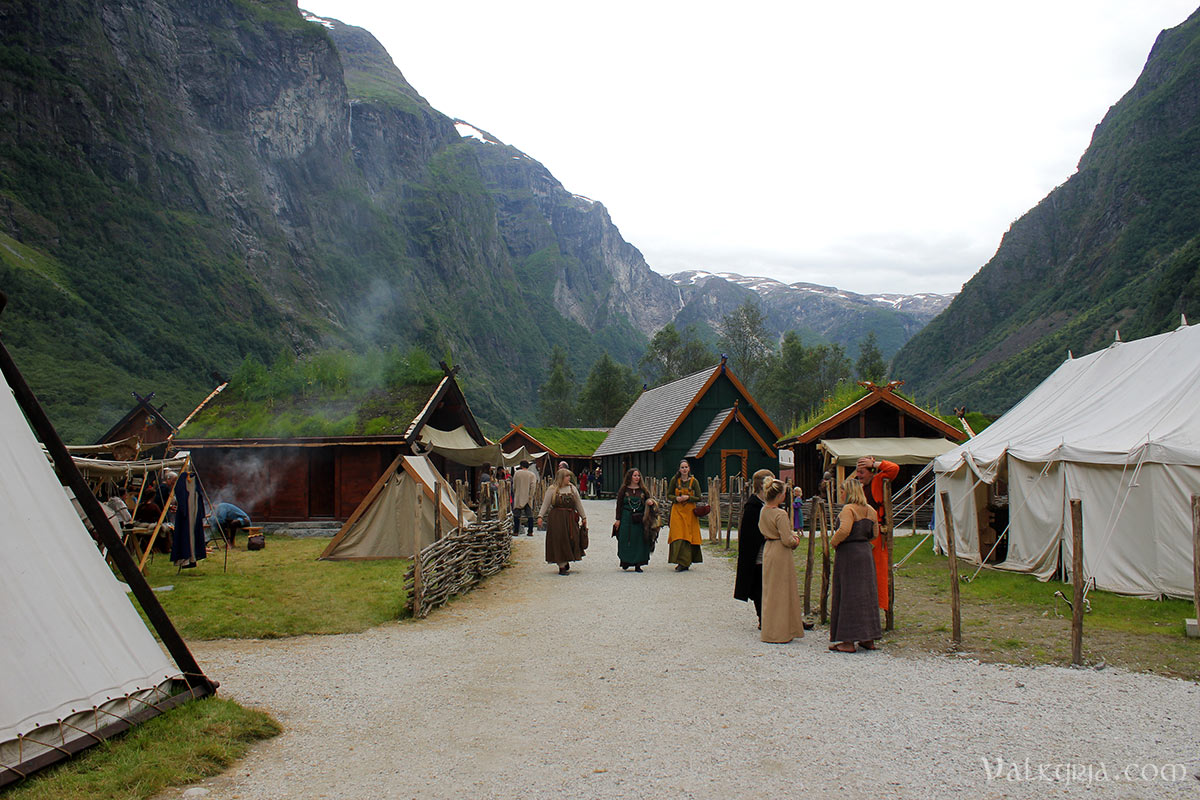


Tablet weaving. 

Leg wrappers/winding bands, used with the poofy Rus-trader style pants. 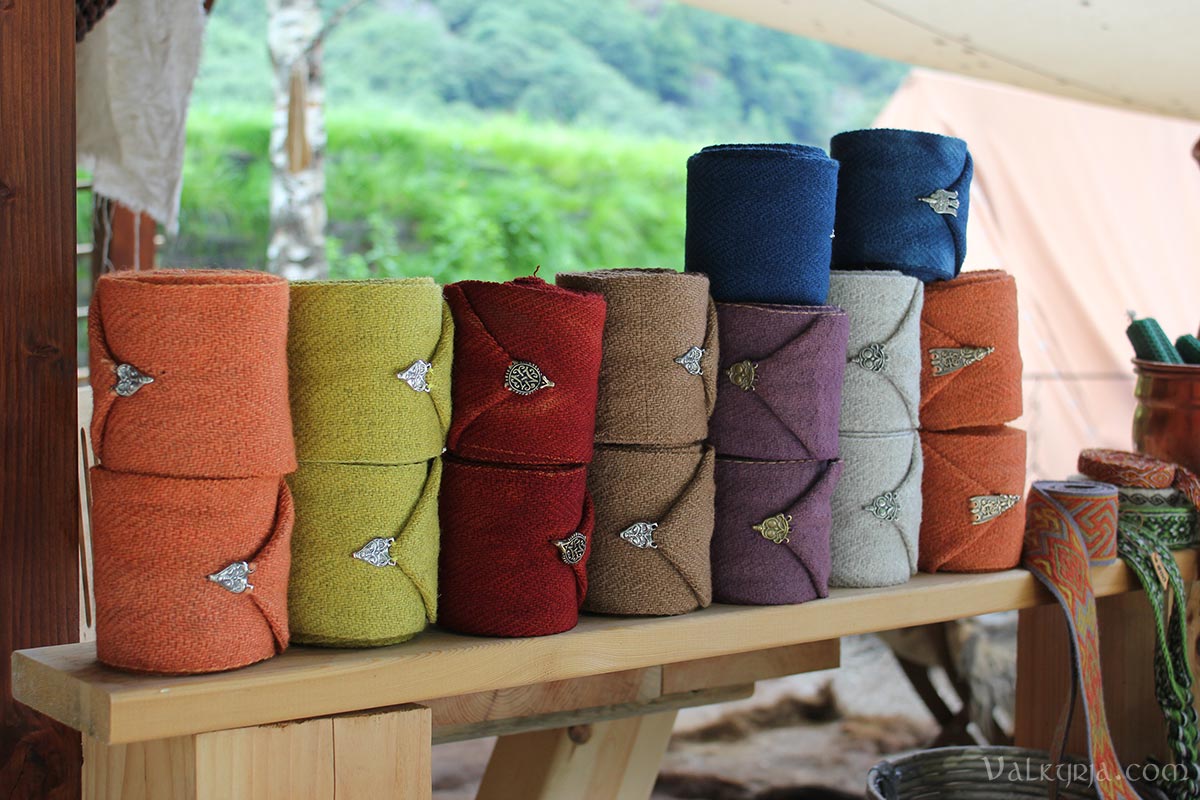




My brother Steinar :) 


Posing at the beautiful entrance of the chieftain's house. 
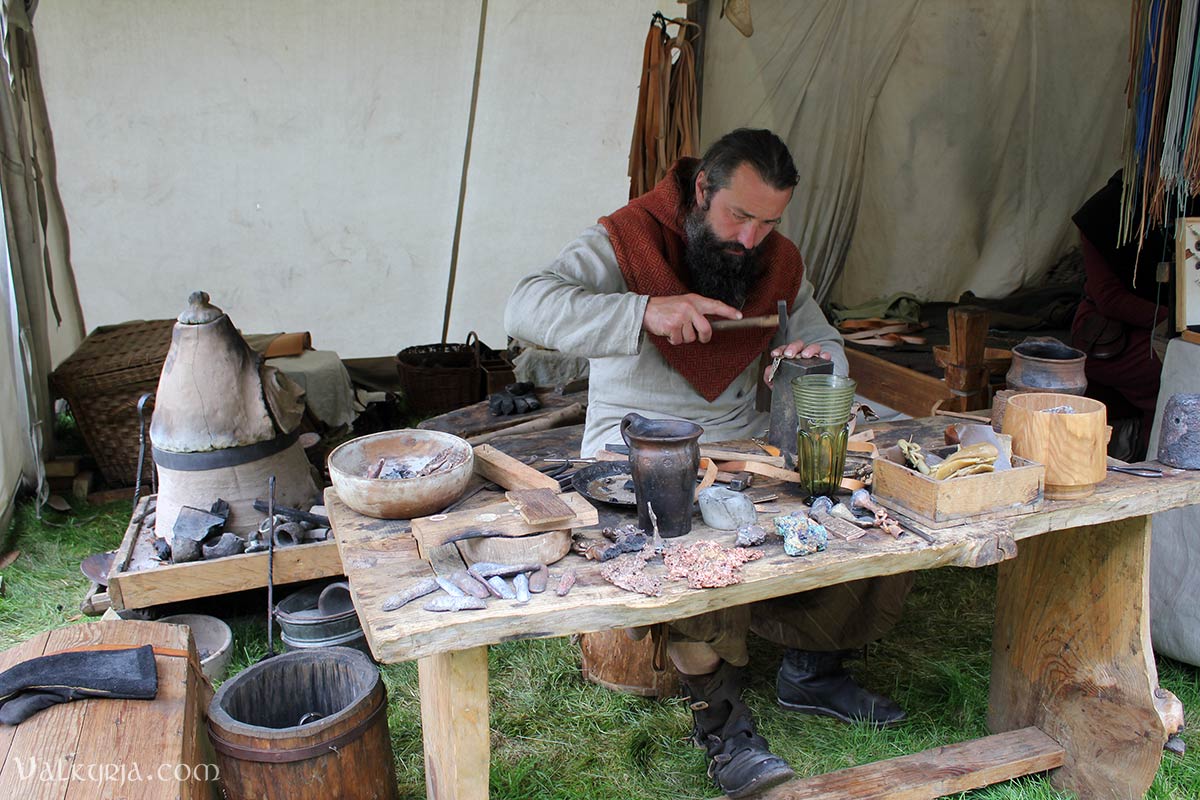
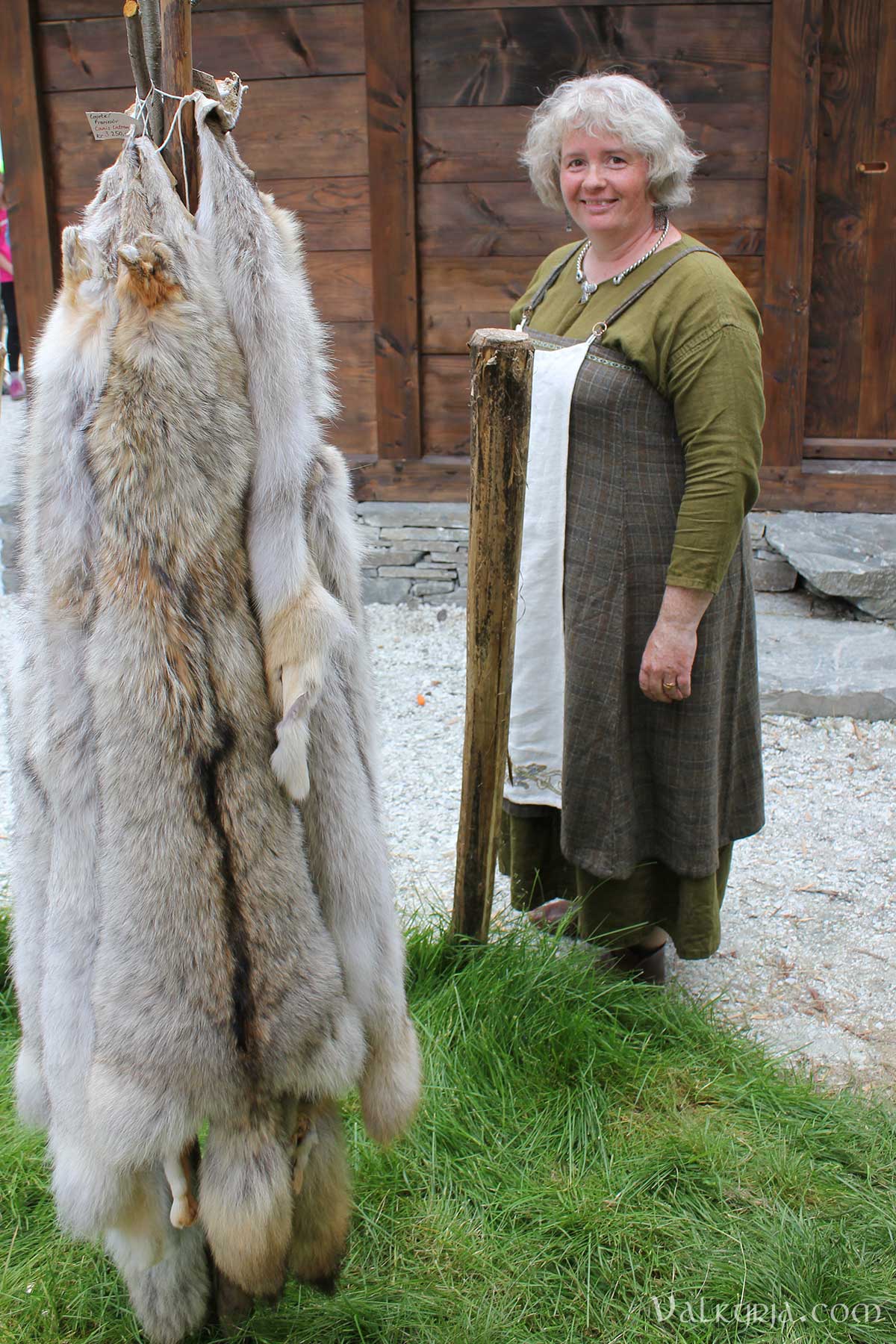



Turid with her little Viking girl :) 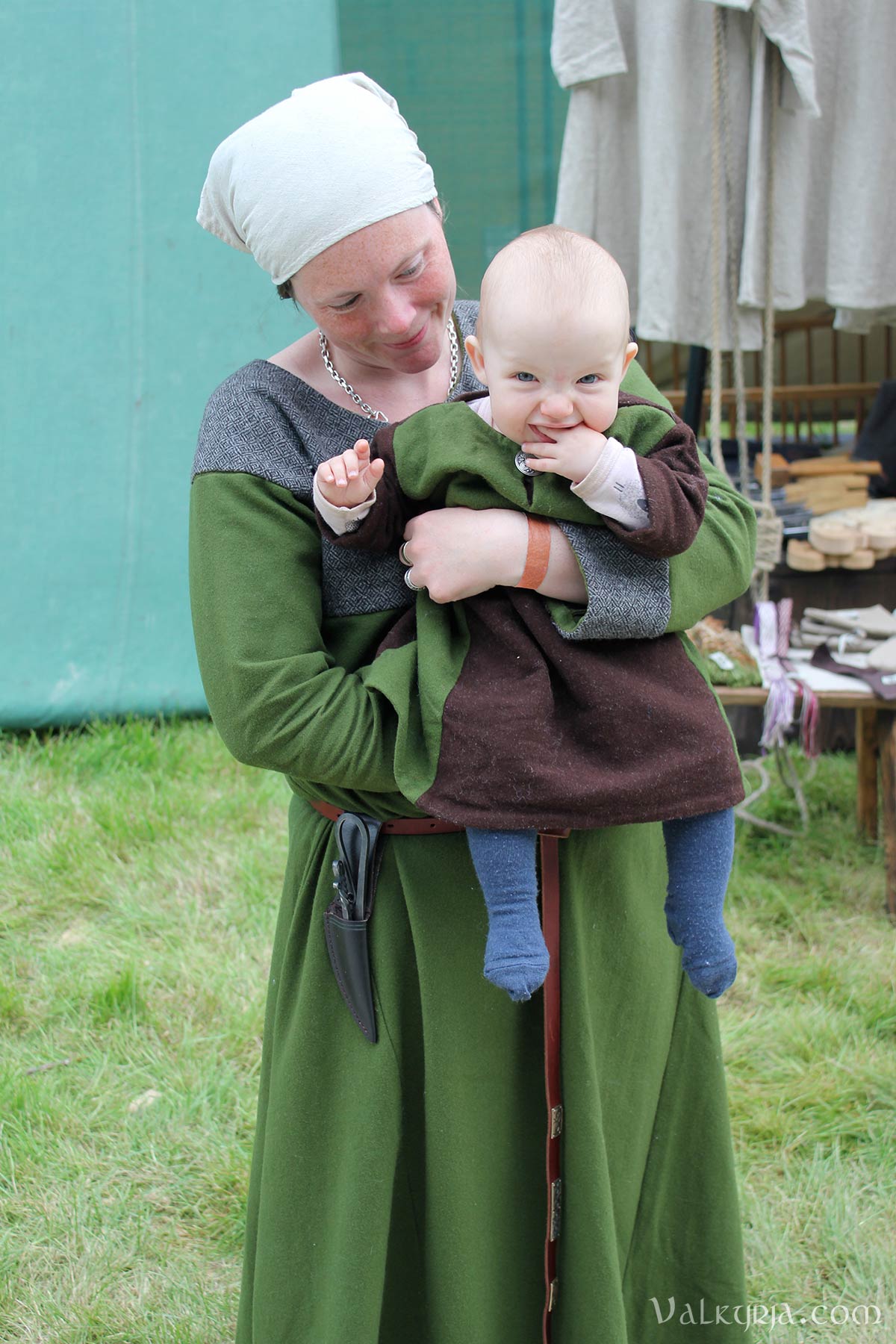

Sigrid and her herbs :) 
Sweet Theresia and I. 
Dinner-time in our camp. 
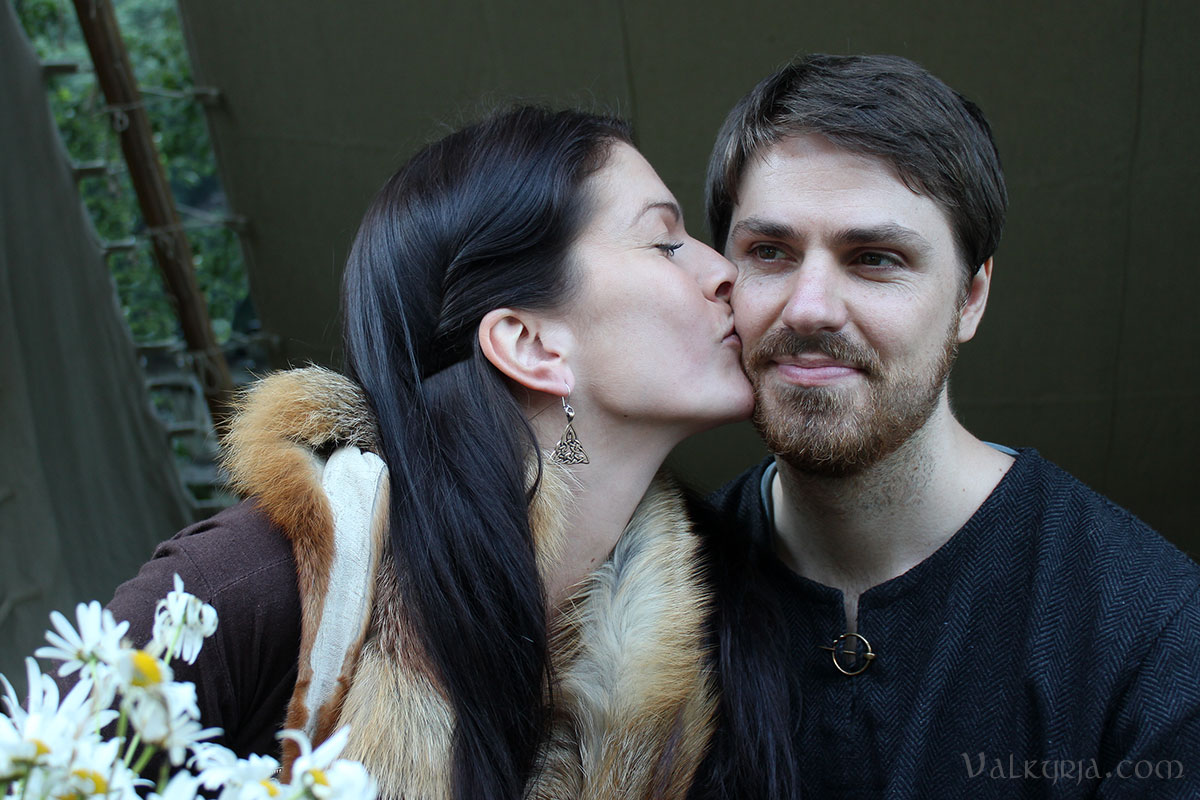

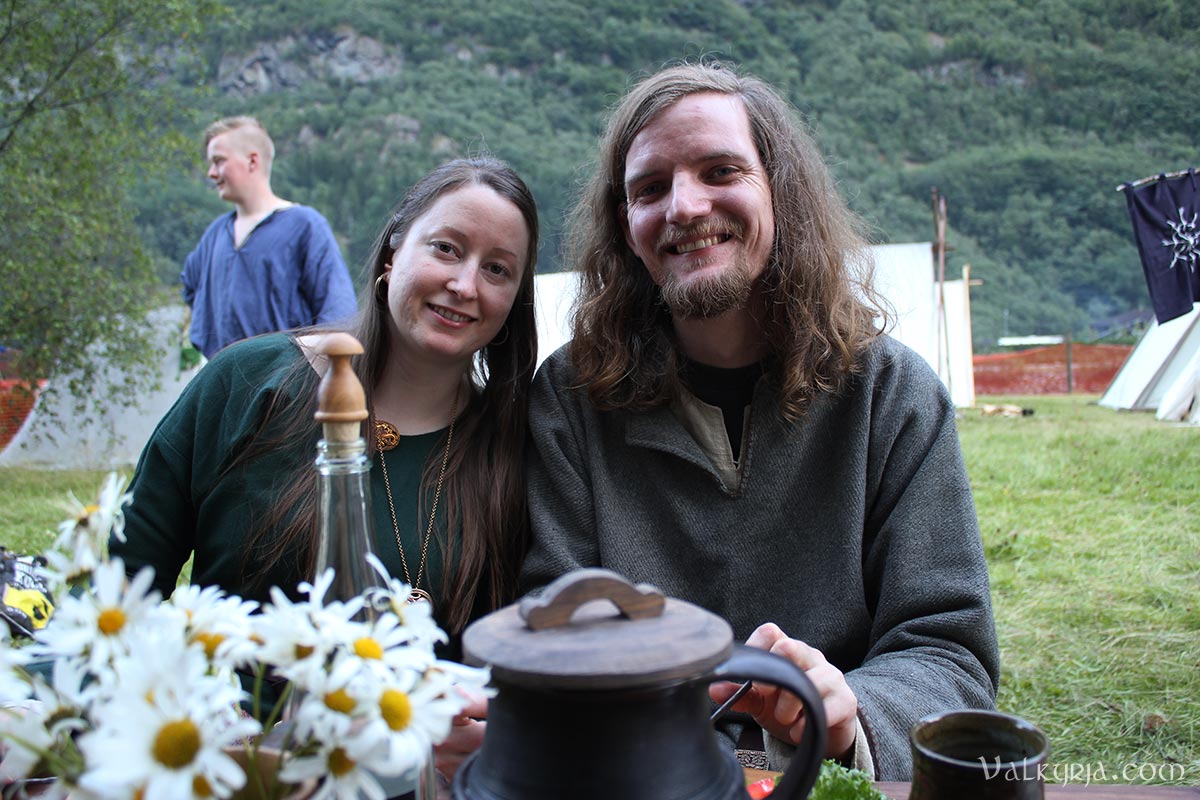


I didn't get a photo of our whole camp, but our little group of three families have formed a Viking group, for which we have chosen the name Folkvangr! I designed our logo in our colors, blue and white, with a circular bind-rune of the letters in our name in the Younger Futhark (which was the runic alphabet used during the Viking age) using long-branch runes. Did you know that, according to Norse mythology, Folkvangr is the home of Freyja in Ásgrðr? She chooses half of the slain to live there with her, while the remainder go to Valhalla with Óðinn. While the latter is much more known and discussed in contemporary sources, often with references to the more bloodthirsty warrior-aspect of the Viking era, the concept of Folkvangr seems more appealing to our group. Lars Christian painted it on his new beautiful shield, and I think it looks really good :) 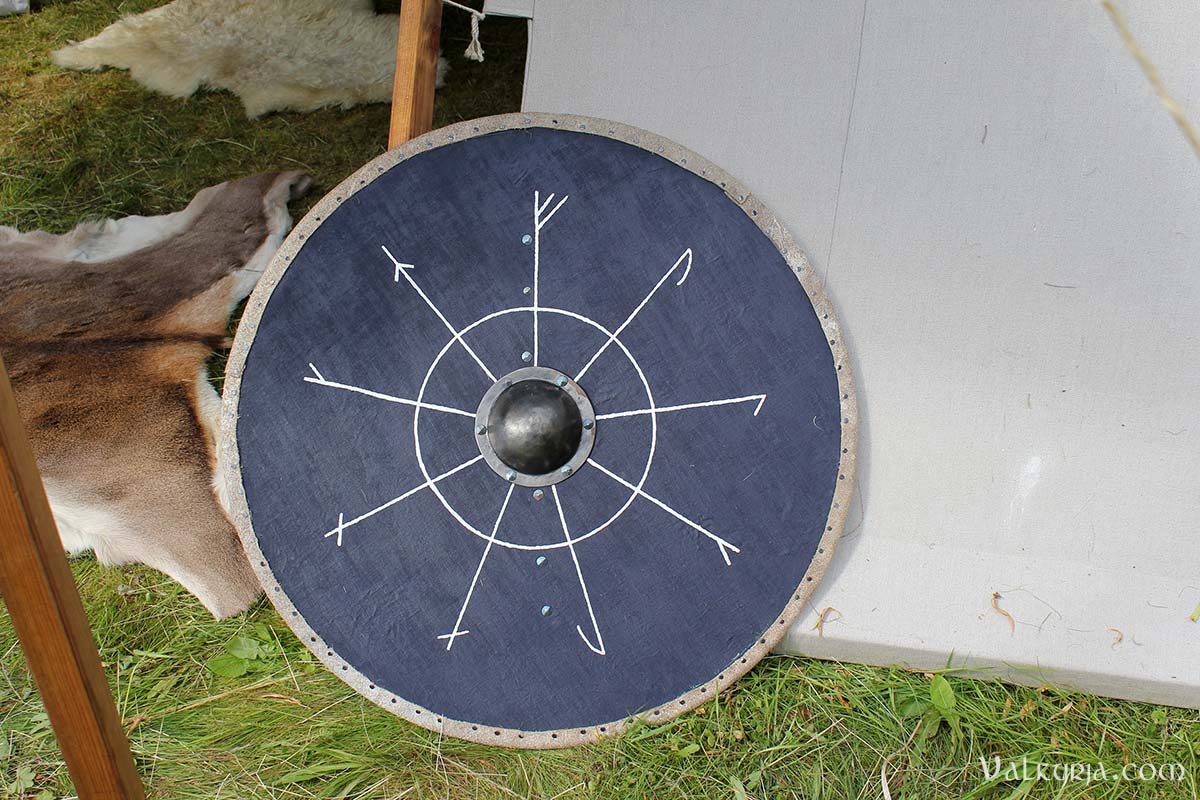
With Georg, the chieftain of Njardar Vikings :) 
The Viking ship Tyra :) 
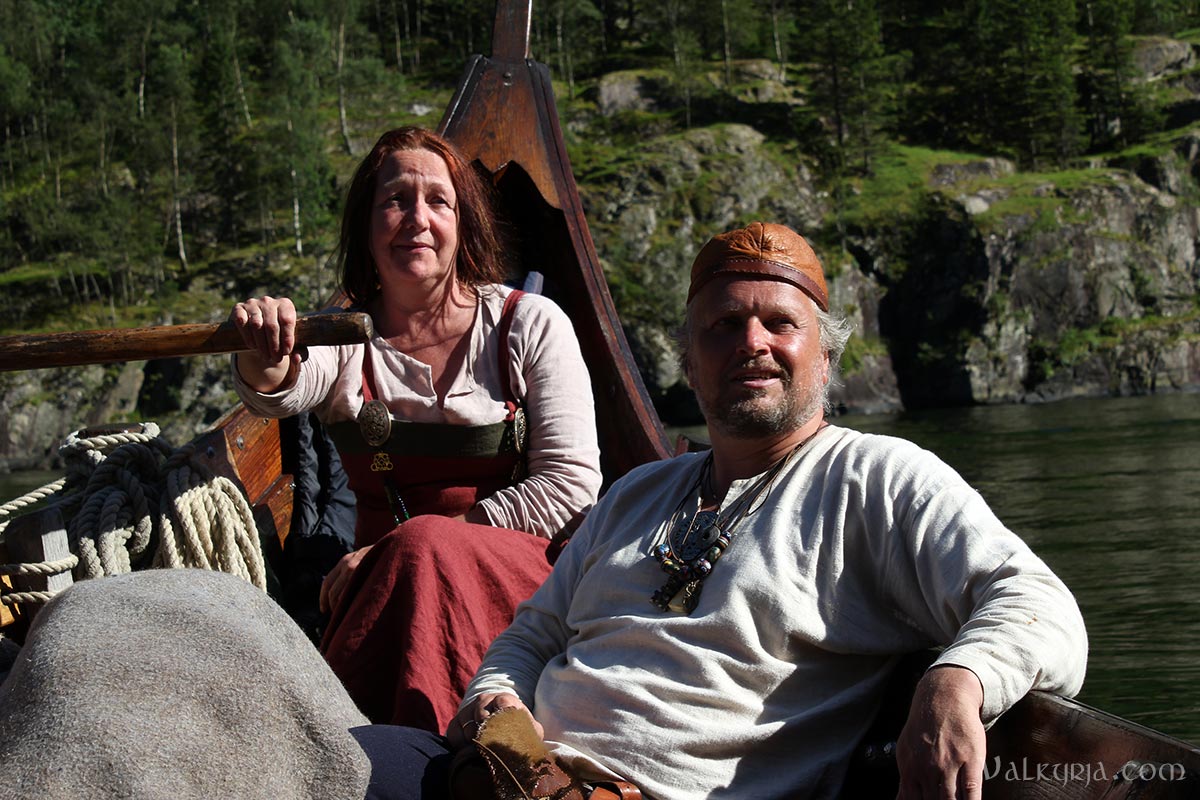


After the feast on Saturday evening, there was time for a rather curious competition, inspired by a story about Loki from Skáldskaparmál. I'll leave these photos here without further explanation... ^^ 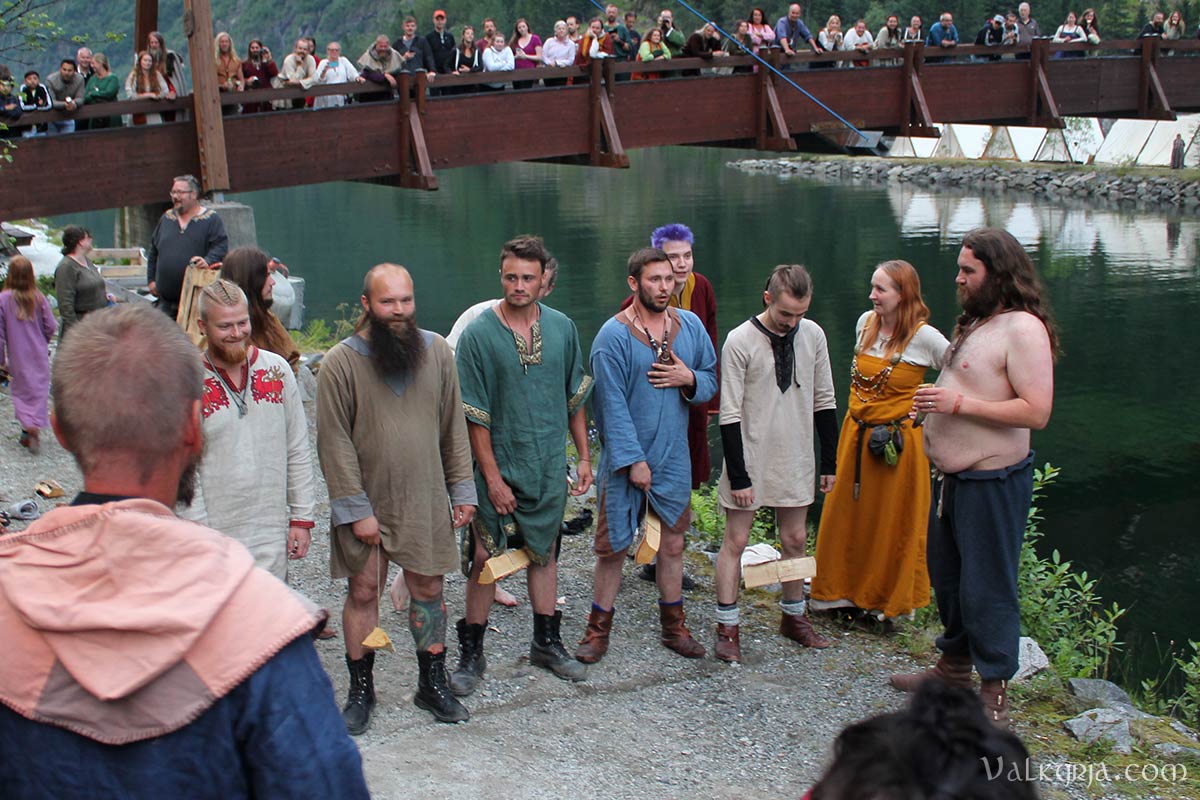
And off they went! 
We had a blast, and all of a sudden the week was over and yet another Gudvangen Viking market is history. Thank you for your hospitality, Njardarheimr! See you again next year :) 
˜ Music: Emilia Amper - Bredals Nackapolska # Comments
I wasn't going to make any new Viking clothing this summer, but the other day I got this idea about a green woolen aprondress to wear over my brown linen tunic. And why not make it into a simple tutorial for beginners? ^^ I am a self-taught amateur sewer myself, so if I can do it you can too. I bought this dark green Shetland wool, in diagonal twill weave. It is of a much lighter quality than other Shetland wool that I've used before, and while the other if perfect for winter events I think this one will be more comfortable wearing on summer nights. 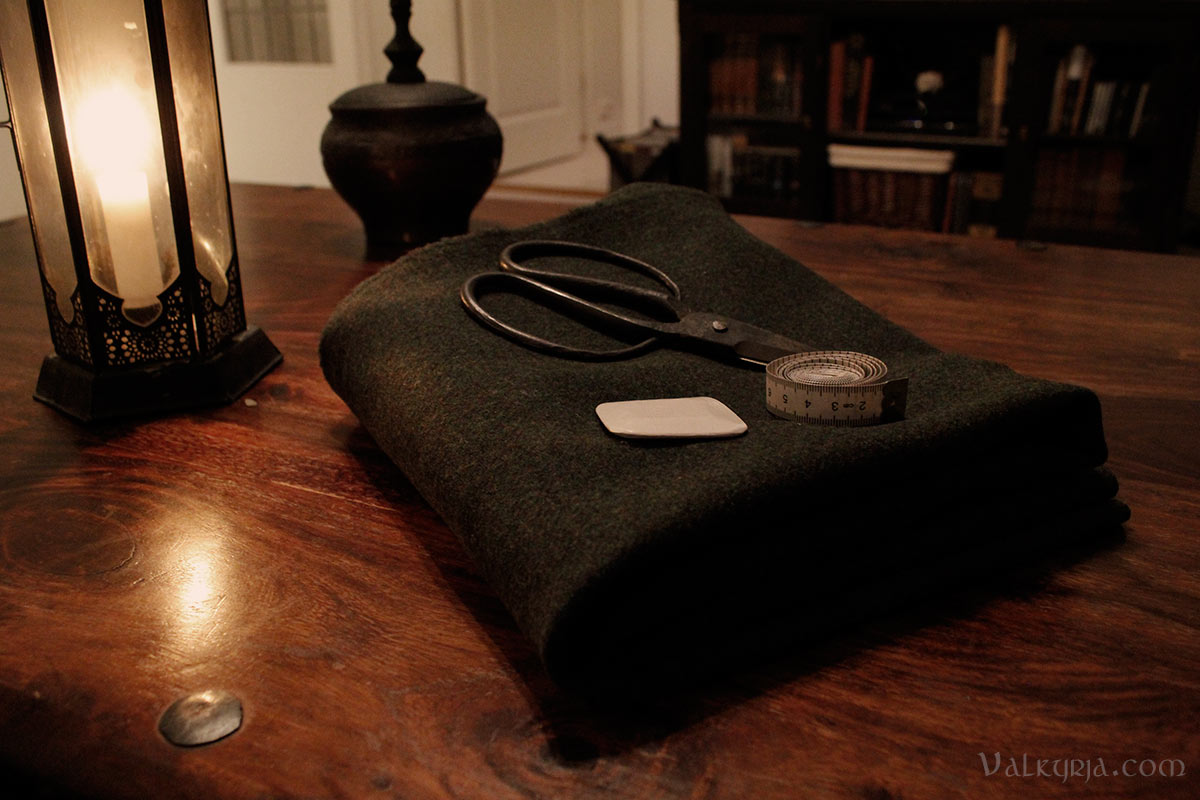
The Haithabu finding This dress is loosely inspired by the Heiðabý (Haithabu) finding from the 10th century. It is a fascinating find: Fragments of what is believed to have been part of an aprondress was found in the harbor, where it had been used as caulking material between the wooden boards of a ship that had later sunk there. It is not much, the largest piece is approx. 30 cm long, but it is believed to be the best-preserved finding of an aprondress that we have, and it provides some clues to the shape and construction of this garment. 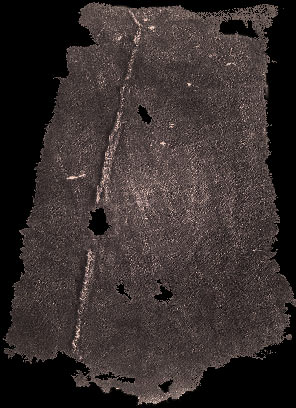
The fragment was of finely woven wool dyed brown, indicating high social class, and was of the type worn with/held up by bronze brooches as commonly found in the richest graves. Its shape — narrow at the top and wider at the bottom, with stitch-holes along both sides — indicates that it had a tailored and fitted cut, had several panels, and that it was probably closed along both sides of the body. A simple aprondress-pattern Panels As there are few preserved findings of clothing from the Viking Age, it is all up to different scholar's interpretations of fragments. We do not know on which side of the body the fragment from Haithabu belonged, or how many parts the dress consisted of. There are many possible interpretations, and the pattern I used here is very simple. It does not include the exact shape and size of the fragment from Haithabu and is therefore not a reconstruction, but it is based on the fitted design, with flared front and side-panels sown together on both sides. Shoulder loops The shoulder straps are shaped as loops and sown to the back of the dress, to be connected to the brooches right above the chest. I also use smaller loops on the front, to avoid piercing the cloth on the front with the thick needles from the brooches. As described by Thunem (2017), fine fabrics found in Viking graves is believed to have been highly valuable and imported from southern-eastern countries, and the use of such loops to protect the fabric appear to have been common. Other findings have shown several loops, which may have been used as tool bands for knifes or scissors, or to fasten a separable apron on the front (e.g. the embroidered apron i often wear). Another discussion is that of the length of the loops/placement of the brooches. While brooches have been found in different positions on the chest, it is most likely that they were positioned on the upper part of the chest (as is most commonly observed) and that graves findings where brooches are in a lower position on the breast due to them simply having slipped downwards as the remains of the body under them has decomposed, or due to some of these bodies having been buried in a sitting position. 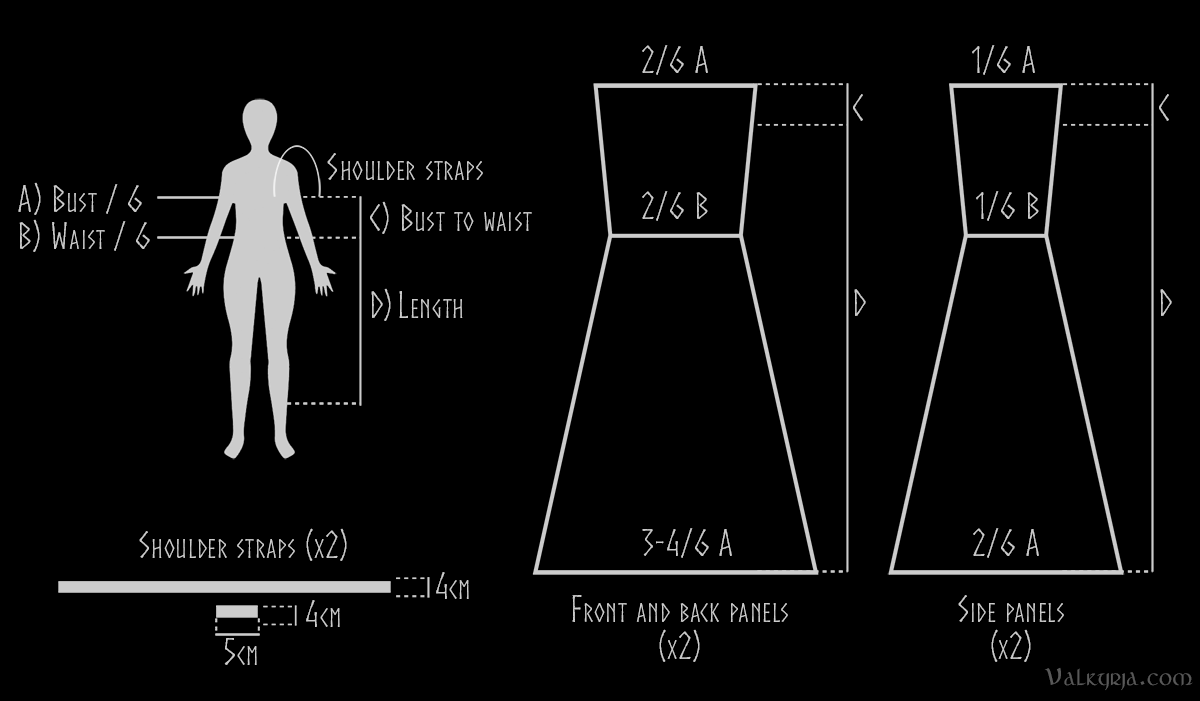
First off, remember to always wash new linen before sewing, to allow it to shrink beforehand. This should not be necessary if you are using wool (as long as you never wash it in hot water). Start off by measuring the circumference of your bust (A) and waist (B). I allow some slack here, as I wish to be able to pull the dress over my head without struggle, and since you will be wearing a tunic underneath. Secondly, divide each of these measures by six (as you see, you will be using units of sixths in order to tailor the pattern to your body). Thirdly, measure how far it is between your bust and down to your waist (C), and how long you want the dress to be (D). In my case (I am 182 cm/six feet tall) i made the dress 115 cm long and use 25 cm between bust to waist. As the drawing above indicates, the front and back panels should both be 2/6 of A on the top, 2/6 of B at the waist, and 3-4/6 of A at the bottom (depending on how much flare you want). The side panels should be 1/6 of A on the top, 1/6 of B at the waist, and 2/6 of A at the bottom. Draw your pattern on the fabric using a chalk, and before cutting, remember to leave a 1-2 cm margin around all the pieces, to account for the seams. Shoulder loops Measure the length from the bottom of your shoulder blade to the top of your breast, and double it to get the appropriate length for each of the upper straps (in my case, 90 cm). The width should be about 4 cm total (including the margins). Fold the edges inwards, creating four layers. Close the tube by hand-stitching along the length of each strap. The small front straps are made in the same way, and different interpretations vary from short (making the brooch overlap with the dress) and longer (making the strap visible between the brooch and the dress). I chose the former, making mine about 5 cm long in total and non-visible under the brooches. 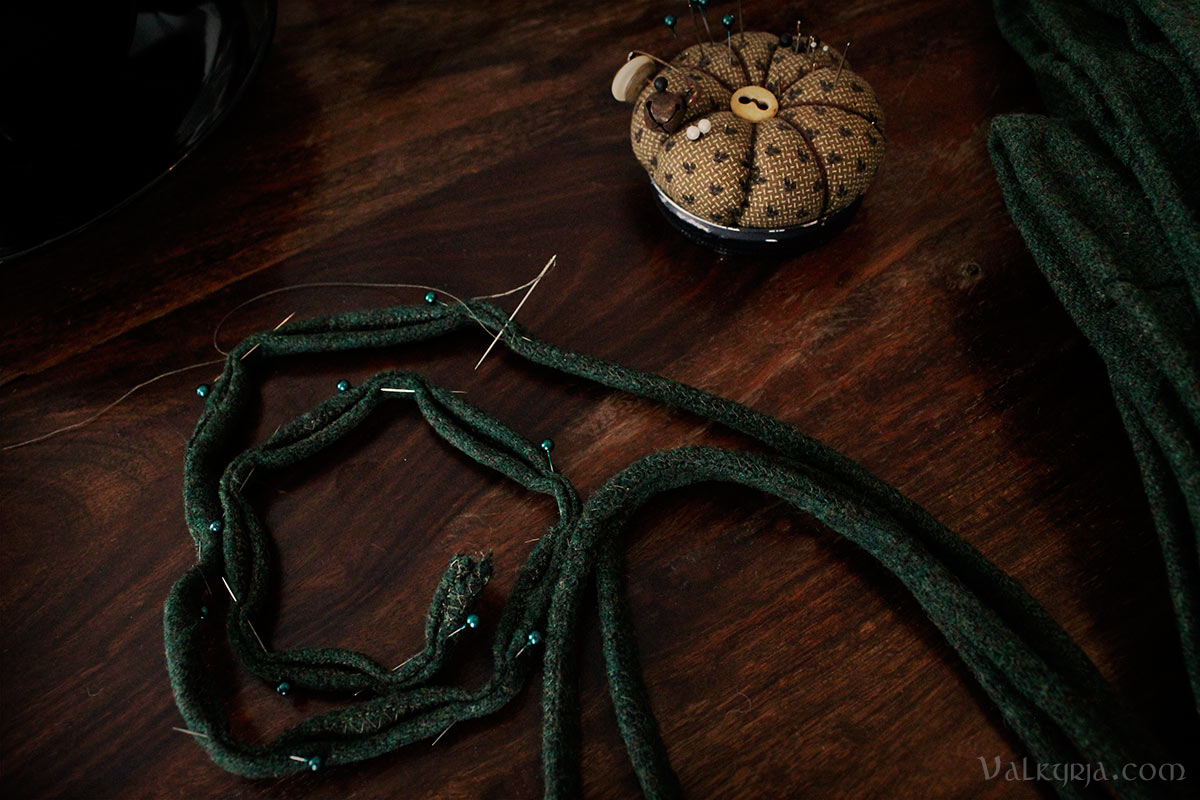
When you have all your pieces ready, sew overlock-stiches along all the raw edges of the fabric, in order to avoid fabric fraying. Sew the pieces together on the reverse side. I use a thicker and more decorative woolen thread along the most visible seams. 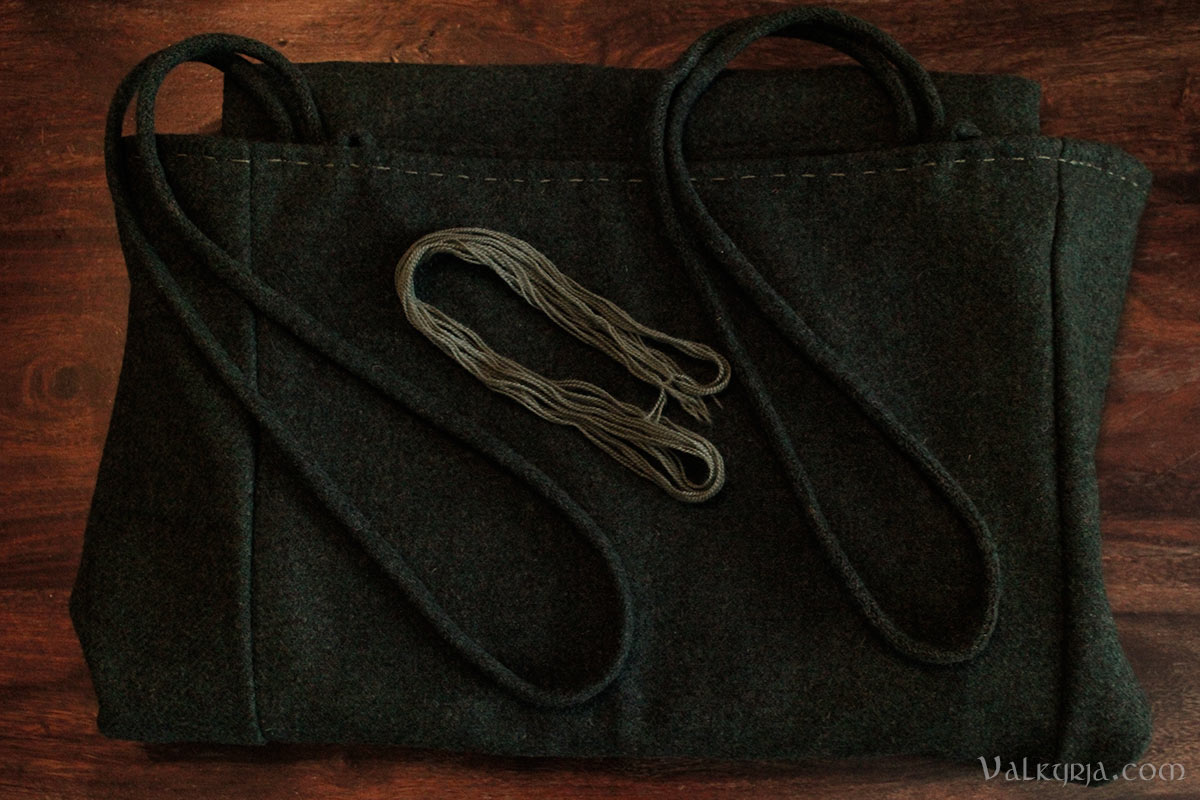
And ta-daa, the final result! I am in lack of a better backdrop for the moment, but I'm looking forward to wearing it around the Viking village in Gudvangen, where we will be heading tomorrow. :) Will I see any of you there? 
Resources: Hägg, I. 1984. (Die Textilfunde aus dem Hafen von Haithabu. Berichte über die ausgrabungen in Haithabu, Bericht 20 - Part English translation) Lewins, S. 2003. A Viking Pinafore Thunem, H. 2017. The apron dress from Haithabu Harbour Thunem, H. 2017. Viking Women: Aprondress # Comments
Heyrði í Hafrsfirði, hvé hizig barðisk... Last weekend we visited Hafrsfjordkaupangen, located in South-West Norway where the Battle of Hafrsfjord took place in the late 800s. The Hafrsfjord Vikings once again did all they could to make everyone feel welcome! It was short but sweet trip, and the weekend flew by. We arrived on Friday evening to put up our camp, and before we knew it, it was Sunday, and another great market was over. ^^ 
I didn't take that many photos of the market life and activities along the way, but I took a stroll around the marketplace to document some of the beautiful historical handicraft that was being displayed, especially a lot of woodwork and smithery! 

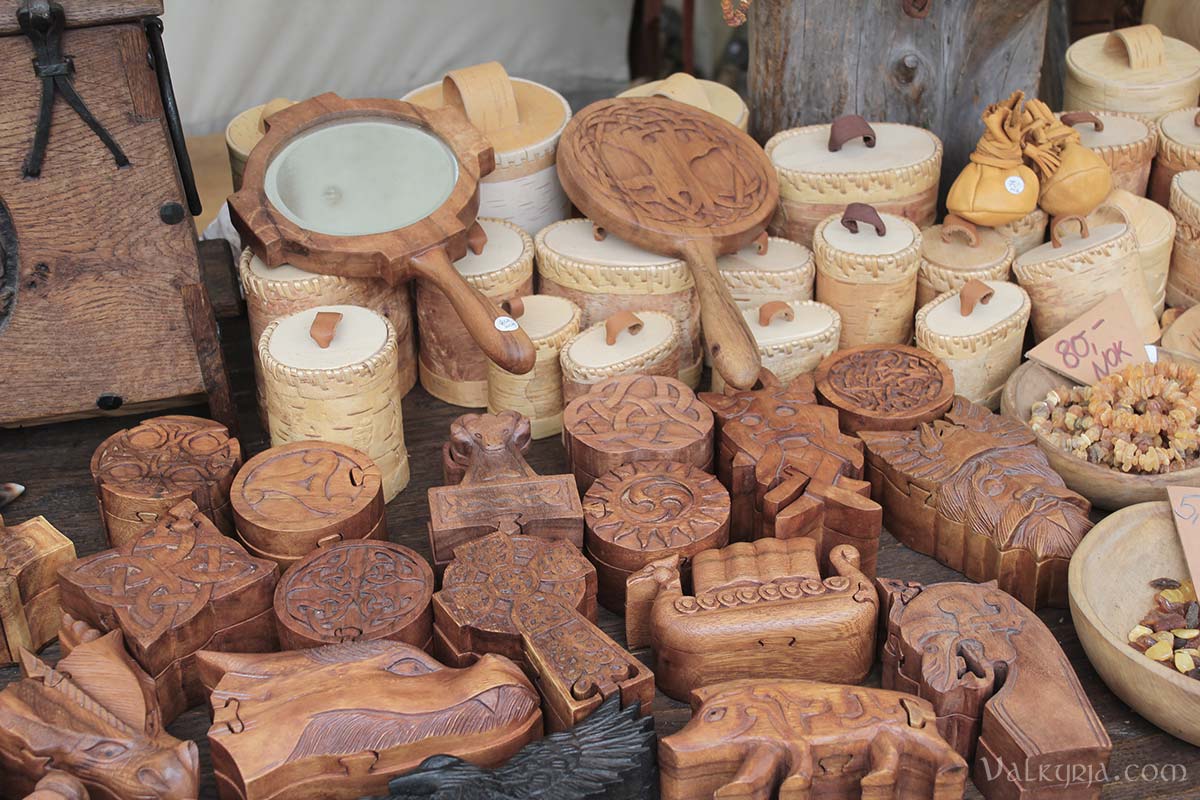



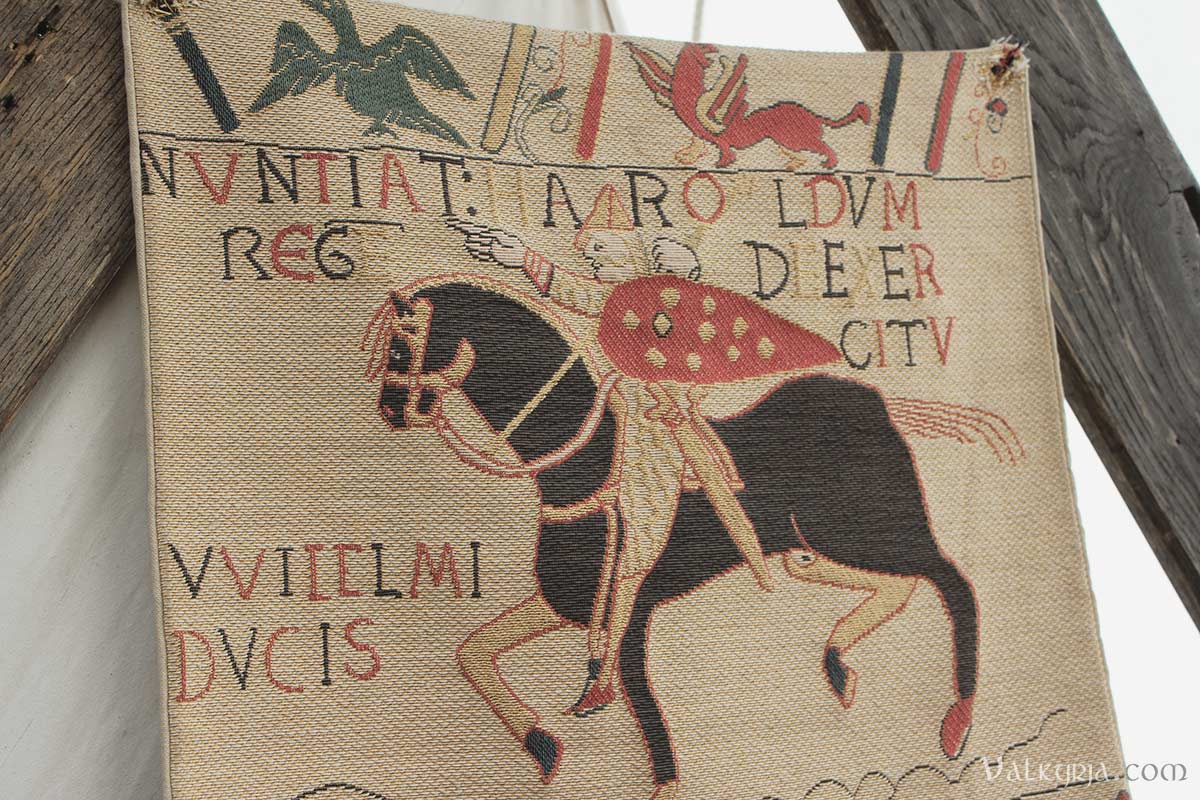

Pretty shiny things made by Grzegorz... 

Hazel was also there. And she brought her owner André. :) I'm hoping to be able to visit his and Anita's home in Møystadsaga again later in the summer, and share some photos of their project and the buildings they've raised there! 


Right after the feast on Saturday evening, these fellows decided to challenge each other in an eating competition! They were equipped with two wooden spoons that were connected to each other by a chain, and had to eat through a large tray of smoking hot porridge, full of meat, bones and chucks of fat, to see who got to the middle first. The game was inspired by the competition in the hall of Útgarða-Loki, as described in Gylfaginning. And yes, we were glad we had finished eating before watching this, because things got quite gross! ^^ 
Anja and Claus :) 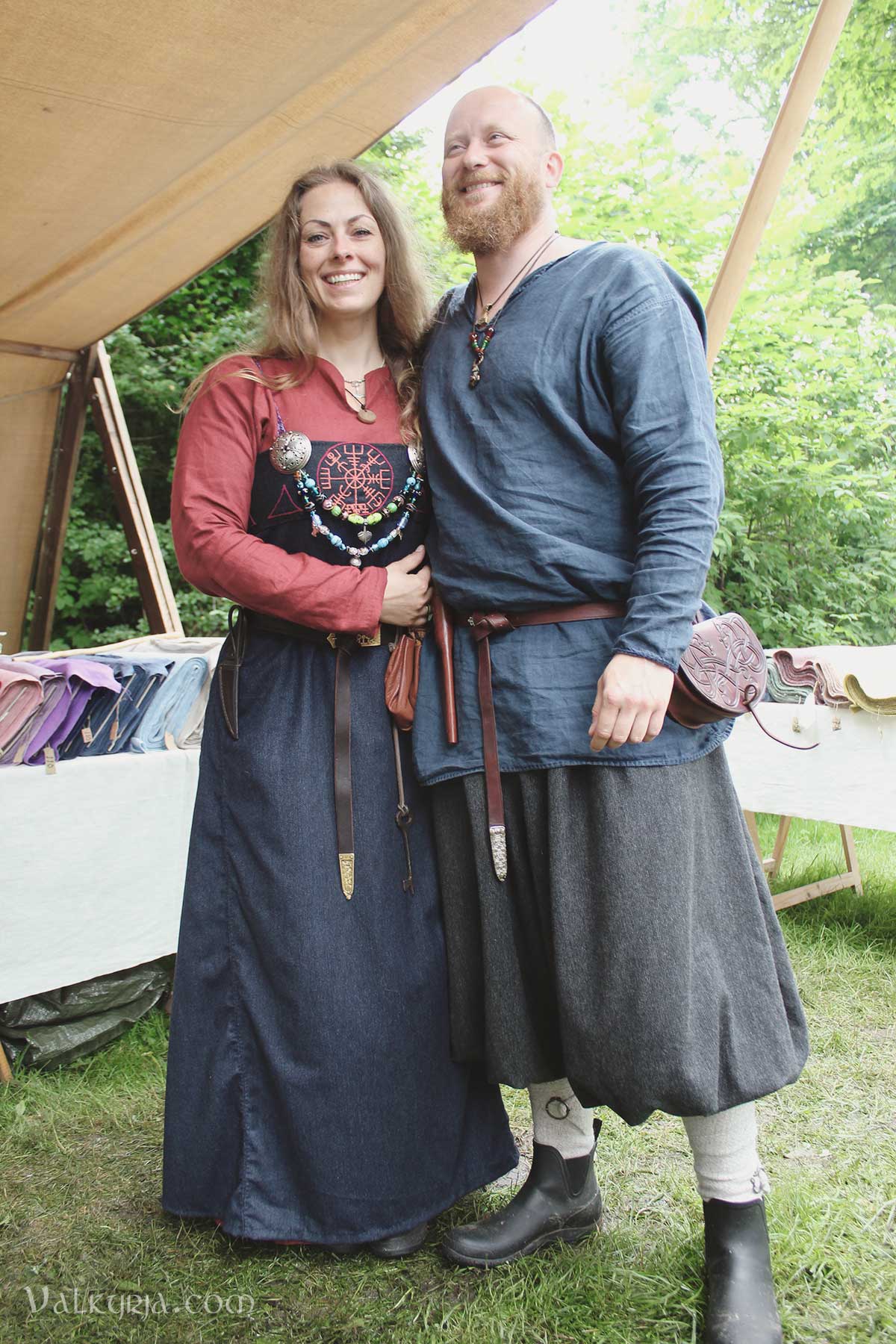
And me and Christian ♥ 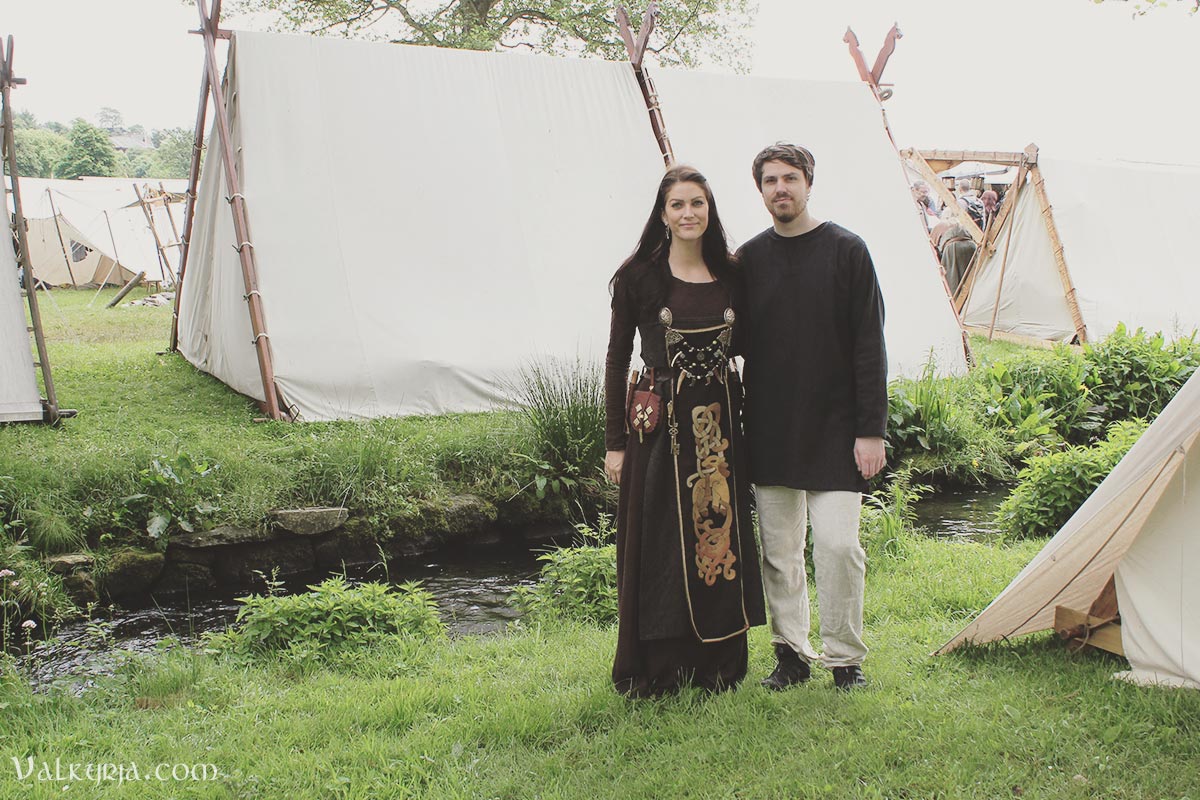



Lasse and Ida! 
Historical bows, made by archaeologist and bowmaker Ivar Malde. 

We spent the evenings by the big common bonfire, listening to folksongs and storytelling, and enjoying lots of good mead and ale, surrounded by good people. Could it get any better? 
The next market on our part will be at Gudvangen in July, where we will spend a whole week. Already missing the market life, and I cannot wait :) Thank you once again, Hafrsfjord! # Comments
Back home from Bjørgvin market, held the first weekend in June on and around the beautiful grounds of the Hordamuseum, here in my home town Bergen in West-Norway. ^^ 
The weather Gods seemed to have left the weather on "autopilot" when we arrived on Thursday, which for Bergen means rain, and a lot of it at that! Our thick linen Oseberg-tents did however keep us dry, and the middle-part/roof we got to put up between our tents proved to be a good investment once again, providing shelter for our little camp and making us able to sit by the fire at night as the rain thundered against the canvas above us. It did clear up from time to time, and on Saturday the clouds receded and we found ourselves under the blue skies and warm sun that we like to associate with this first weekend in June and these beautiful green surroundings. 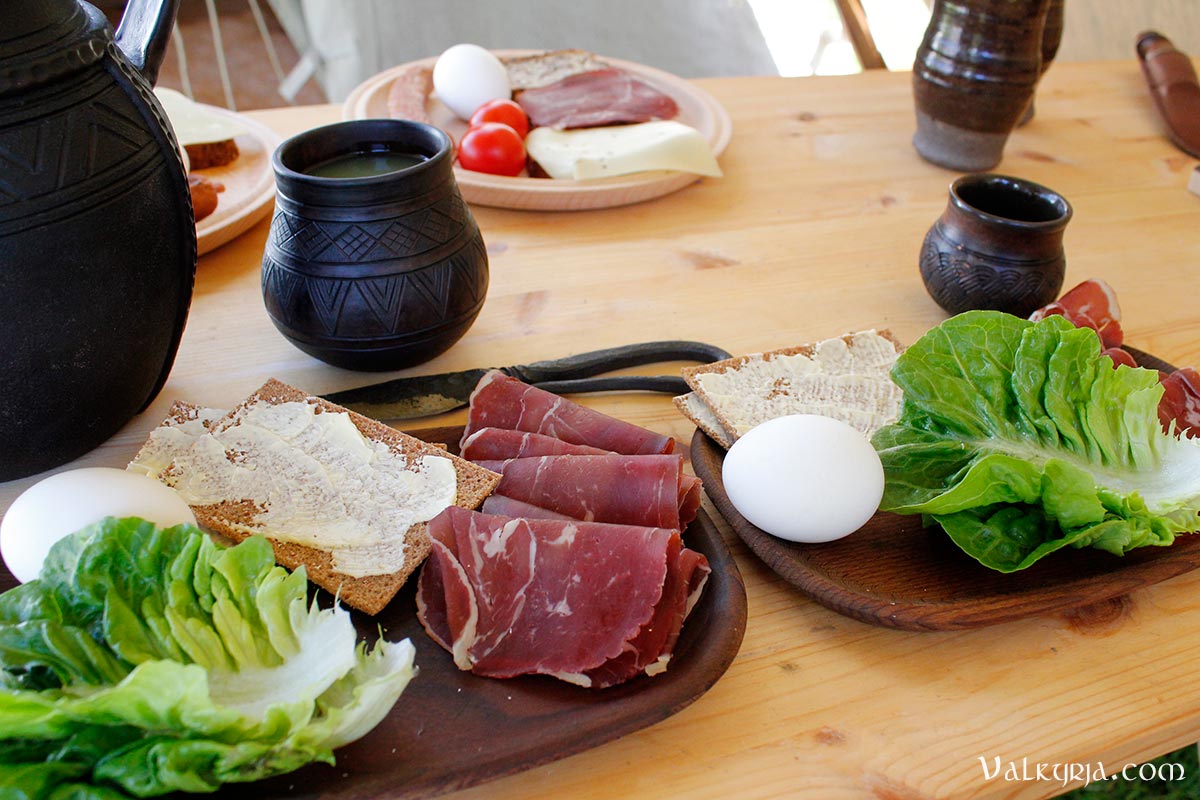
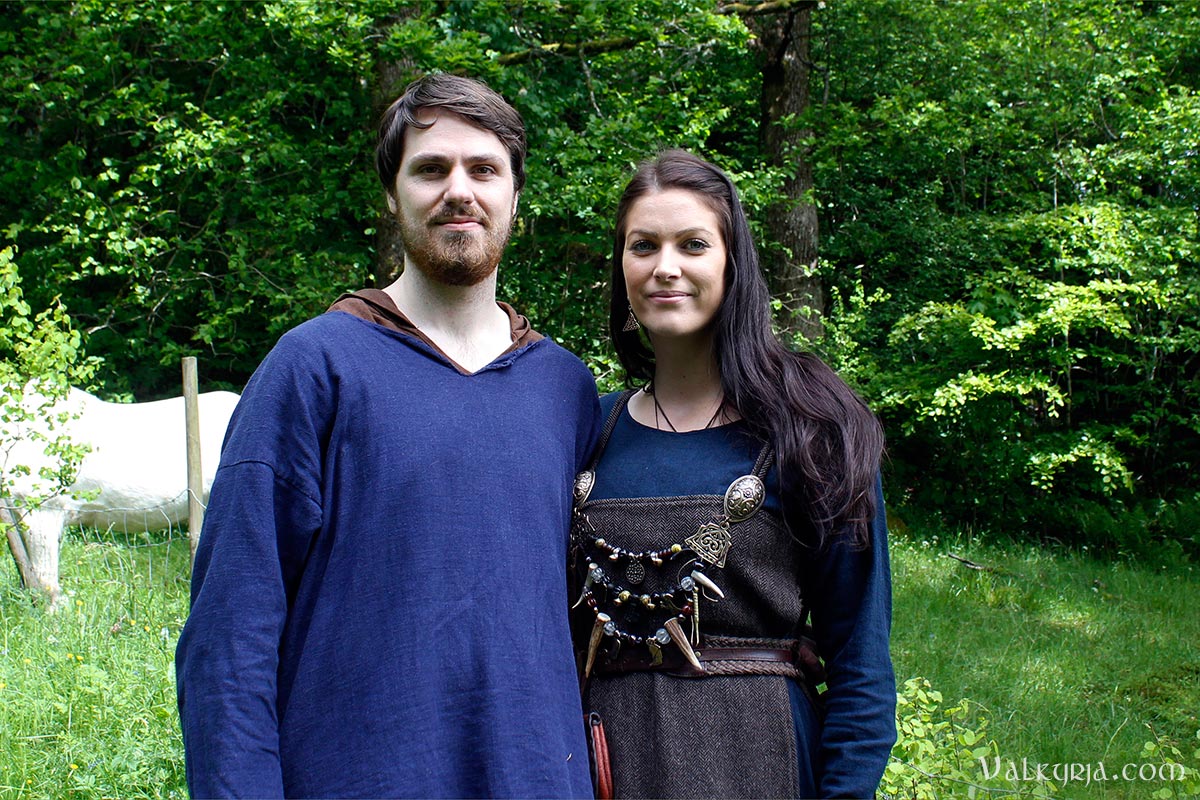

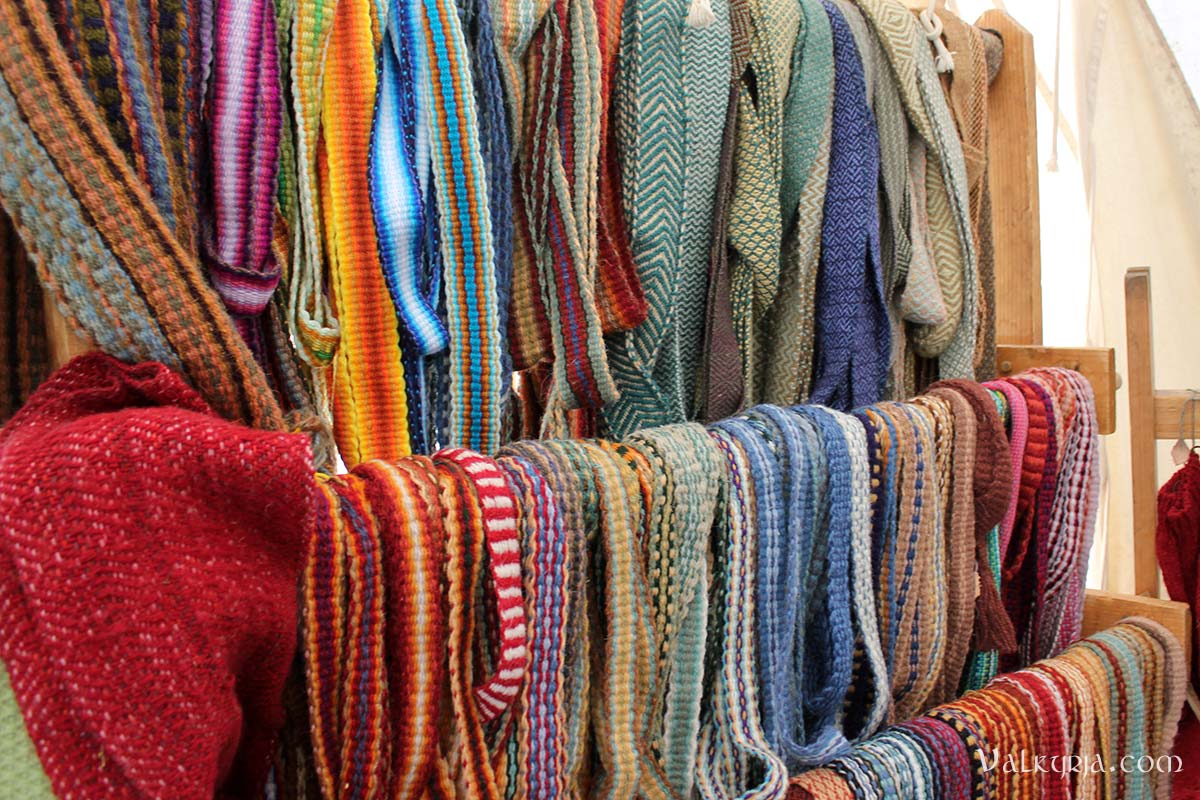




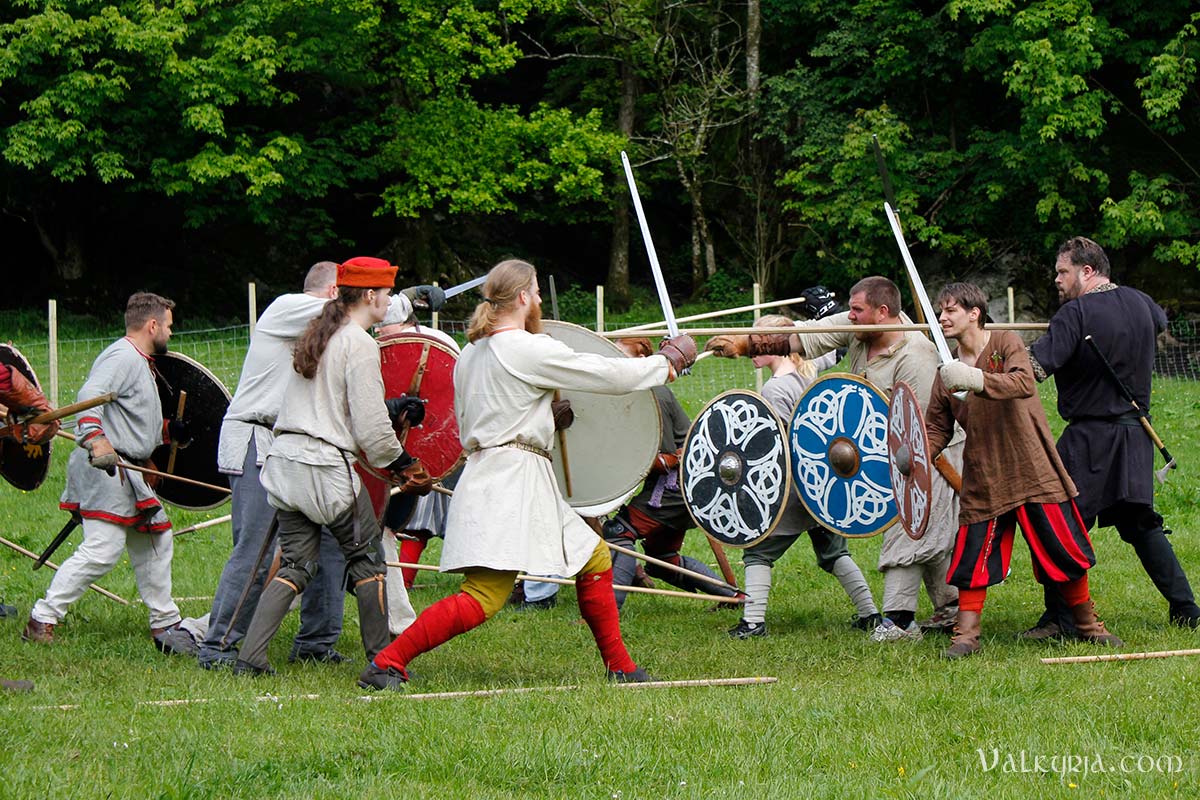
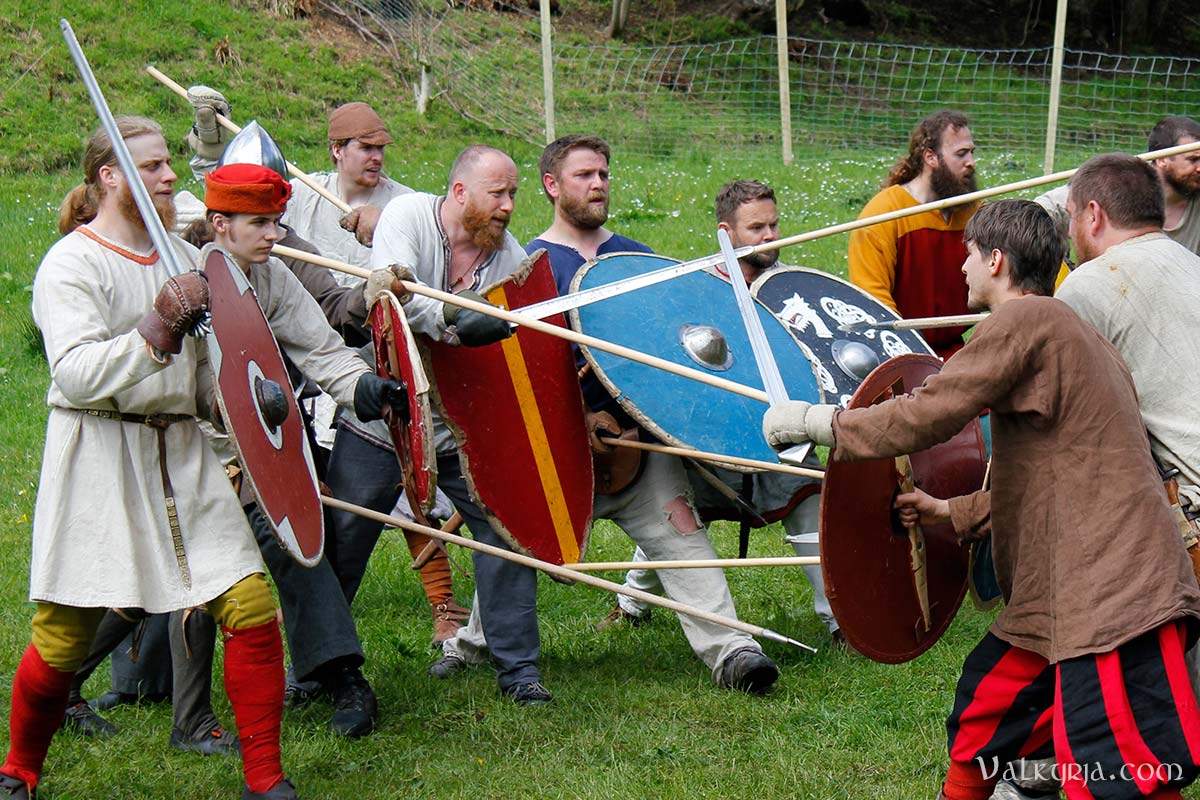

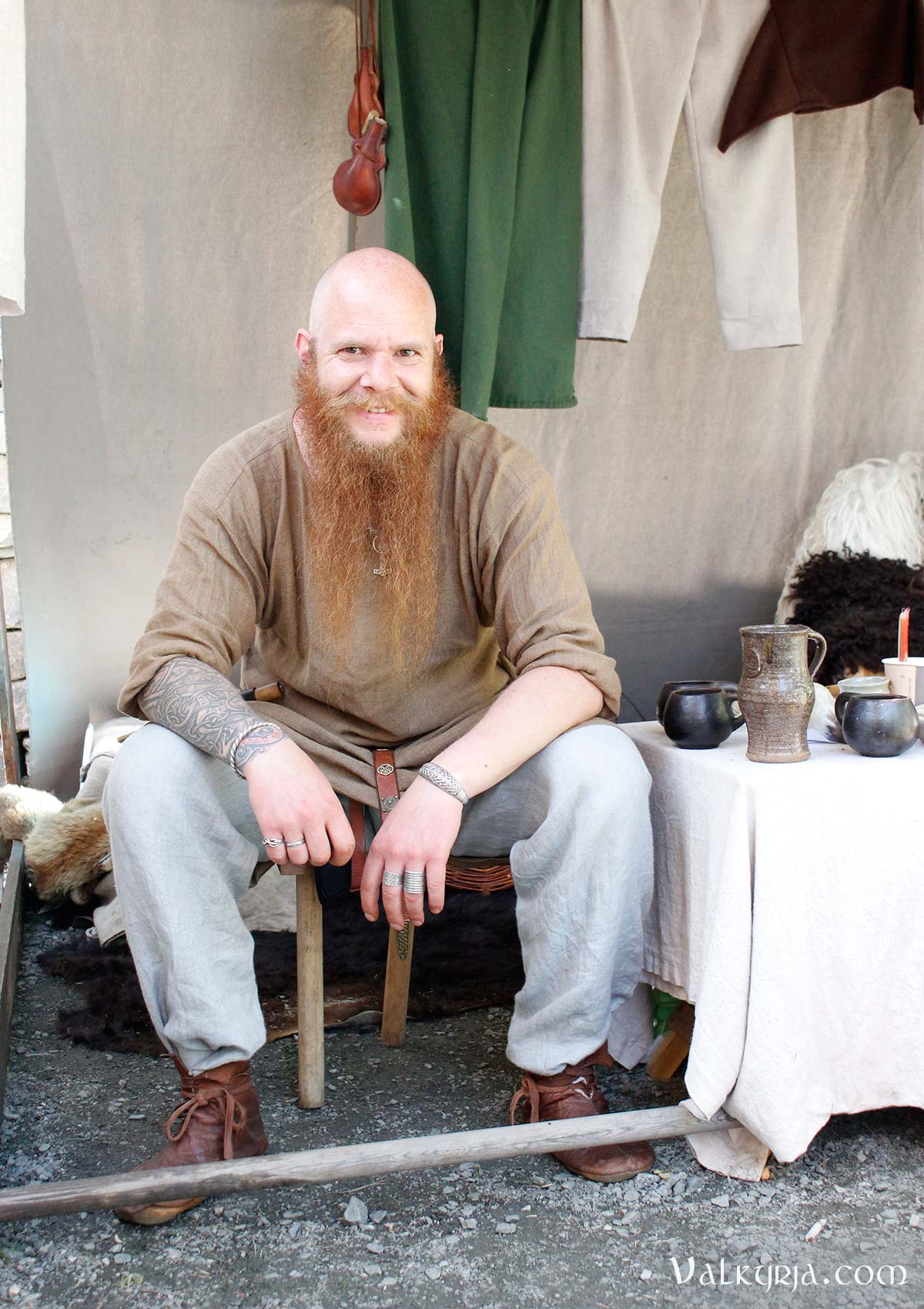
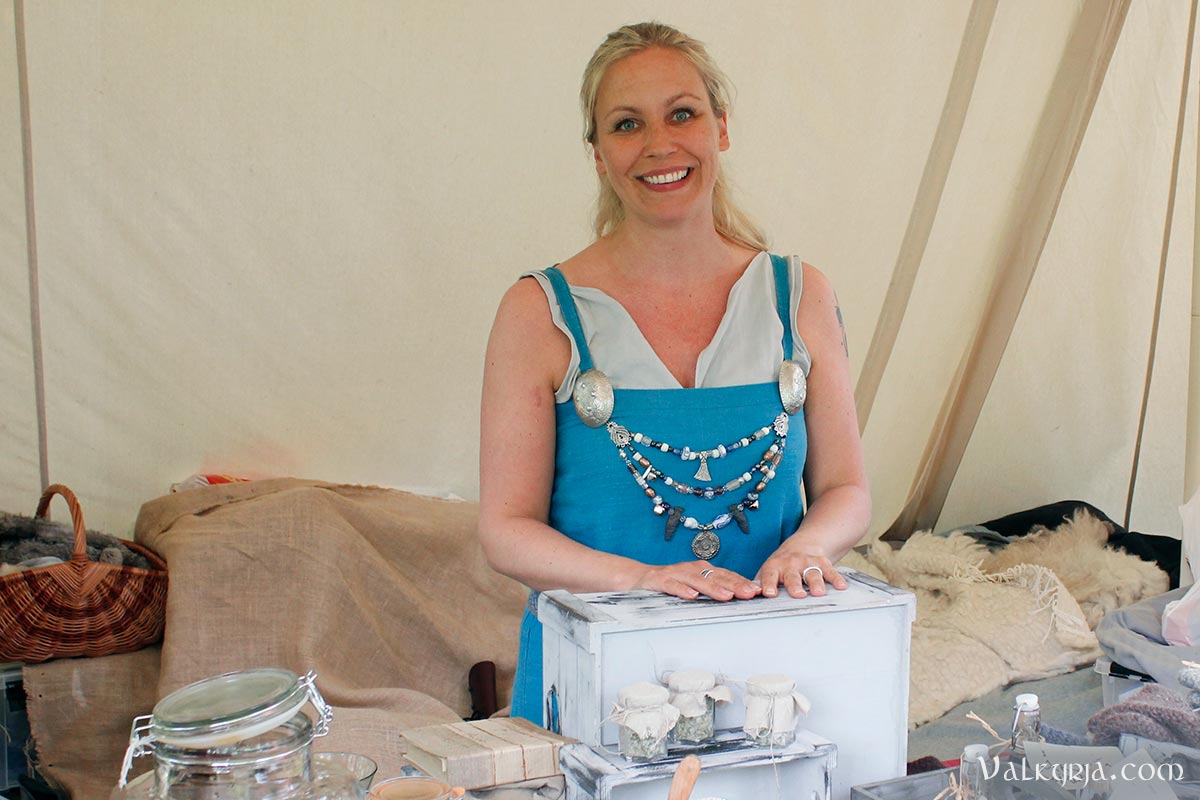
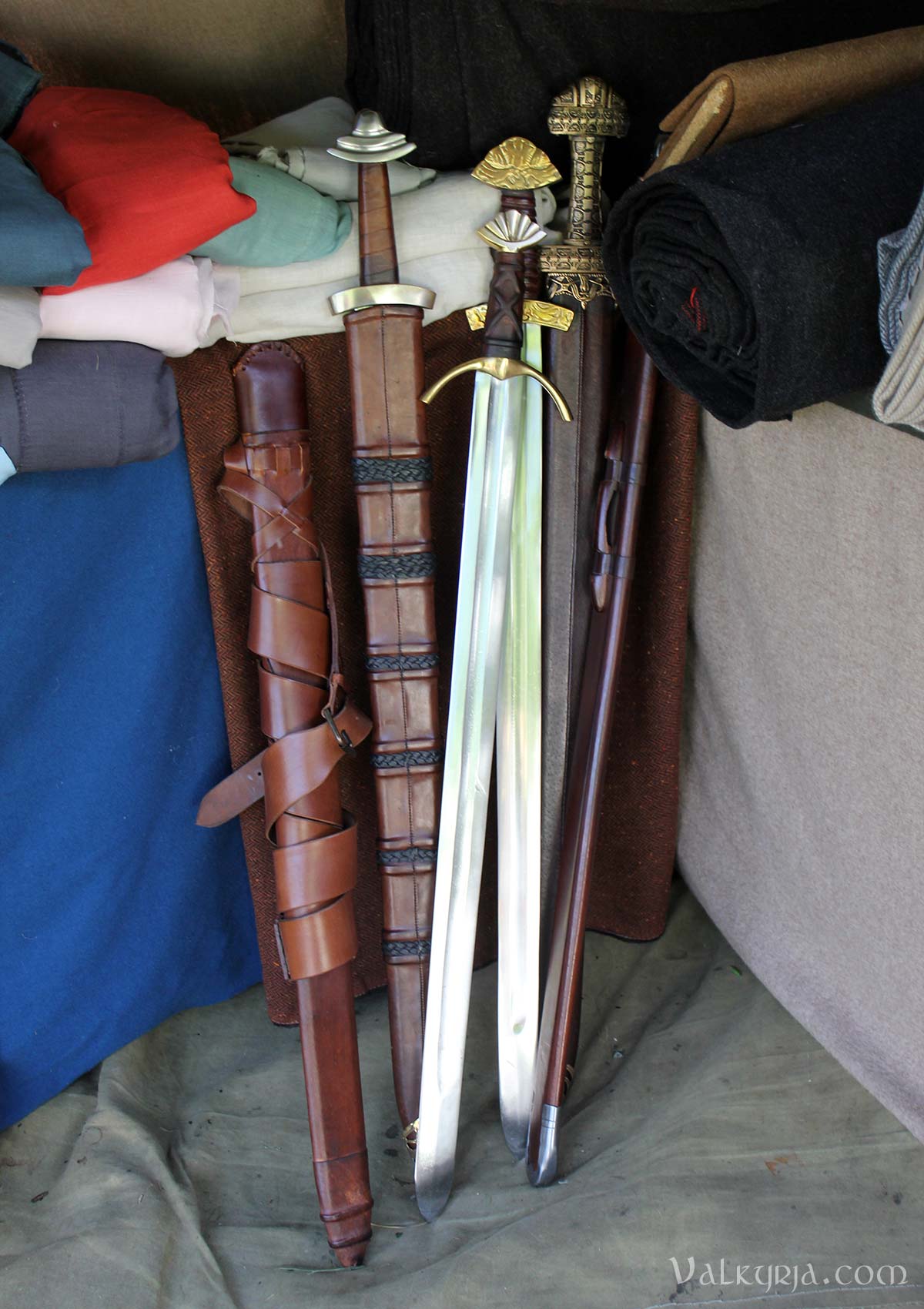
The Danish band Virelai arrived, playing their joyful tunes! They create such a cheerful atmosphere, making Vikings as well as (sometimes rather unsuspecting) visitors join in medieval circle chain dances. ^^ 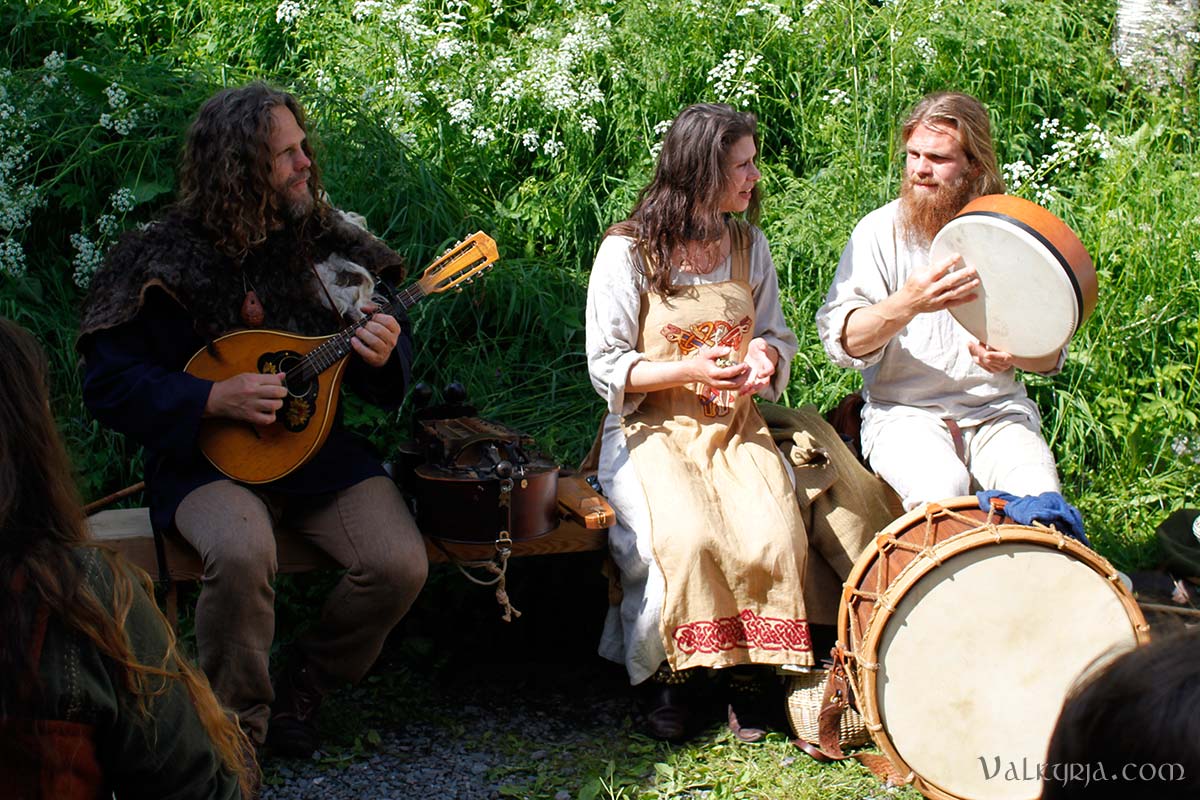
Brewing beer... 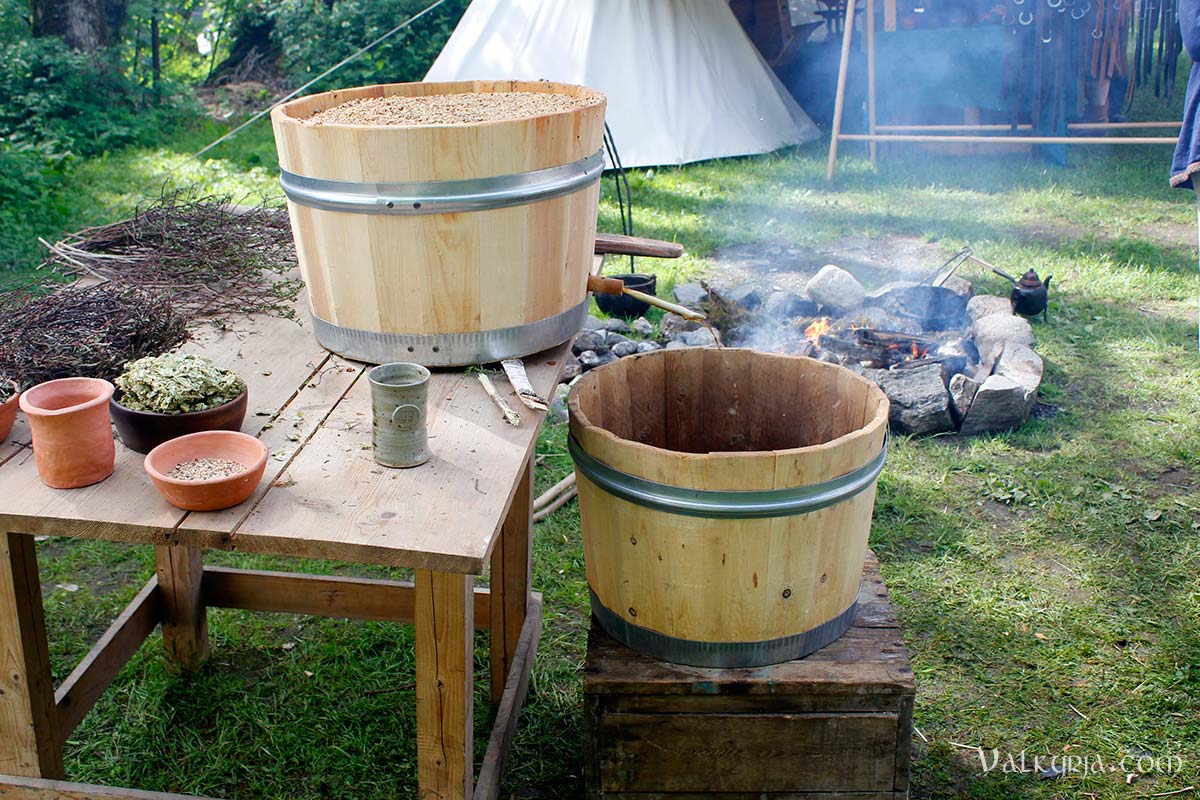
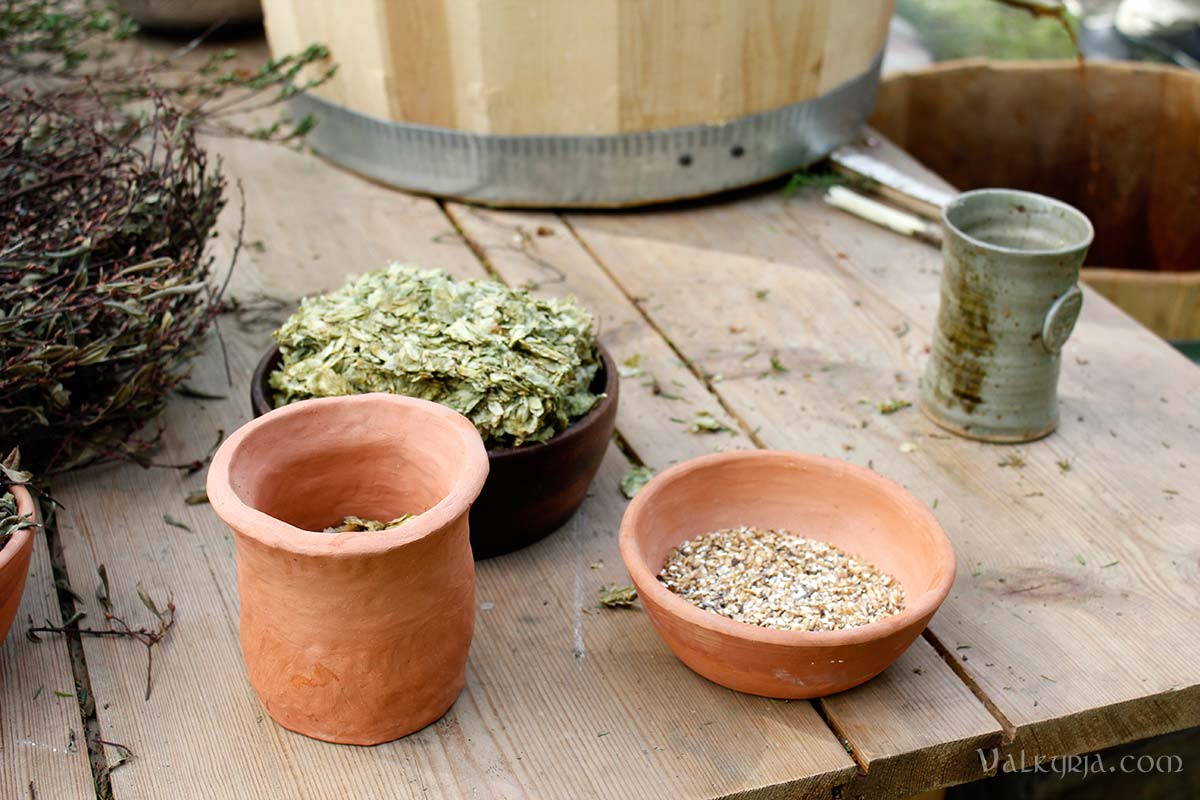
Silje and LC ♥ 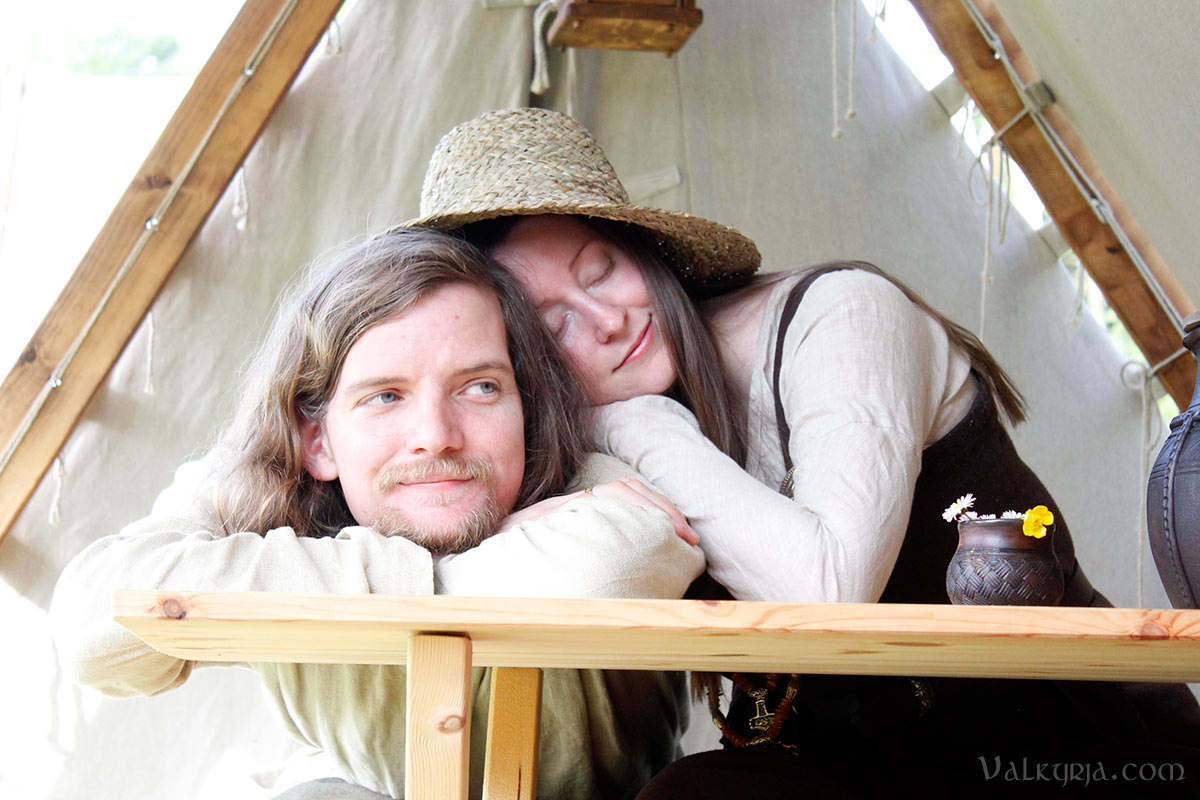
Iron smelting and beautiful historical brooches and beads, by Montanus Historical Jewellery. 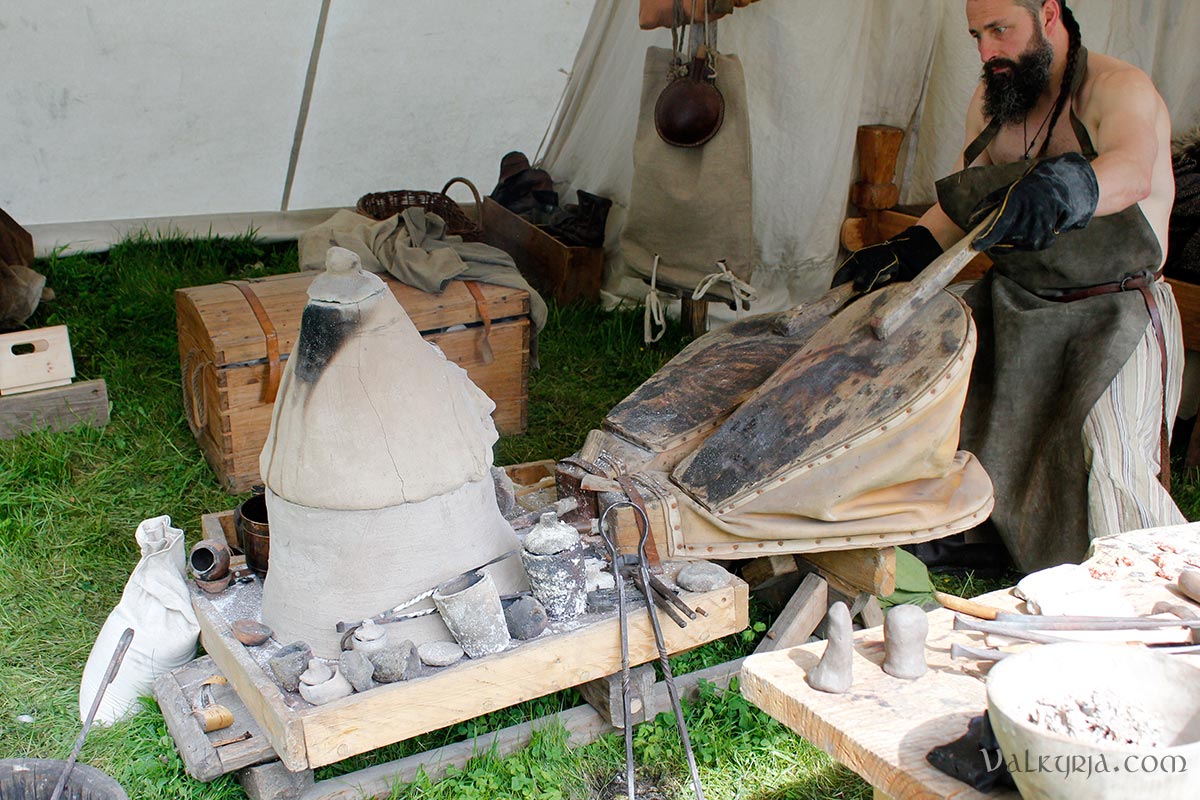
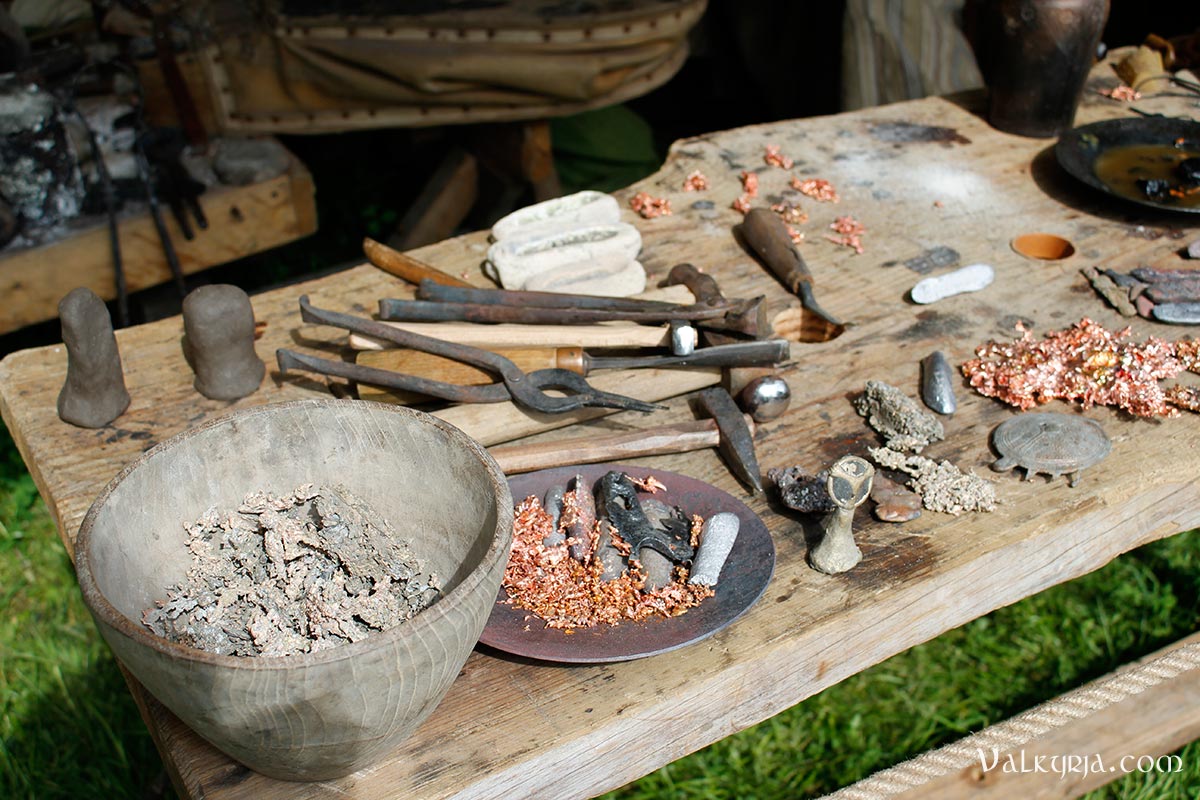
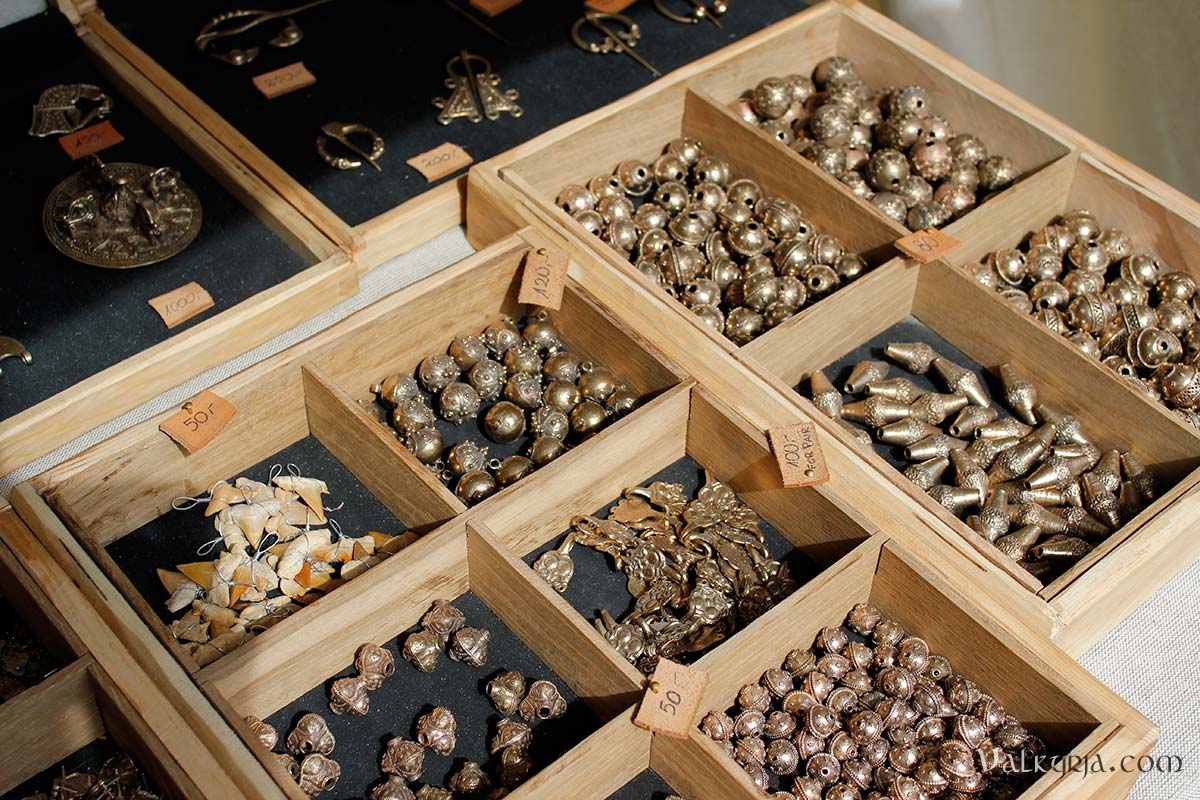
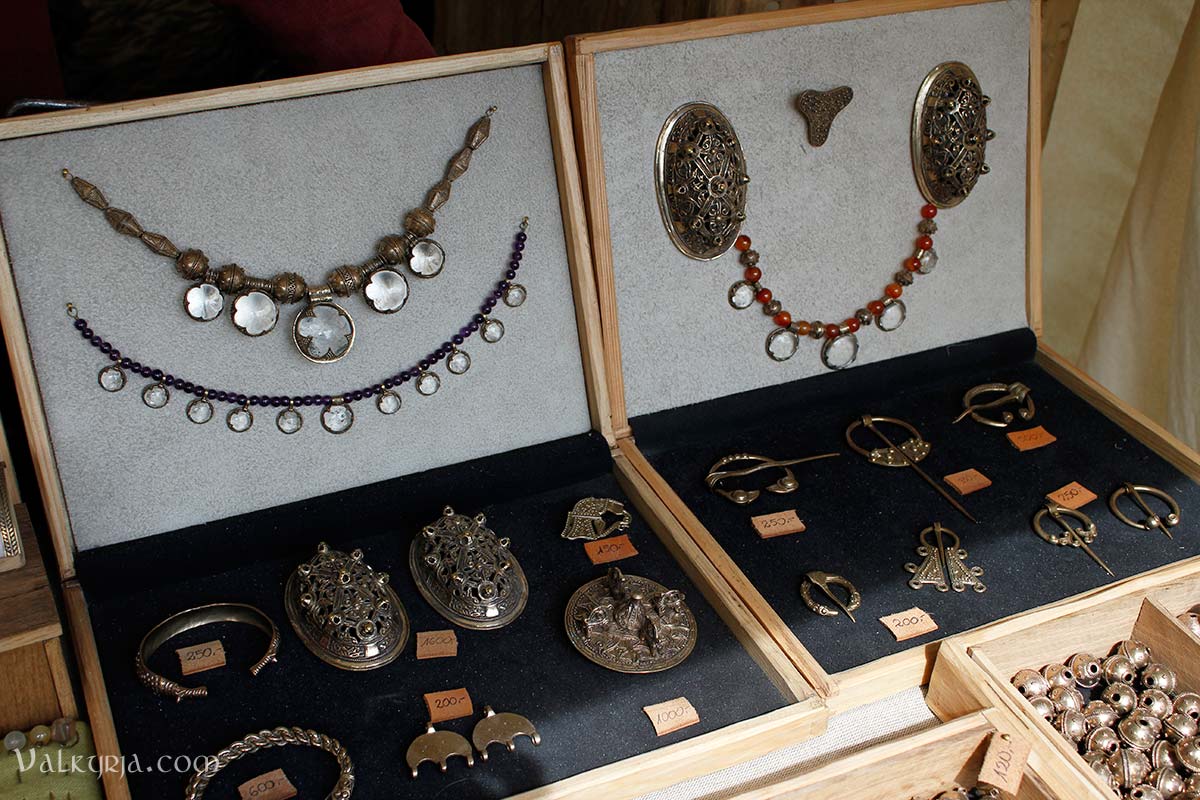
The Kutscheras, or the past time family :) 

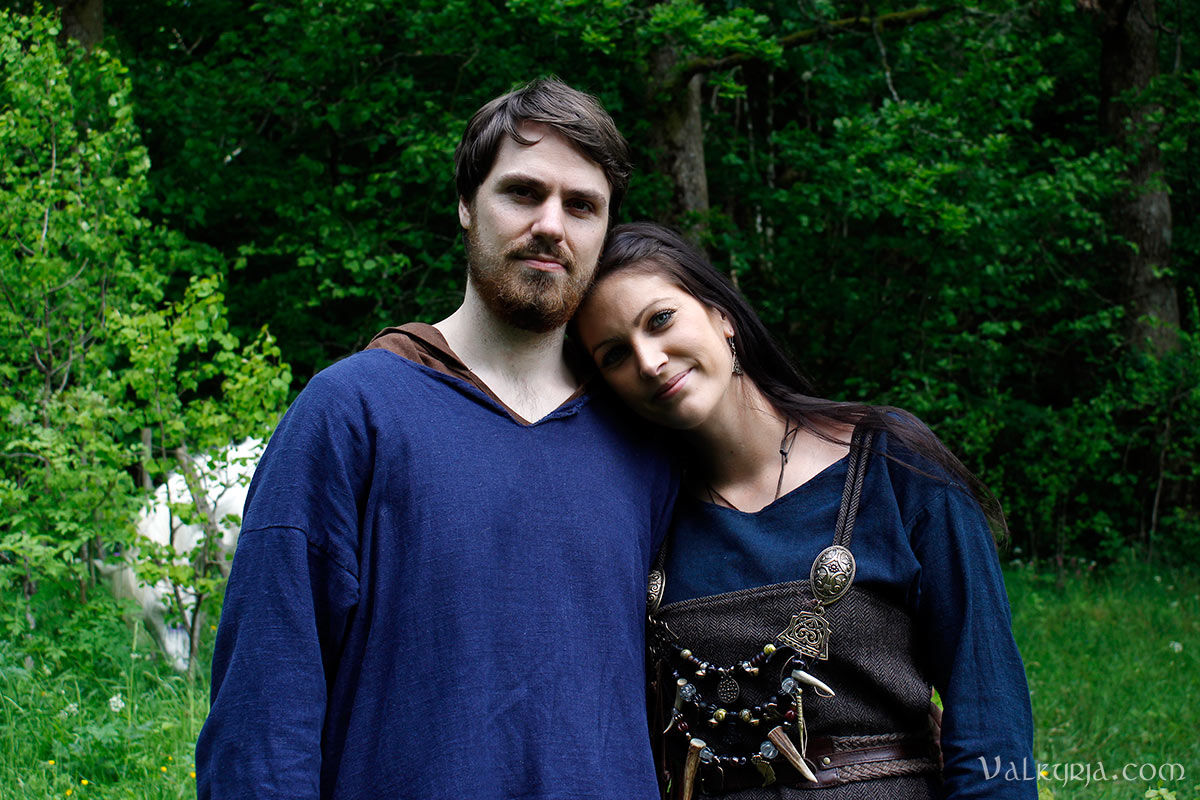
Having a large drying-room in the basement came in handy when we came home late last night, and after a lot of carrying, washing and drying we could finally take a long shower and sink into the couch at home. I had a great weekend and I'm still feeling it; my hair still smells of bonfires, my muscles are sore, and my heart is happy. The Viking season is here! Next time we'll pack our sheepskins and sleeping bags we'll be heading south to Hafrsfjord, in two weeks' time. :) # Comments
A couple more weeks until my Viking summer begins, starting with beautiful Bjørgvin market here in my home town. I am in the last phase of my PhD which means that I will not be able to attend all the markets I would like to, but I have set aside time a few, including Bjørgvin, Hafrsfjord and a whole week in Gudvangen. I cannot wait for lazy days in the sun, eating breakfast outside, laying in the high grass and looking up at the waterfalls, dipping my toes in the sea, and dozing by the fire at night. I will leave modern life behind and forget about the city, to enjoy the blissful market life, with the smell of bonfires, live music, foods and market stands. Daydreaming... 



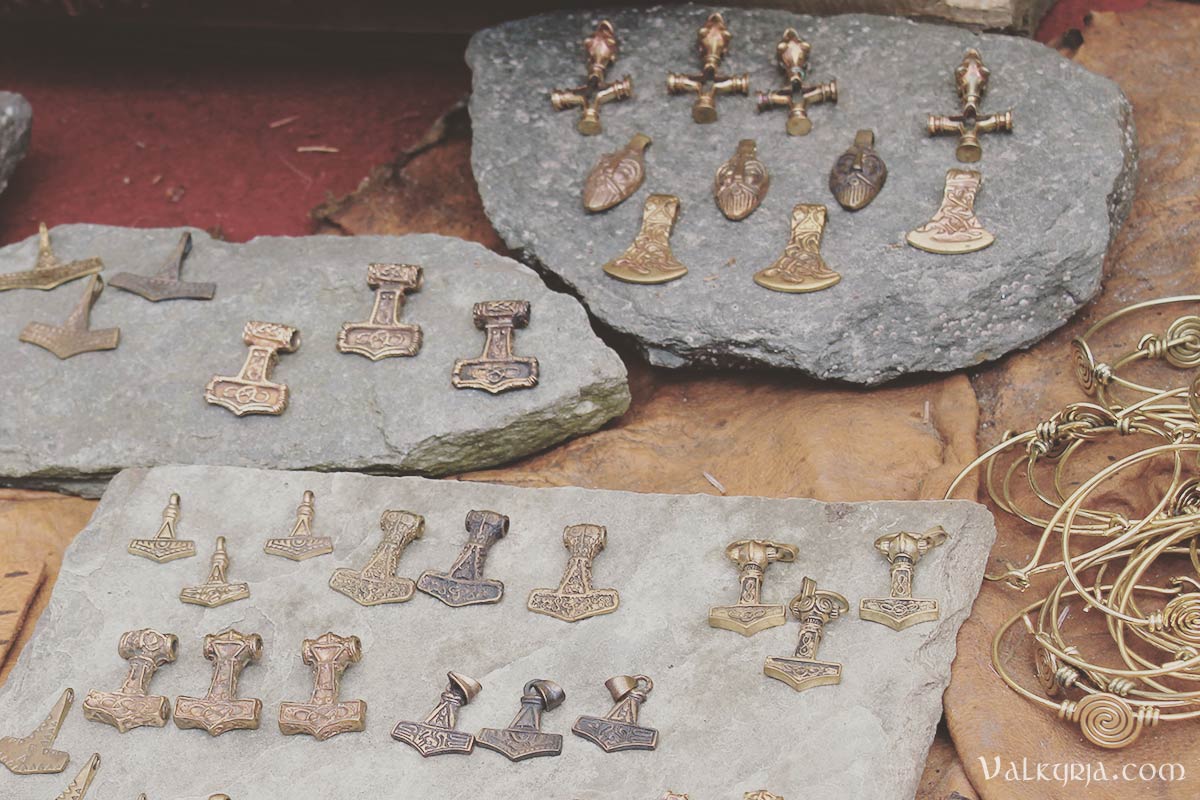
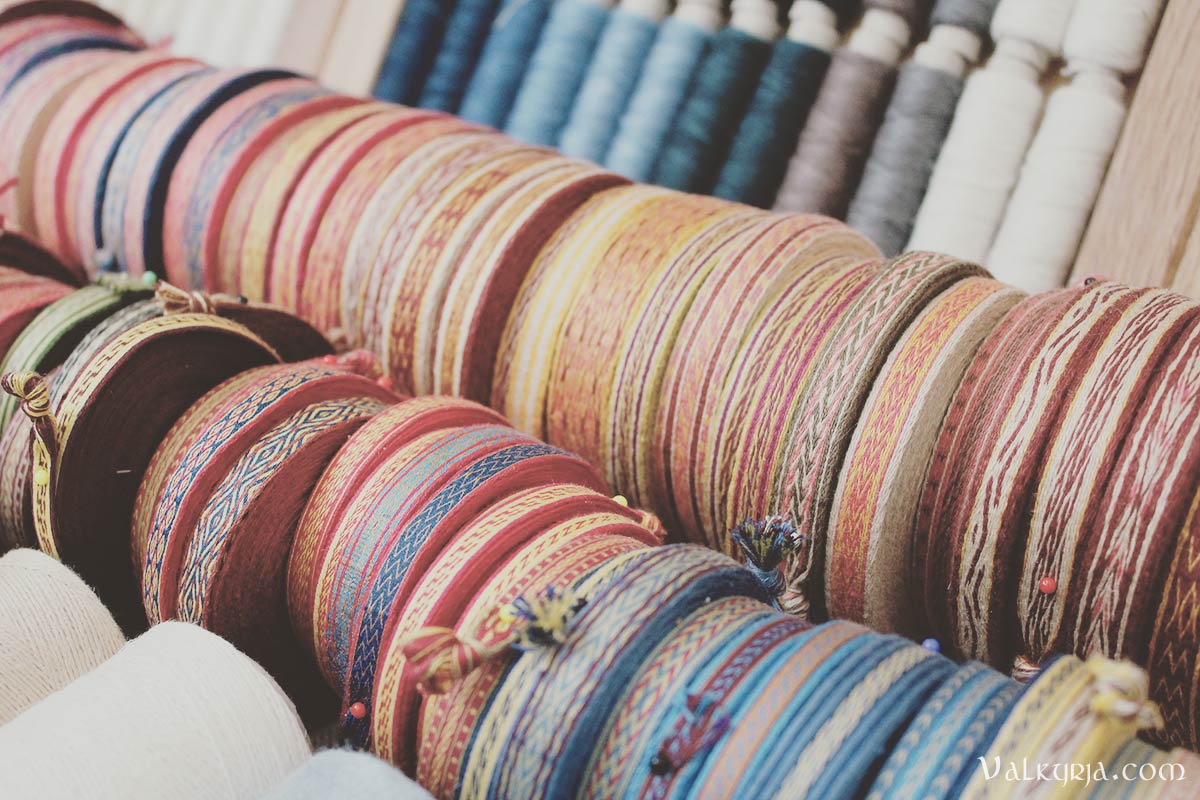
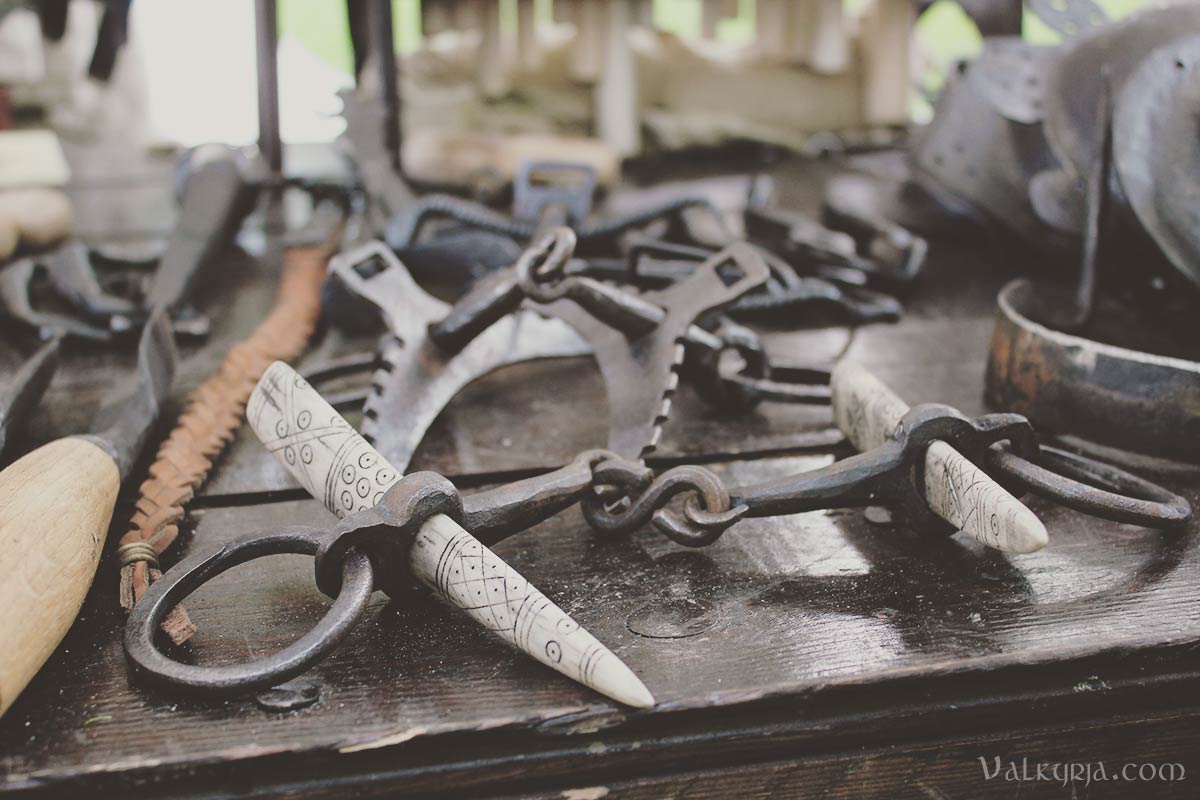


Check out my annual calendar of the Viking markets in Scandinavia for an overview of what's happening and where. # Comments
Þat hugsuðu þeir ok undruðust, hví þat myndi gegna, er jörðin ok dýrin ok fuglarnir höfðu saman eðli í sumum hlutum ok þó ólík at hætti. • They thought and pondered over, what it might mean, that the earth and the beasts and the birds all had the same nature in some ways, and yet were unlike in their manner of life. 
Þat var eitt eðli, að jörðin var grafin í hám fjalltindum ok spratt þar vatn upp, ok þurfti þar eigi lengra at grafa til vatns en í djúpum dölum. Svá er ok dýr ok fuglar, at jafnlangt er til blóðs í höfði ok fótum. • For one, the earth was carved into mighty mountain peaks where water gushed out, and one needed not dig further for water there than they would in the deep valleys. So it is also with the beasts and the birds, their blood lies equally deep in head as in foot. 
Önnur náttúra er sú jarðar, at á hverju ári vex á jörðinni gras ok blóm, ok á sama ári fellr þat allt ok fölnar, svá ok dýr ok fuglar, at vex hár ok fjaðrar ok fellr af á hverju ári. • The second nature of the earth is, that every year grass and flowers grow upon the earth, and in the same year it falls and withers. Hence it is with beasts and birds, that hair and feathers grow and fall each year. 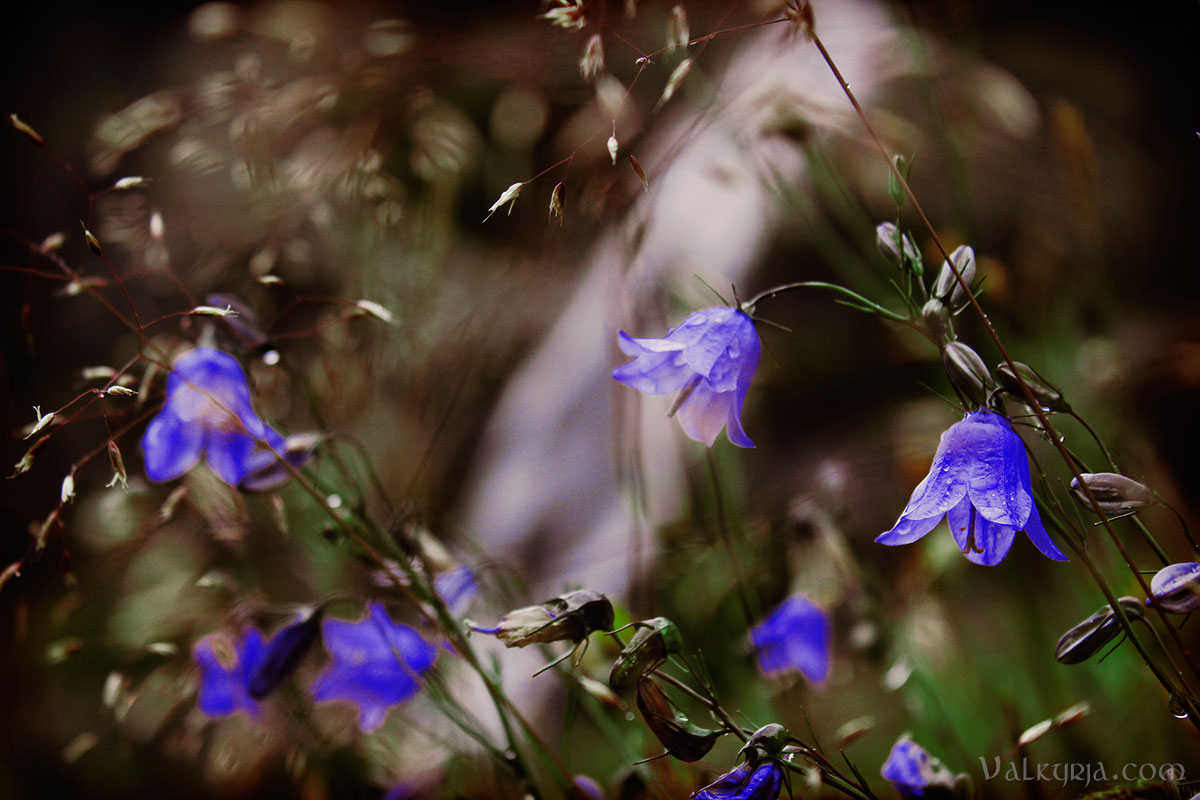
Þat er in þriðja náttúra jarðar, þá er hon er opnuð ok grafin, þá grær gras á þeiri moldu, er efst er á jörðinni. Björg ok steina þýddu þeir móti tönnum ok beinum kvikenda. • It is the third nature of the earth, that when opened and ploughed, the grass grows again on the soil which lies uppermost on the ground. Mountains and stones they viewed as the teeth and bones of living things. 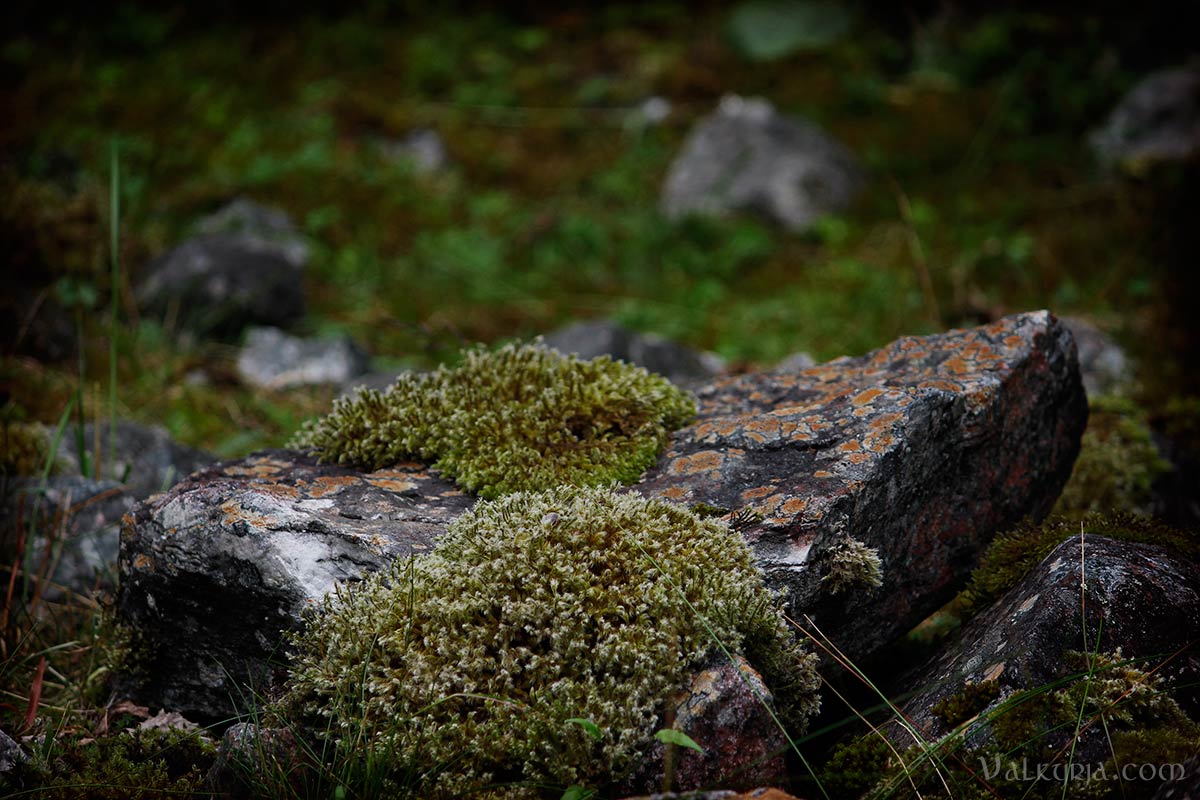
Af þessu skilðu þeir svá, at jörðunni væri kvik ok hefði líf með nökkurum hætti, ok vissu þeir, at hon furðuliga gömul at aldartali ok máttug í eðli. Hon fæddi öll kykvendi, ok hon eignaðist allt þat, er dó. • Thus they recognized, that the earth was alive in its own right, and they knew, that she was stupendously old in years and mighty in essence. She gave birth to all things living, and took back all that which died. 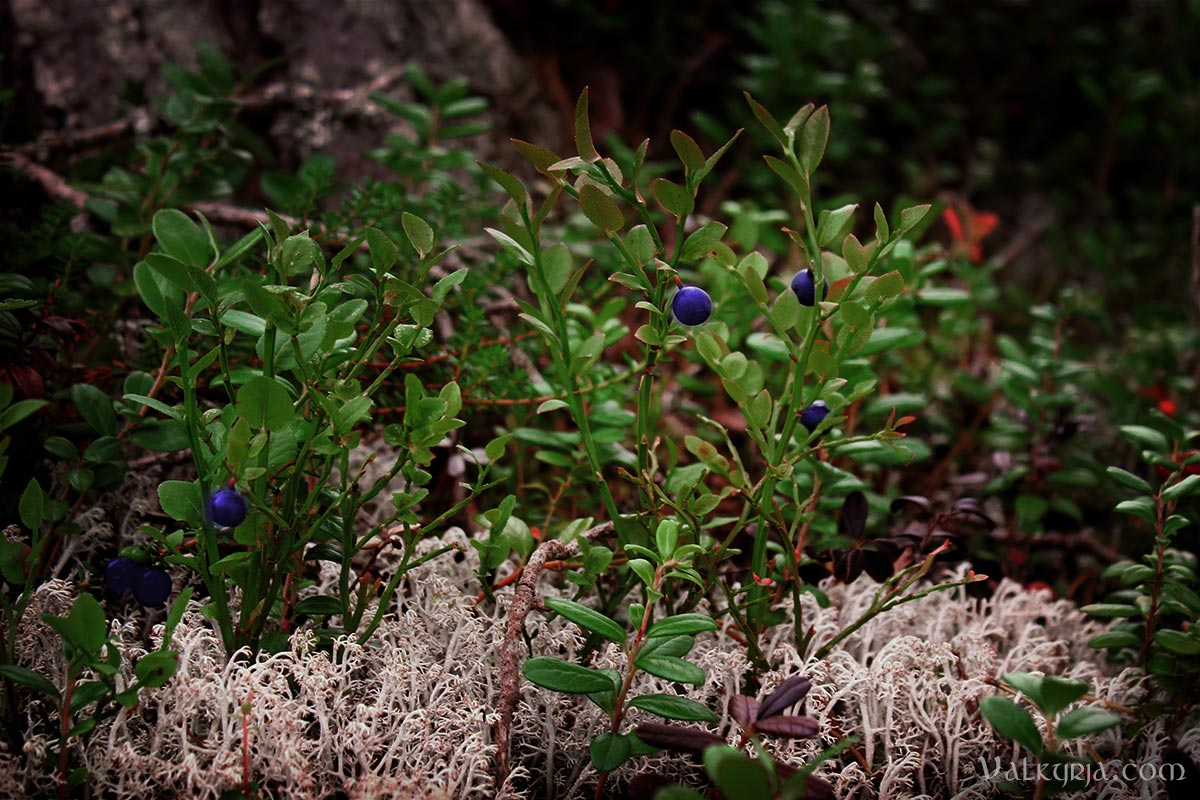
Fyrir þá sök gáfu þeir henni nafn ok tölðu ætt sína til hennar. • Thereby they named her, and counted their descent back to her. 
Þat sama spurðu þeir af gömlum frændum sínum, at síðan er talið váru mörg hundruð vetra, þá var in sama jörð ok sól ok himintungl, en gangr himintunglanna var ójafn. Áttu sum lengra gang, en sum skemmra. • They learned from their ancestors that many hundreds of winters has been counted on the same earth under the same sun and moon, but that the course of the moons was uneven. While some had a longer course, others journeyed shorter. 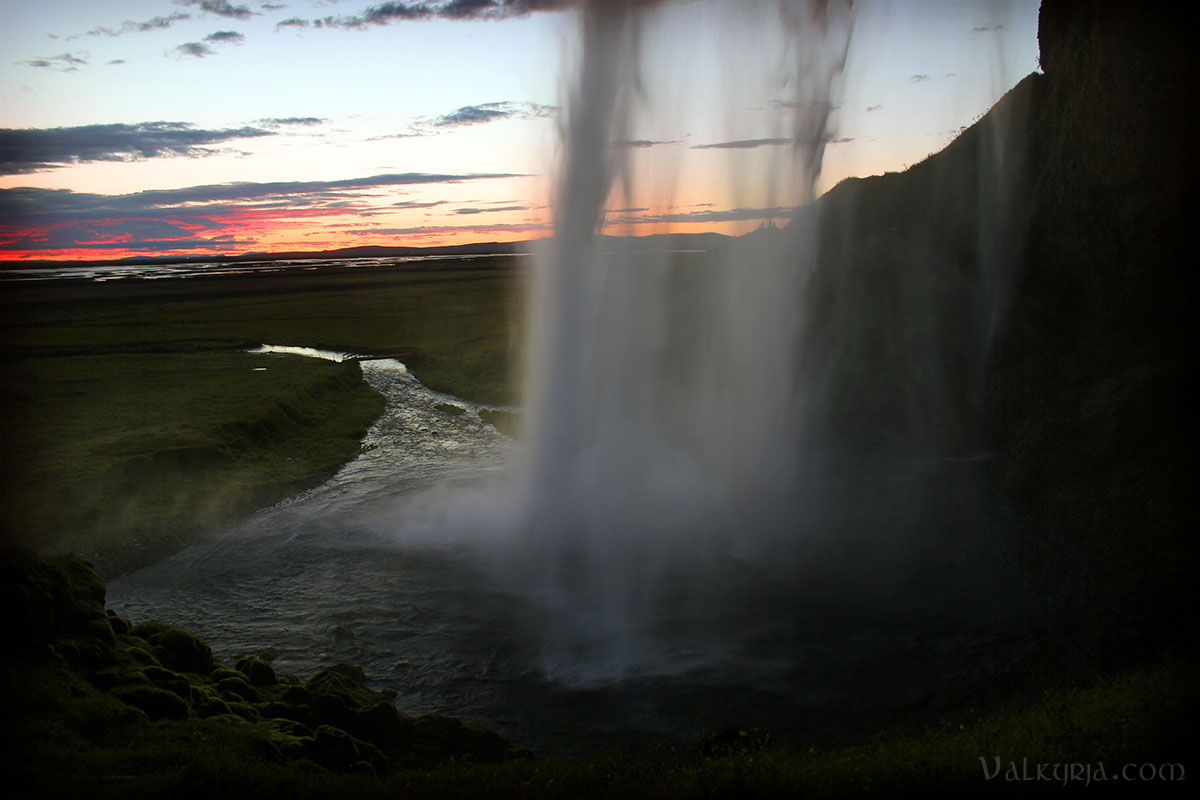
Excerpt from the prologue in the Younger Edda, Snorri Sturluson, approx. 1220. Music: Nytt Land - The Last War Photography: Valkyrja.com # Comments
Today, one moon phase after the spring equinox, is the first summer day, according to the old Icelandic calendar! As a Viking age enthusiast with likeminded friends, I will occasionally post photos of our celebrations marking the various seasons. Some of you have written to ask me about them (and that sounds like a blog post to me). ^^ Let me tell you what I know about the four main feasts that were celebrated by our forefathers! 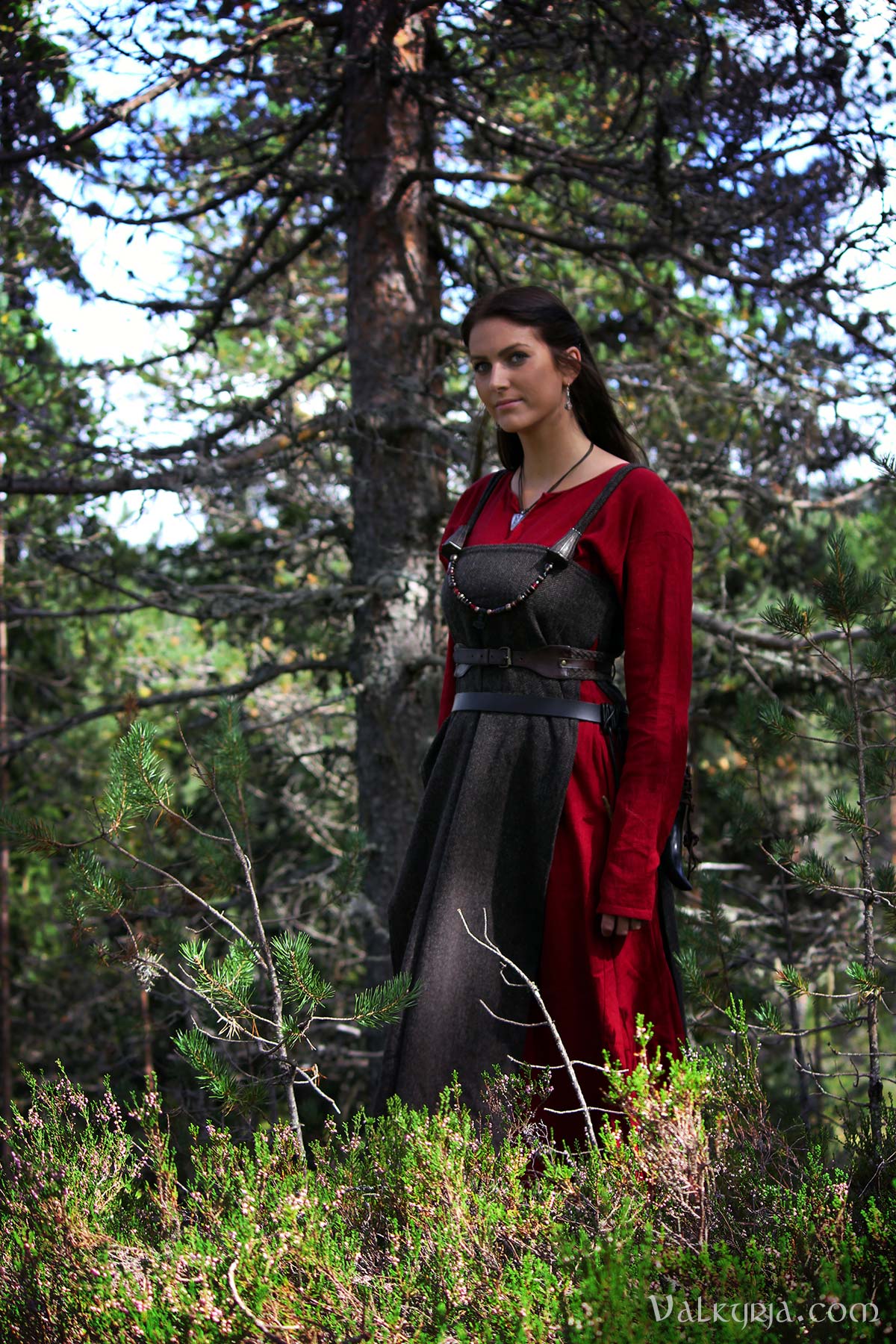
The Norse calendar divided the year into two halves, the summer and the winter season, each holding six of the old months. Meanwhile, each of the four quarters of the year were times of celebration and sacrificial feasts (or in Old Norse, blóts). The months of the Viking Age are believed to have been lunar months, lasting from new moon to new moon, meaning that dates would not be exact, but vary somewhat from year to year. According to the interpretations of Nordberg (2006), the celebrations would have been held at or around the first full moon following the first new moon after the solstices/equinoxes. Based on that, the date for each blót on any given year can be determined using this method:
Sumarmál (coming of summer) 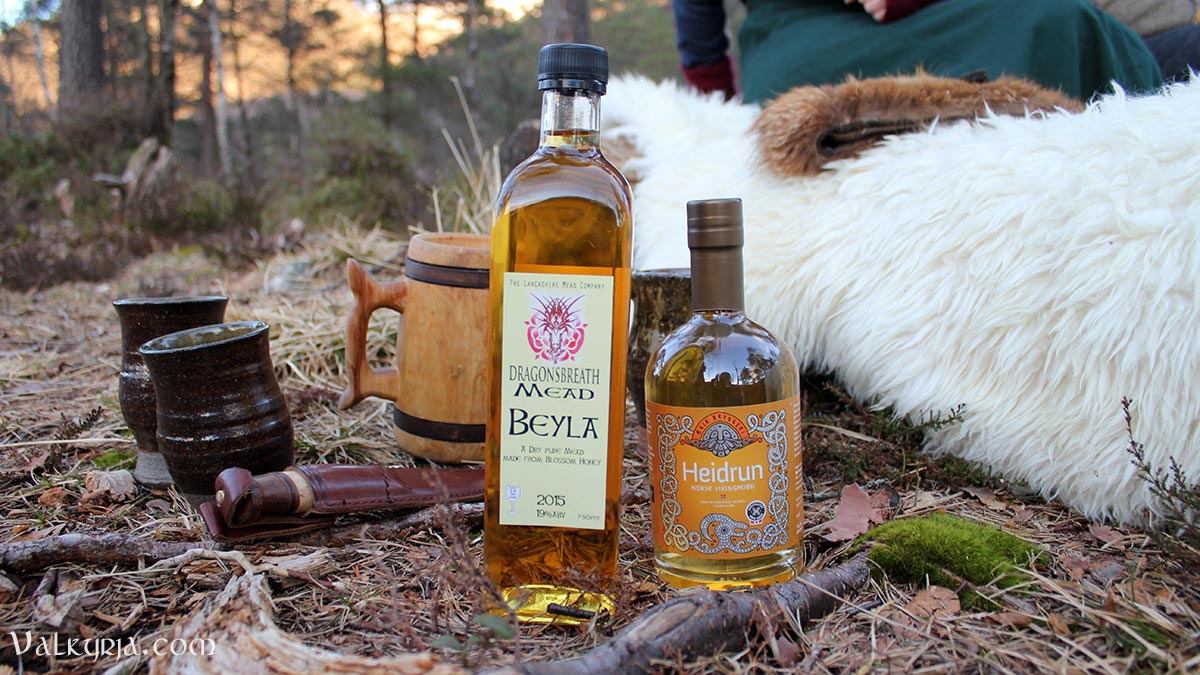
Sumarmál marks the last days of the winter half-year, or in the days around the first day of the summer month "Harpa", which we would be entering today. Oh joy, the winter has passed, and easier times are ahead! The hens are laying eggs once again, and the ewes are giving birth to their lambs. Daylight and warmth has moved everyday life outside the house, and calls for changes in work and chores to be done around the farm. The summer was also the time for travel, trading and raids, and as stated in Ynglingasaga, it was held toward summer, for victory ("sigr"). Focusing on victory in battle, some hold the sumarmál celebration to have been held in honor of Óðinn. Others, like the Ásatru community in Iceland, point to the wider meaning of the old Norse word and celebrate victory in another sense, honoring Freyja and Frey, for the defeat of winter, for life, fertility and growth. Miðsumar (midsummer) 
The Midsummer celebration is poorly documented in historical sources, and some leave it out when counting the main blóts of the year. There is however reason to believe that a celebration took place at this time. Snorri Sturlusson mentions a midsummer blót in the Saga of Óláfr Tryggvason, and the manuscript Ágrip from approx. 1150, further mentions the midsummer celebration was replaced with Saint John's Eve during the Christianization. Midsummer was also the time of several big happenings such as the Þing (parliamentary assembly) in the Scandinavian countries, which may have coincided with religious feasts. Vetrarnætr (winter nights) 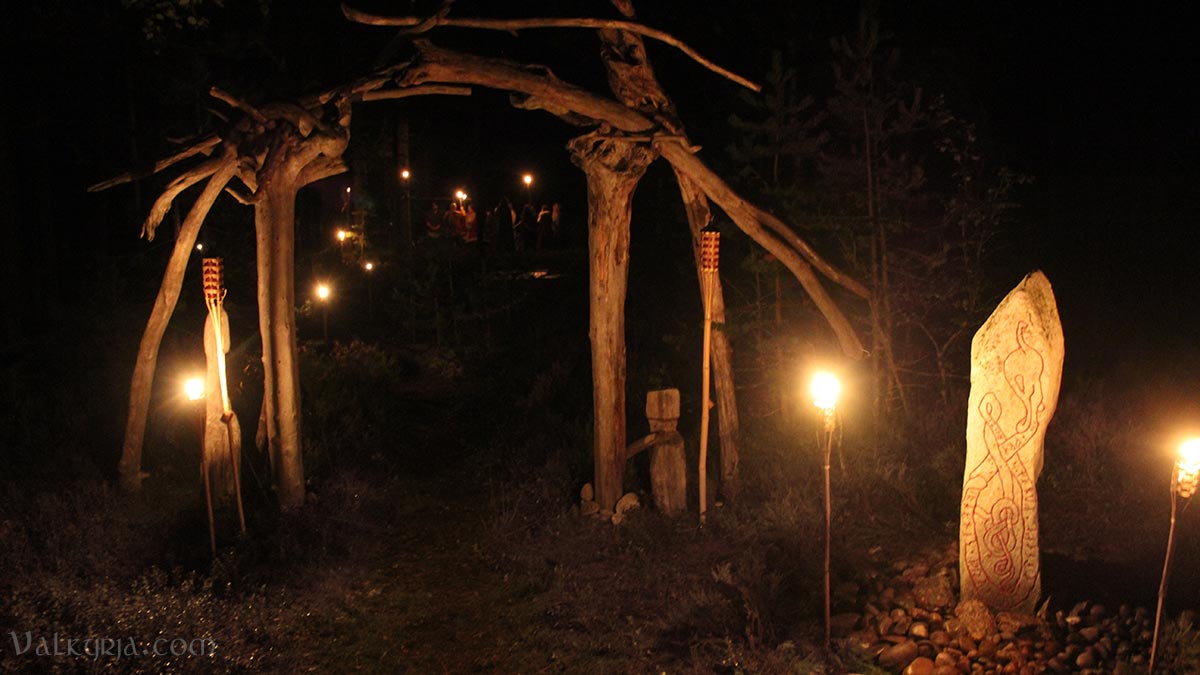
Come fall and the end of the summer half-year, the old calendar enters winter nights which mark the start of the winter season. The winter nights is the most thoroughly documented celebration in the literature. As described in a previous blogpost about the first winter month Gormánuðr, this was the time for slaughtering, salting, smoking and otherwise preparing foods for the winter, and Ynglingasaga states that this was a celebration for a good harvest. Several sources, including Víga-Glúms saga and Egils saga discuss the Dísablót (blót for the "Dísir", female dieties), which found place at the same time, and may have been a similar and coinciding celebration, or simply be a different term for the same blót. The sources describe the celebration as a grand feast and gathering of friends. Although sources differ on when the new year commenced during the Viking Age, many have claimed that the winter nights was the entry to the new year, and it is also believed to have been a popular time for weddings. Miðvetr (midwinter) 
Midwinter was the time for the Old Norse Yule celebration. In the Saga Hákonar góða describes how the celebration would start with hökunótt (midwinter night) around mid-January, and was held for three nights. Being halfway between the first day of winter and the first day of summer, Yule was a celebration of the passing of winter and a blót for growth and a good and bounteous year. There were firmly established traditions regarding the brewing and consumption of Yule ale, and toasts were made in honor of the deities as well as for friends and family that had passed away. The celebration was later moved to conform to Christianity, which would override many of the heathen practices and blóts discussed above. Nevertheless, some things have remained, such as the fact that Scandinavians still refer to midtwinter as Jól/Yule (rather than Kristmesse/Christmas), along with the consumption of Yule-ale and traditional foods. Do you celebrate the seasons and the turning of the wheel of the year? 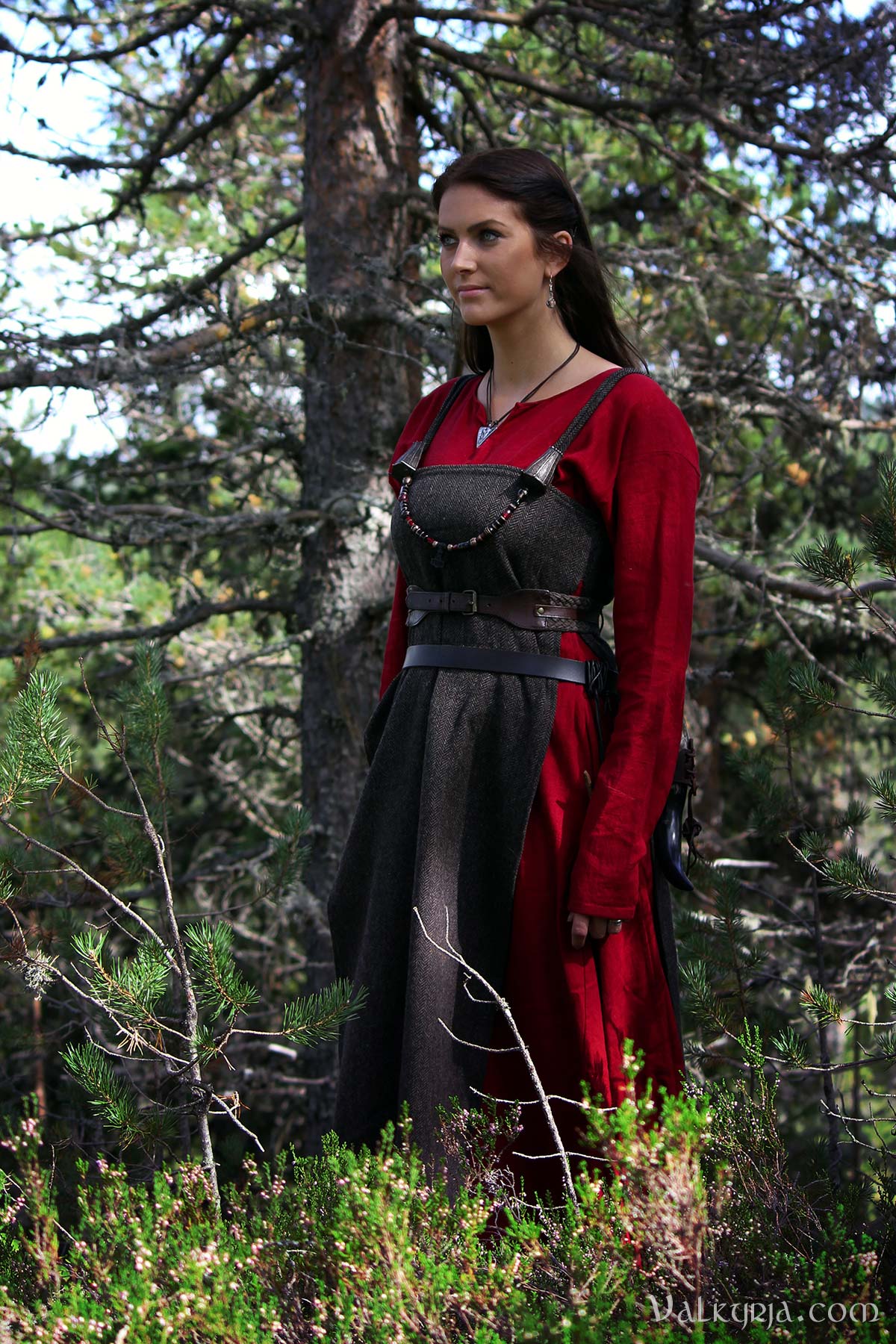
Photography: Valkyrja.com # Comments
Haven't had the chance to blog in way too long! This afternoon, however, I took the time to cook properly and decided it had to be shared here. :-) 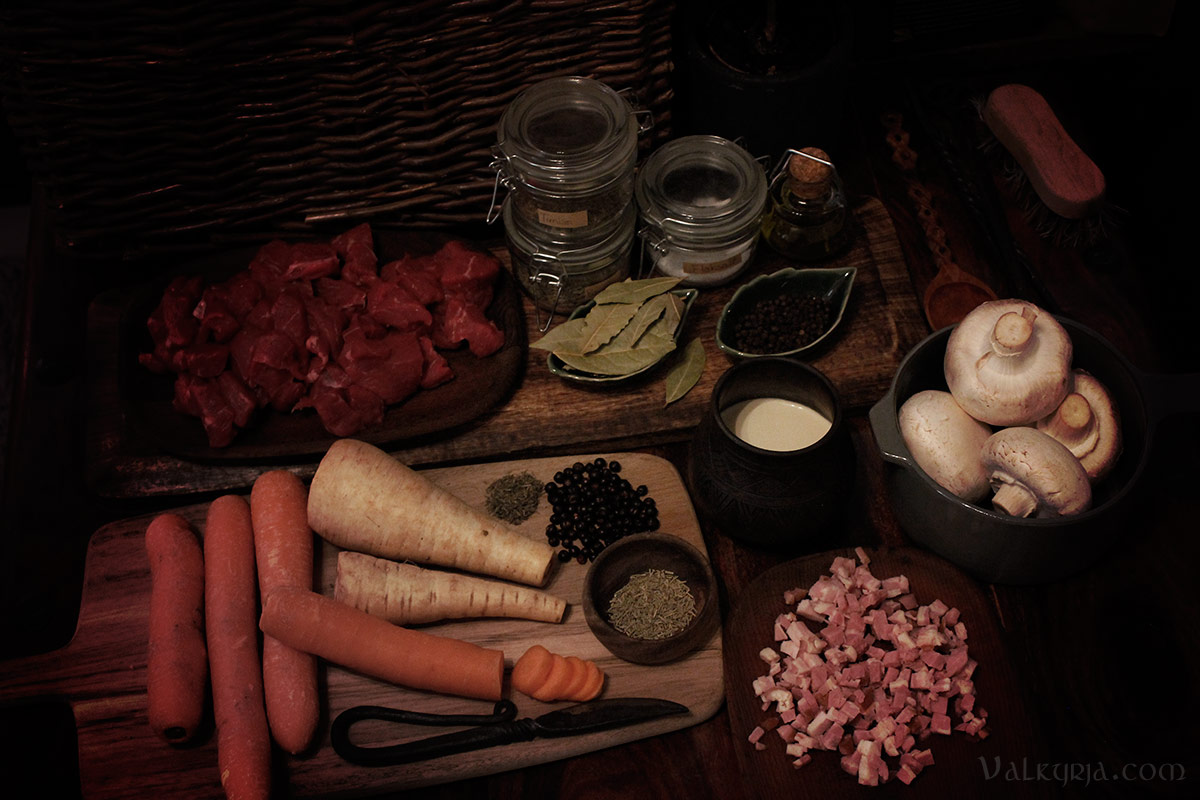
I call the Samdal stew, because the recipe is from my friends who live there (and who feed me with all kinds of delicious gastronomy during my visits). I love rustic foods like this, simple organic ingredients put together to create a natural and hearty meal! Ingredients: - about 500 g of diced moose/deer meat - butter - 1 tsp salt - 1/2 tsp pepper - 3 bay leaves - 15 juniper berries, crushed - 2 tsp dried thyme - 4 carrots, chopped - 4 parsnips, chopped - 2 dl water - 2 dl sour cream / cream (or use both like I did) Directions: Cook the meat gently in butter and then put all the ingredients in a casserole. Bring it to a boil and then let it all simmer for as long as necessary for the meat to be cooked through and the vegetables soft. Serve with brussels sprouts and lingon berry. Oh, and I added some diced bacon and mushrooms to the recipe (because well, bacon and mushroom are two of my favourite things). ^^ 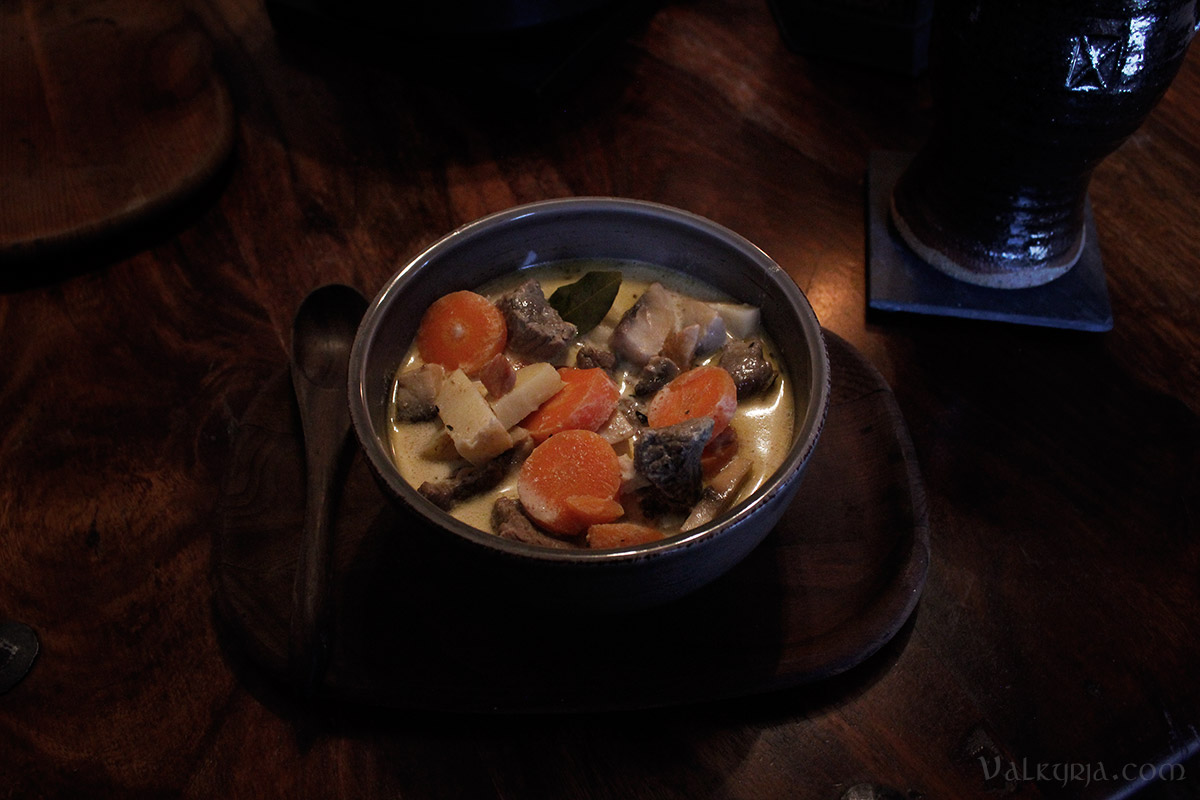
Music: Cecair - Atiny Naya # Comments



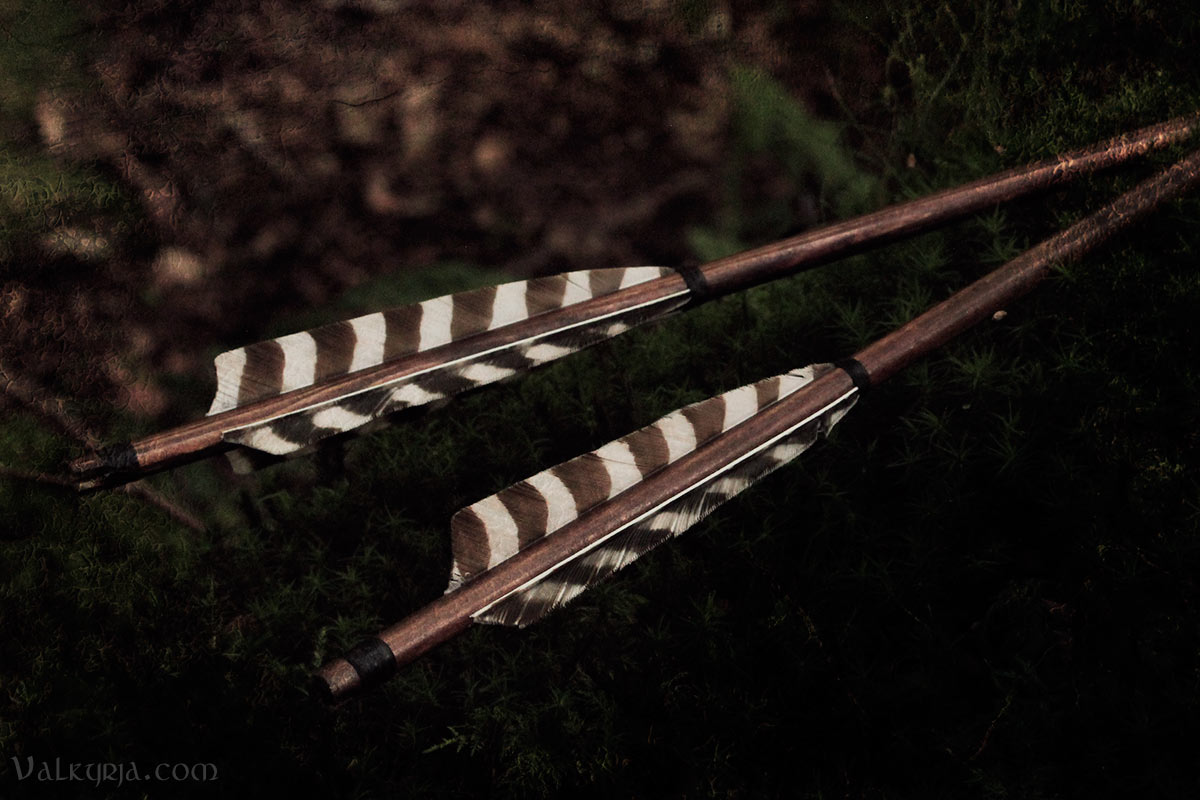

My green wooolen hood is based on an archeologic find in a bog near Skjoldehamn in Northern Norway, dated to approx. year 1050-1090. Designed by Klesarven. (Ps: the color appears darker in my photos, it is more of a pear green in reality) Text: Excerpts from Rígsþula Photography and editing: Valkyrja.com Music: Wardruna - IngwaR # Comments
Last weekend was truly wonderful. We went back to the lovely dale of our friends Silje and LC, and curled up for a Lord of the Rings-marathon, with lovely meals and snacks (including shepherd's pie, and lembas-bread baked by Silje), mead and ale, and with a nice fire going beside us throughout the night. Though the snow had gone, the weather was clear and cold outside, and Sunday morning we went out on the lake for ice skating. I used to skate a lot as a child, but it has been many years since I last wore skates, and I was rather wobbly out there, though I got the hang of it after a while. Christian was however fearless (shameless), skating around me in circles, though this was only his second time on the ice. ^^ 








I dressed up in my new bright blue Viking dress from Klesarven ("Viking Heritage"). I recently started a collaboration with Lene Lorentzen, Norwegian fashion designer and history enthusiast, who makes timeless and environment friendly clothing inspired by the Viking Age. Although I have sown the most of my Viking clothes myself, this suits me perfectly as I do not always have the time available to produce new pieces for the season, and 2017 is a busy year for me workwise. I also know that a lot of you have been looking and asking about where you can find quality historical gear, so there you go! This dress is 100 % linen, with underarm gussets and gores on the sides, designed based on fragments found in Birka, Sweden. 

Music: Helene Bøkslie - Ylva # Comments
We are now in the month of Þorri, the fourth of the old winter months. I am beginning to long for spring, for thawing ice and lighter clothes, for sitting by the bay listening to rippling waves, for the Viking markets to start, the birds coming back, and for the thimbleweed to grow. Meanwhile, I am thankful for blankets, candles, music and tea (and for my macbook, allowing me to spend late nights looking through my old photography and putting together collages)... ^^
Photography: Valkyrja.com Music is by friend and artist Kai Uwe Faust, from the amazing project Heilung. # Comments
During the Viking Age, people celebrated four main sacrificial feasts or blóts of the year. The large Midwinter or Yule celebration, the Miðsvetrarblót, is believed to have been held in what is now mid-late January, marking one of the quarters in the Old Norse calendar, mid the first day of winter and the first day of summer. The feast was held for the passing of winter and for a good and bountiful year, and ceremonial toasts were made in honor of the Æsir and for friends and kin that had passed away. Haakon the Good later moved the heathen celebration to December 25th in order for it to coincide with the Christian celebration elsewhere in Europe, which would override the heathen practices. Some of us who are particularly fond of the old ways and our cultural history do however still meet up to celebrate the old Midwinter, in our case in the forests of Western-Norway, where we light a fire, feast and drink together with the best of friends! 
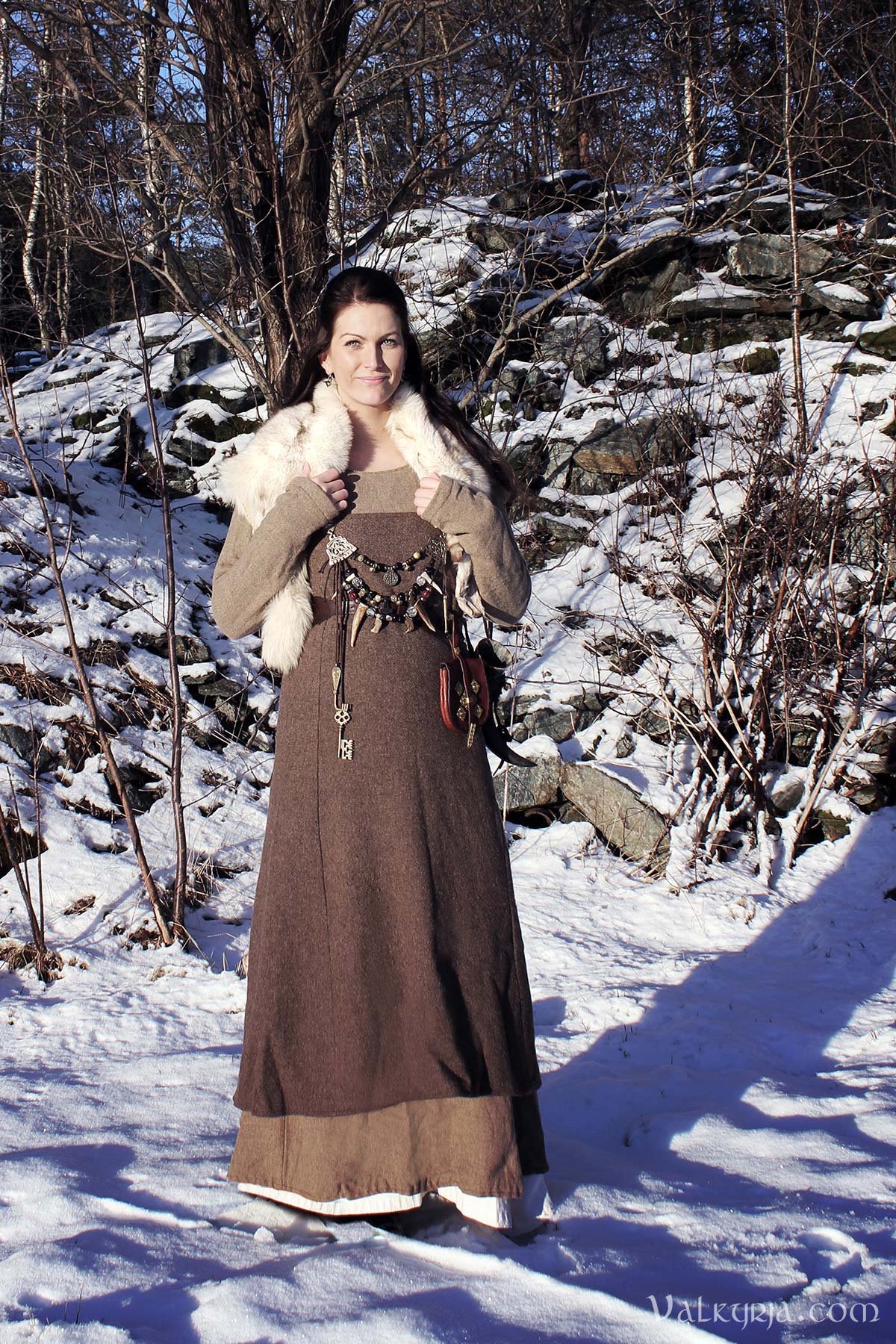



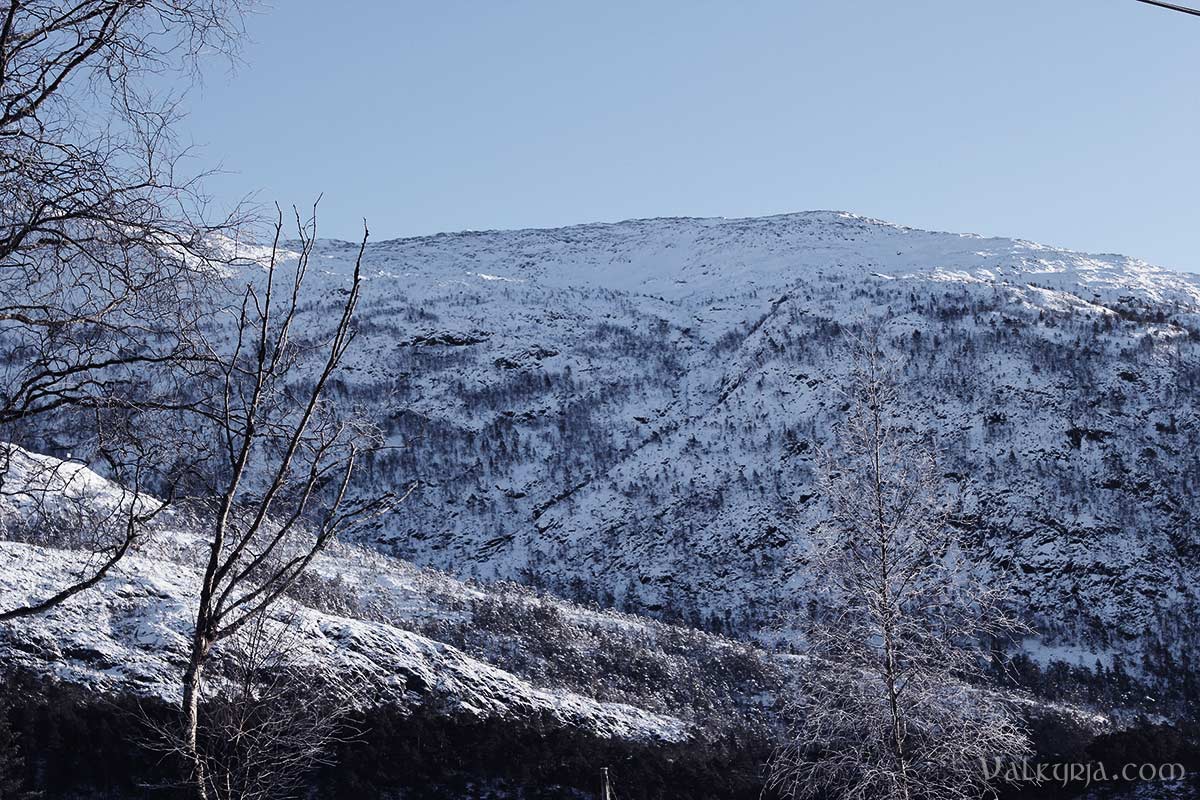







Mead with ginger and raspberry, brewed by my friend Bjørn. 
The forest is pitch black at this time of year, although there was almost a full moon and the stars shone bright far up above the treetops. The temperatures were well below zero in the forest, and as usual we stayed until we had burnt up all our firewood and walked back to civilization to enjoy a warm midnight meal inside. Behold—Silje and LC's delicious organic moose stew, with lots of yummy vegetables, sour cream, lingonberry and bay laurel leaves. Perfect for thawing frozen Vikings, and filling up hungry bellies! 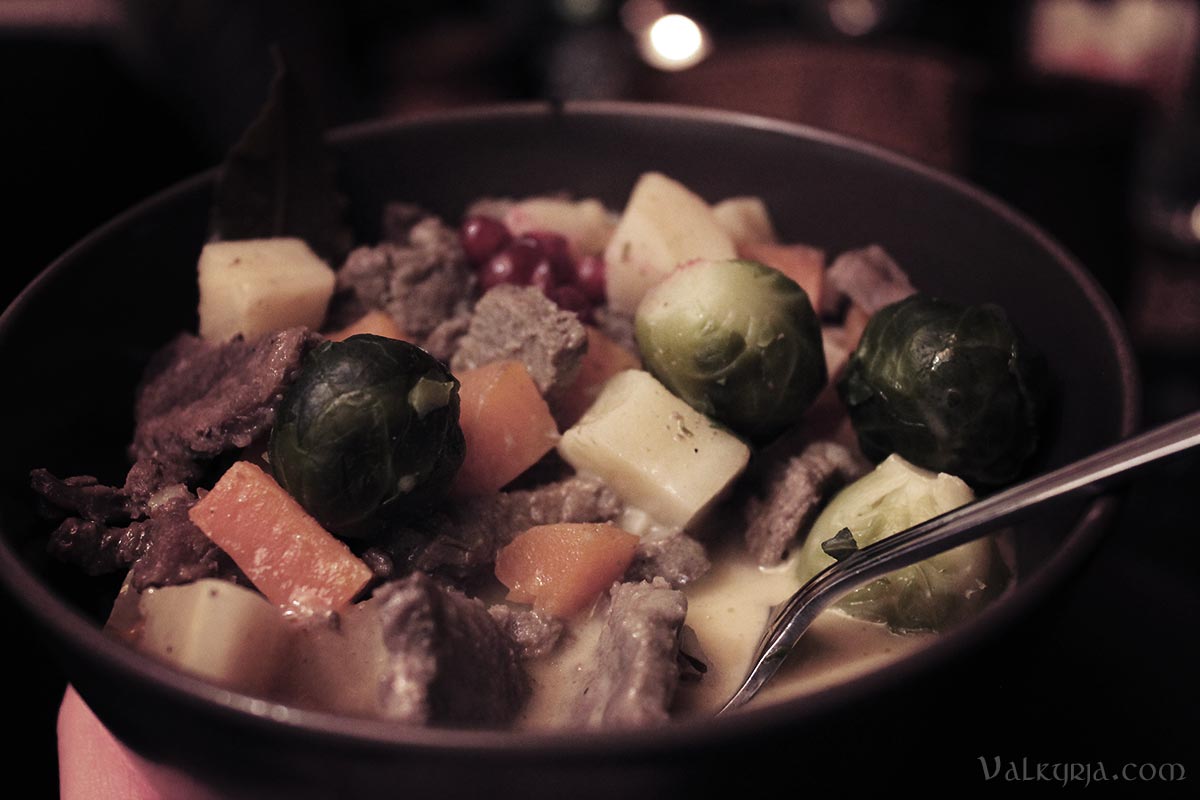
Music: Gjallarhorn - O-Vals # Comments
A new year is here, and for us history enthusiasts and reenactors that means a new season of adventures will soon be upon us! Friends from all over the world will meet again under summer skies and gather around campfires to talk about the year that has passed, as well as those that passed long ago, in the culture and history we love so much. 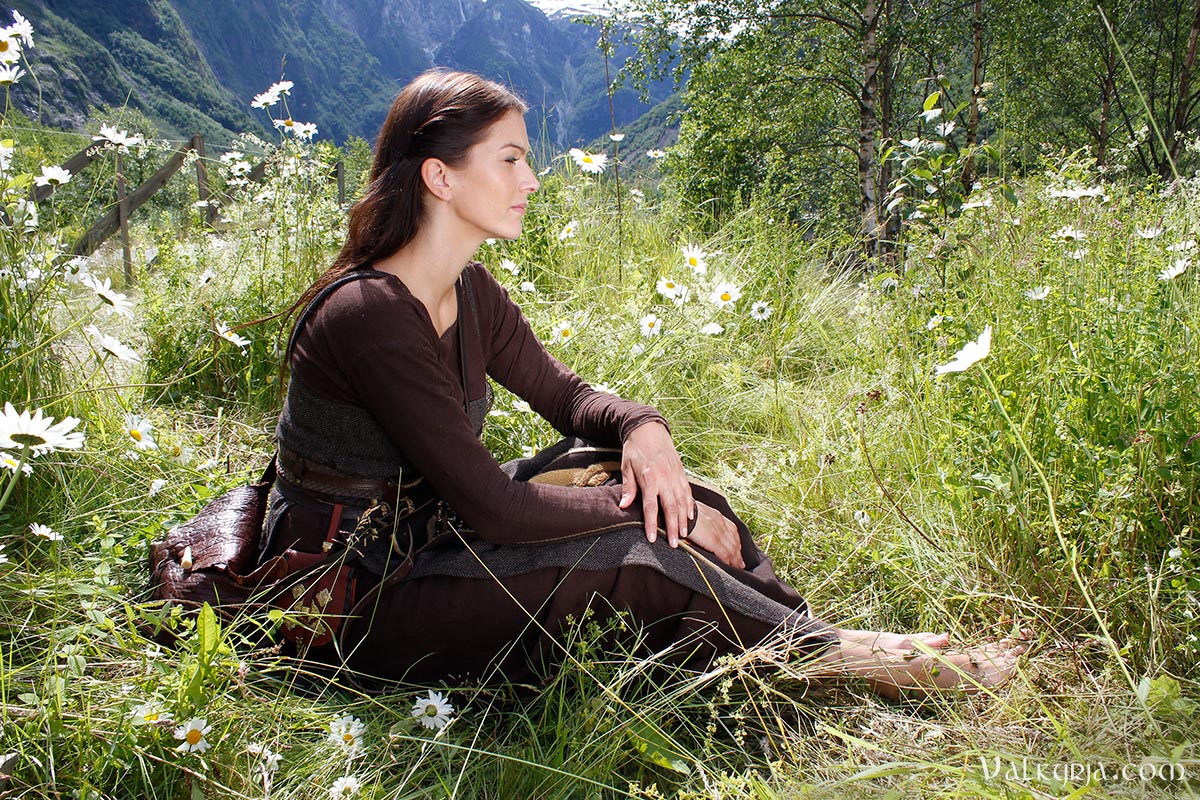
That also means that it's time for my annual overview of Viking and Medieval events in Scandinavia! Each event is provided with a link for more information. Many dates have not been set yet (TBA), so this list will be updated continuously. Some markets are biennial and will not be arranged this year (N/A). If your market or event is not listed here, please let me know and it will be added. ^^
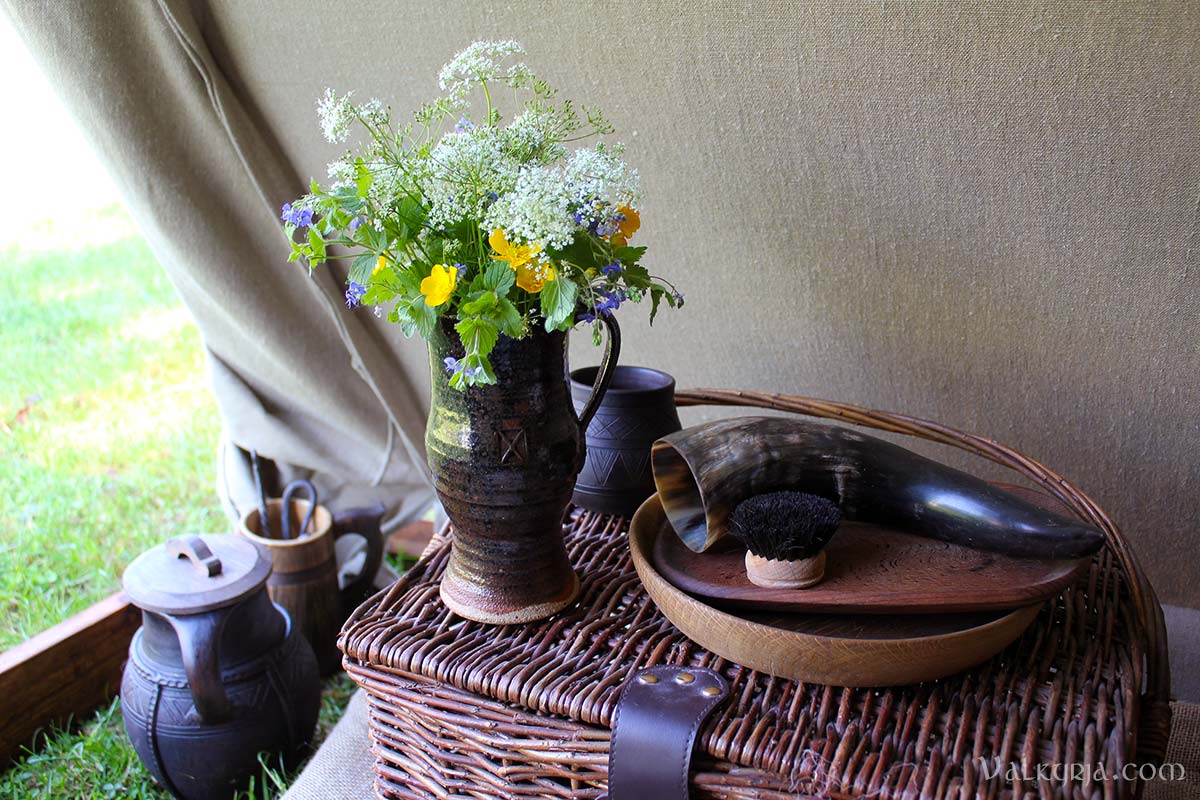
I hope to meet many of you this summer! Ps. Feel free to share this post (permalink) or its contents with credit to Valkyrja.com! *Copying source code and claiming credit yourself is however not nice. *cough* Music: Songleikr - Mann og mening # Comments |
 
|
|||||||||||||||||||||||||||||||||||||||||||||||||||||||||||||||||||||||||||||||||||||||||||||||||||||||||||||||||||||||||||||||||||||||||||||||||||||||||||||||||||||||||||||||||||||||||||||||||||||||||||||||||||||||||||||||||||||||||||||||||||||||||||||||||||||||||||||||||||||||||||||||||||||||||||||||||||||||||||||||||||||||||||||||||||
|
||||||||||||||||||||||||||||||||||||||||||||||||||||||||||||||||||||||||||||||||||||||||||||||||||||||||||||||||||||||||||||||||||||||||||||||||||||||||||||||||||||||||||||||||||||||||||||||||||||||||||||||||||||||||||||||||||||||||||||||||||||||||||||||||||||||||||||||||||||||||||||||||||||||||||||||||||||||||||||||||||||||||||||||||||||
